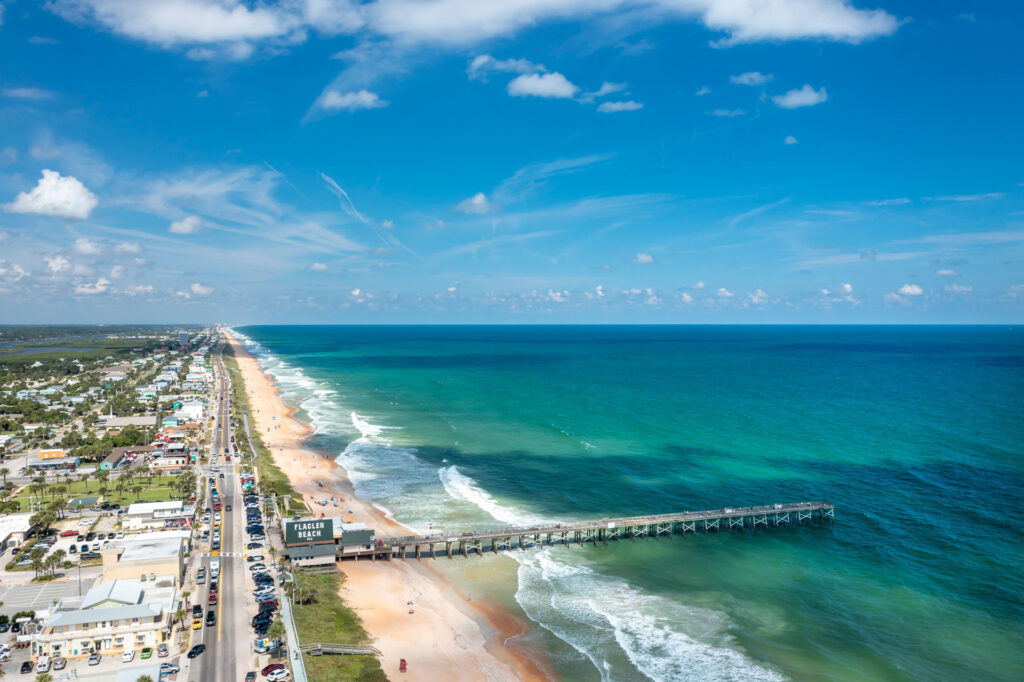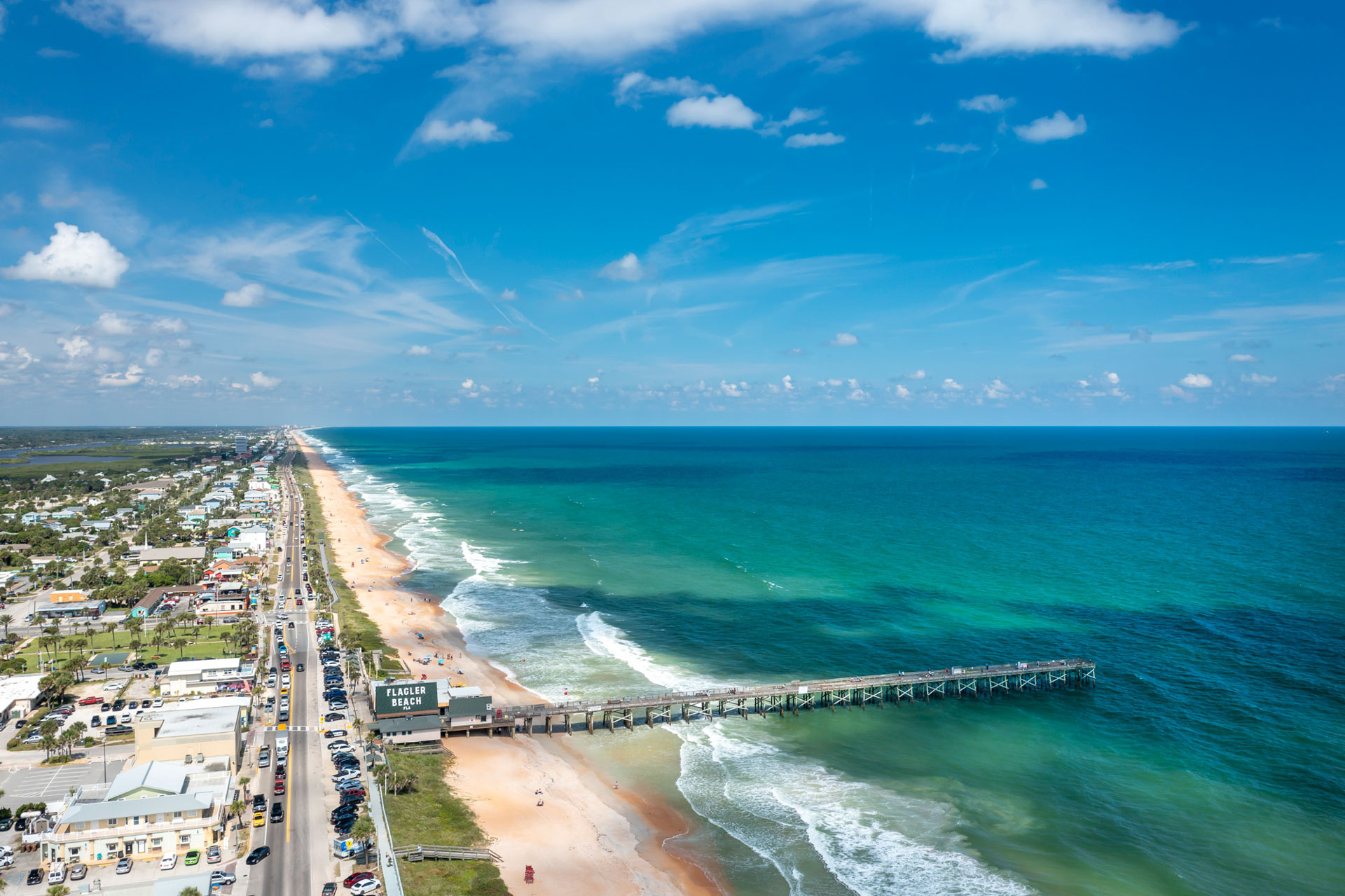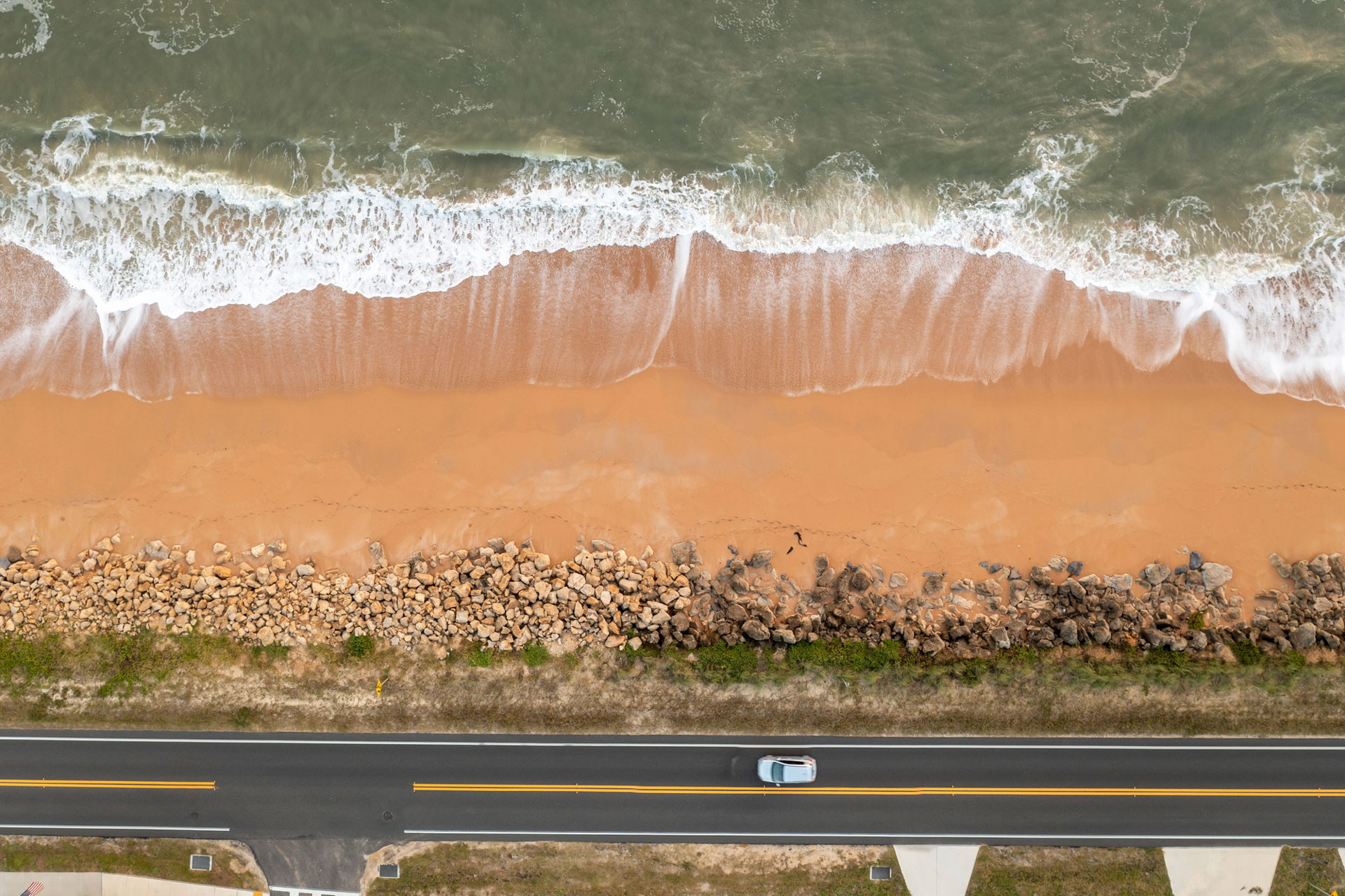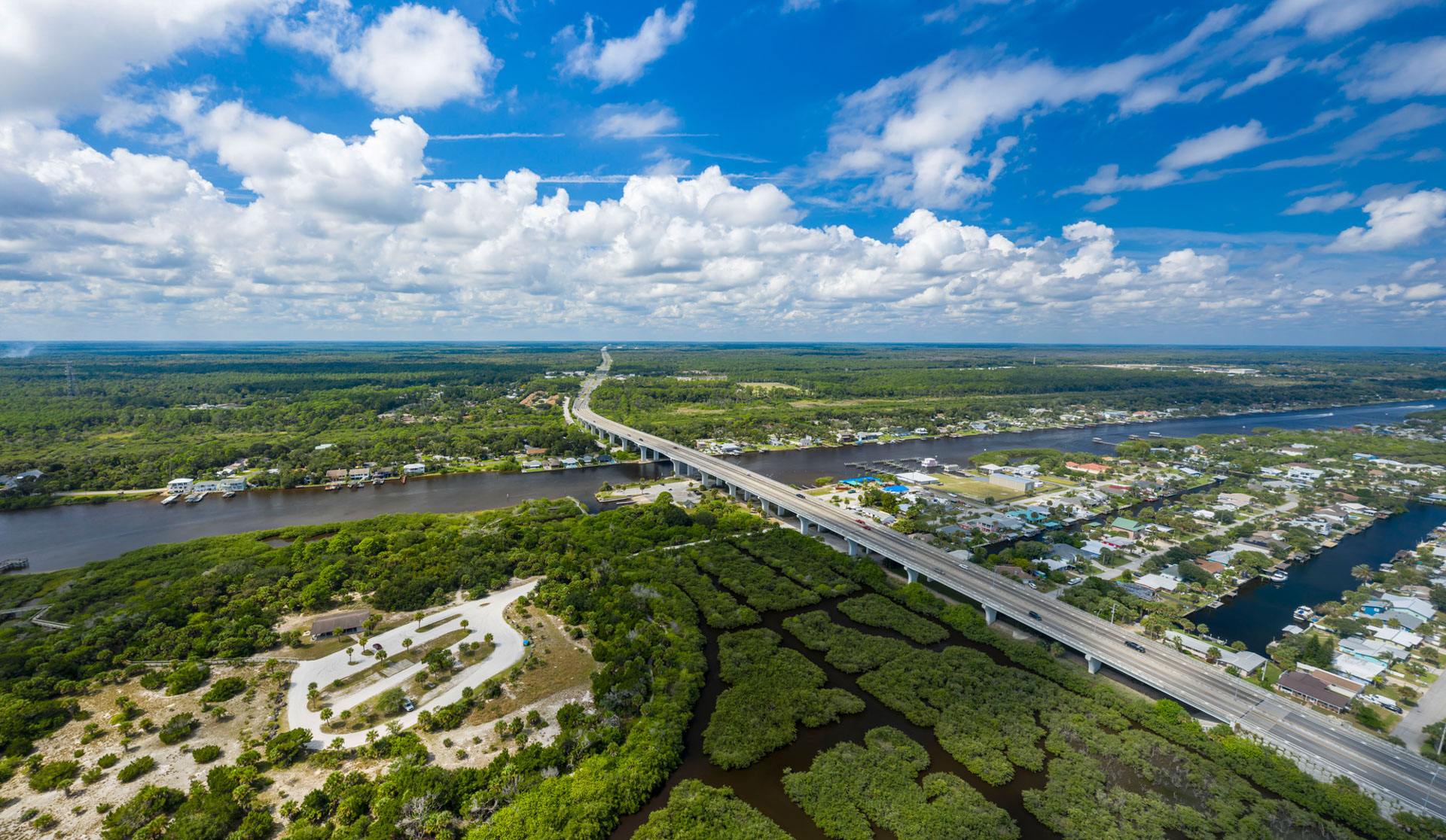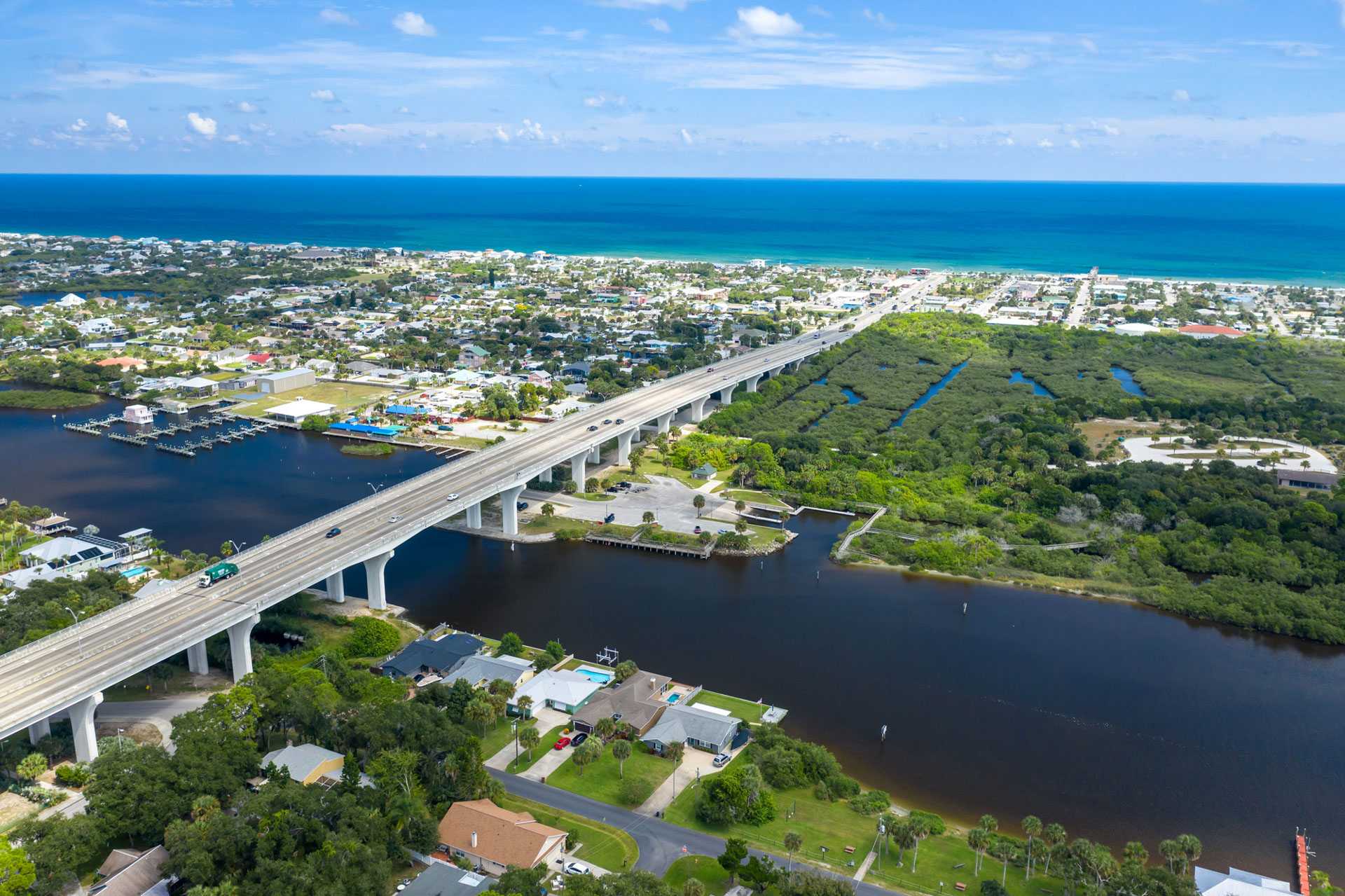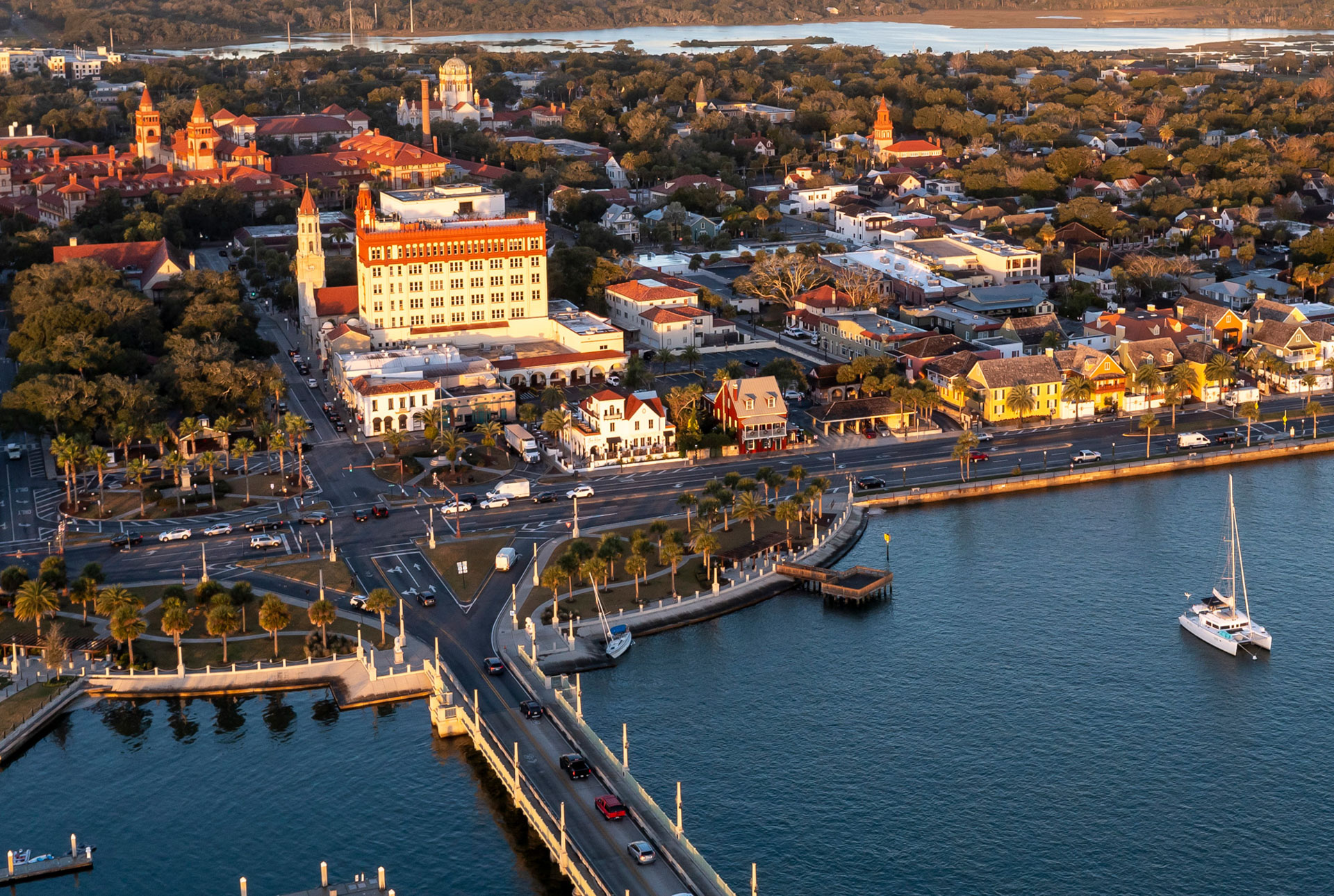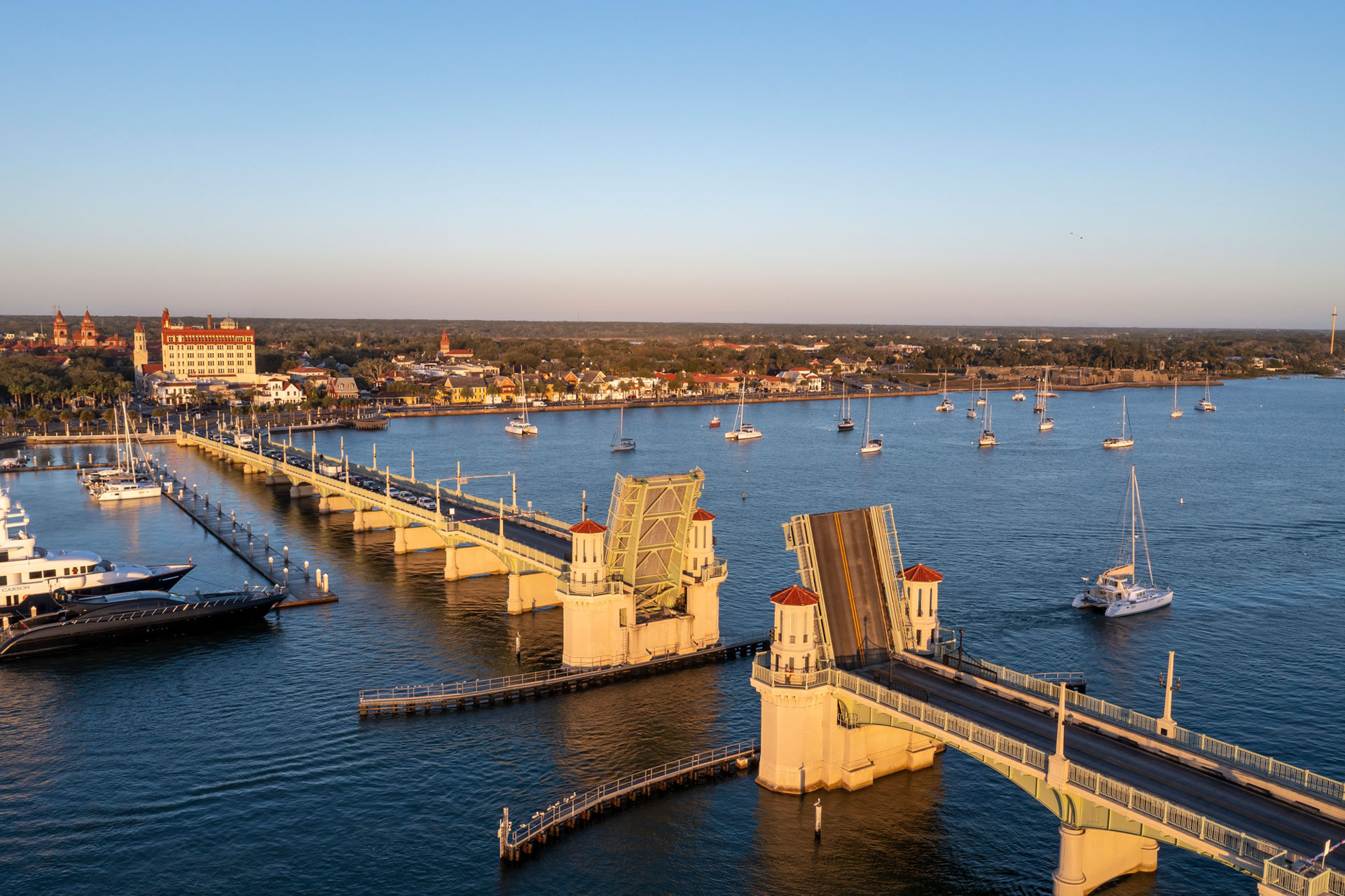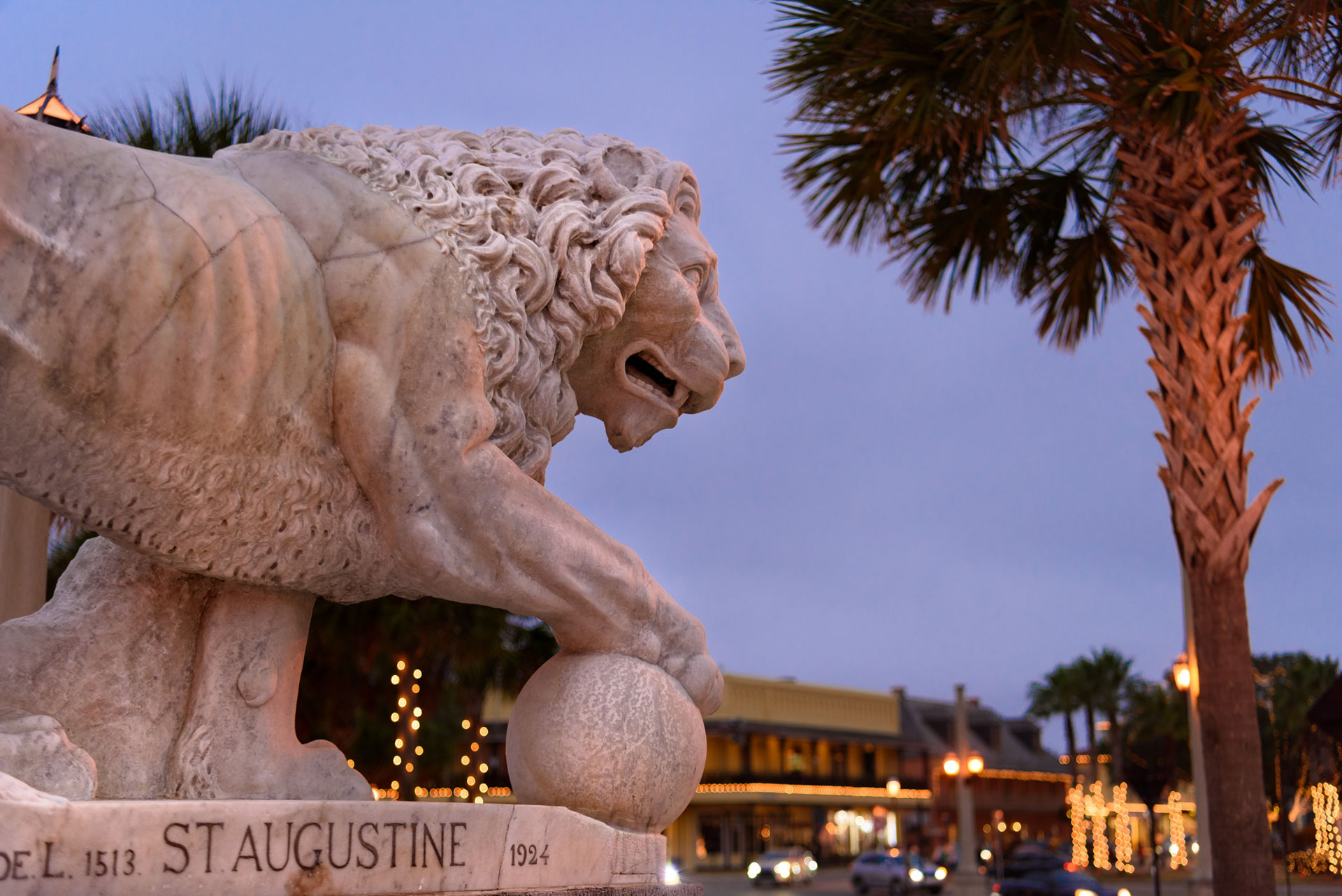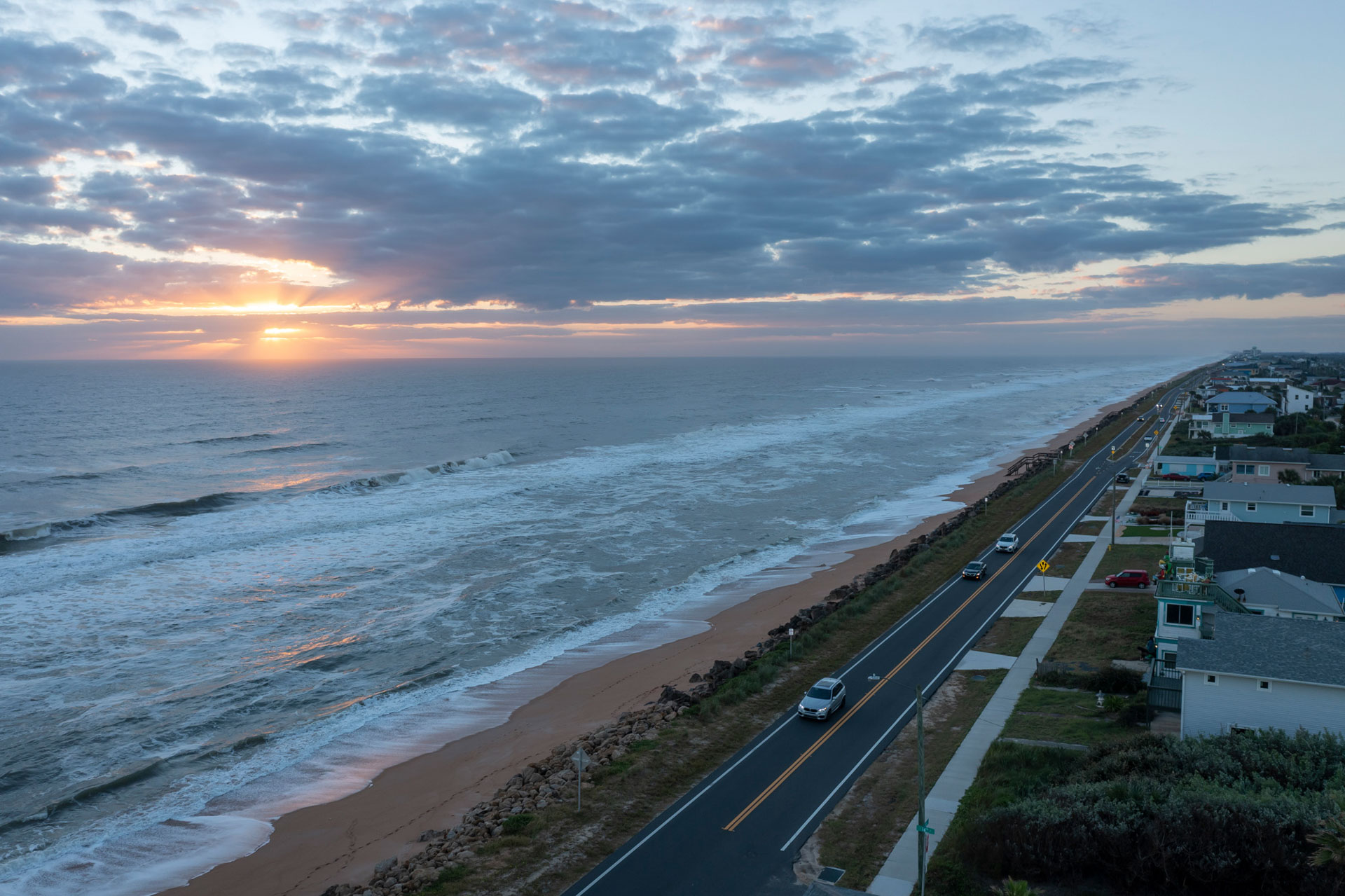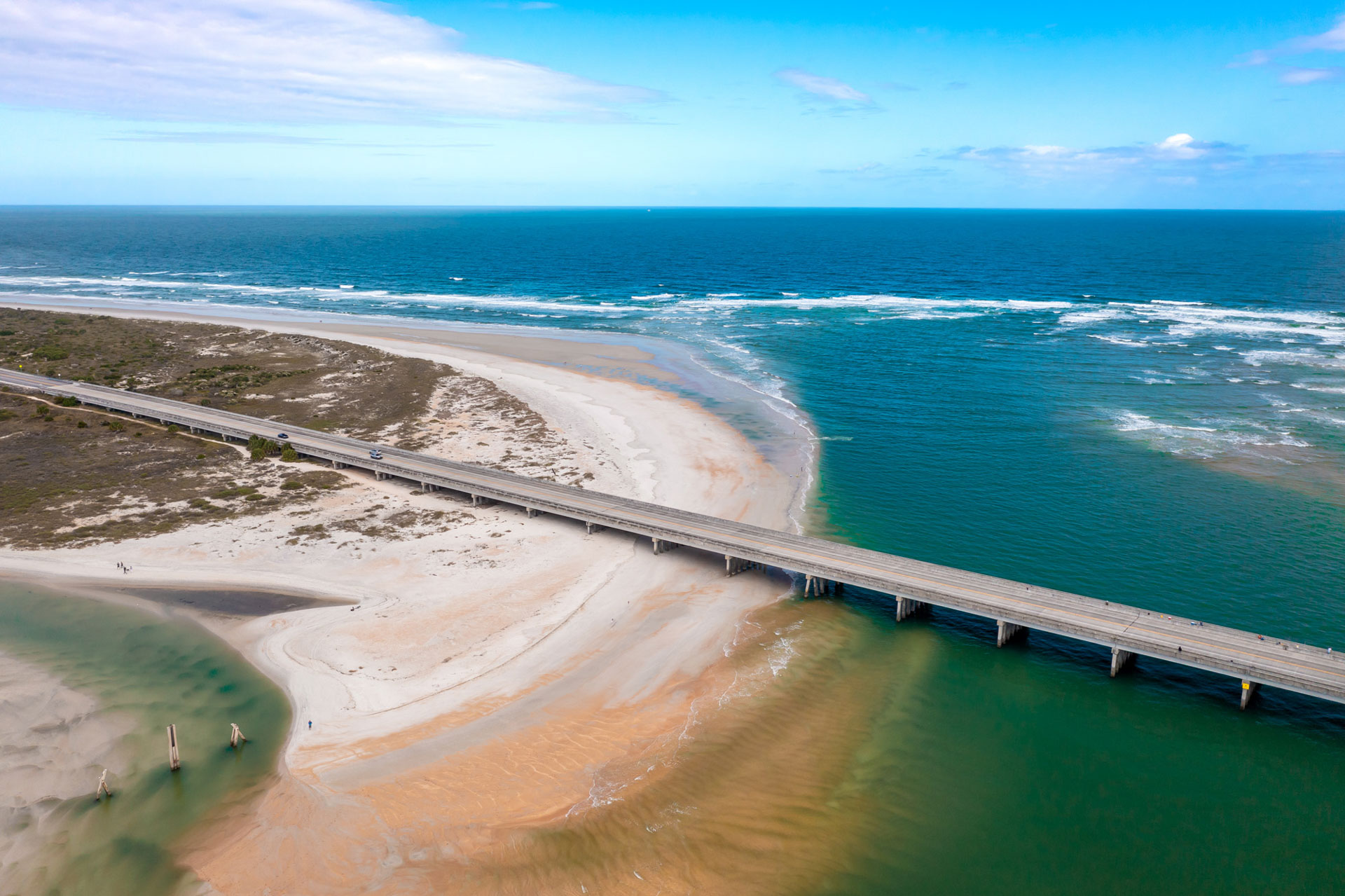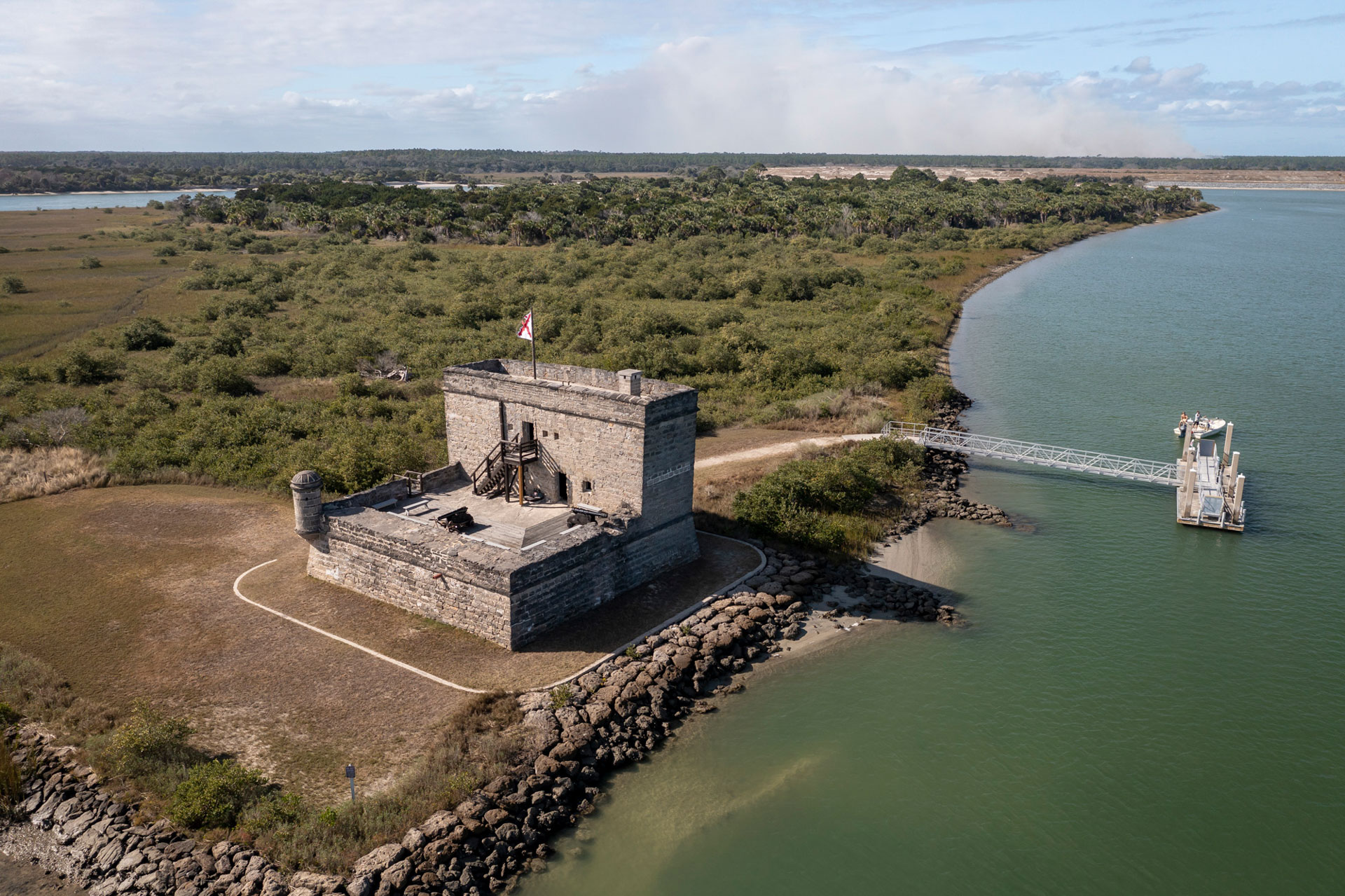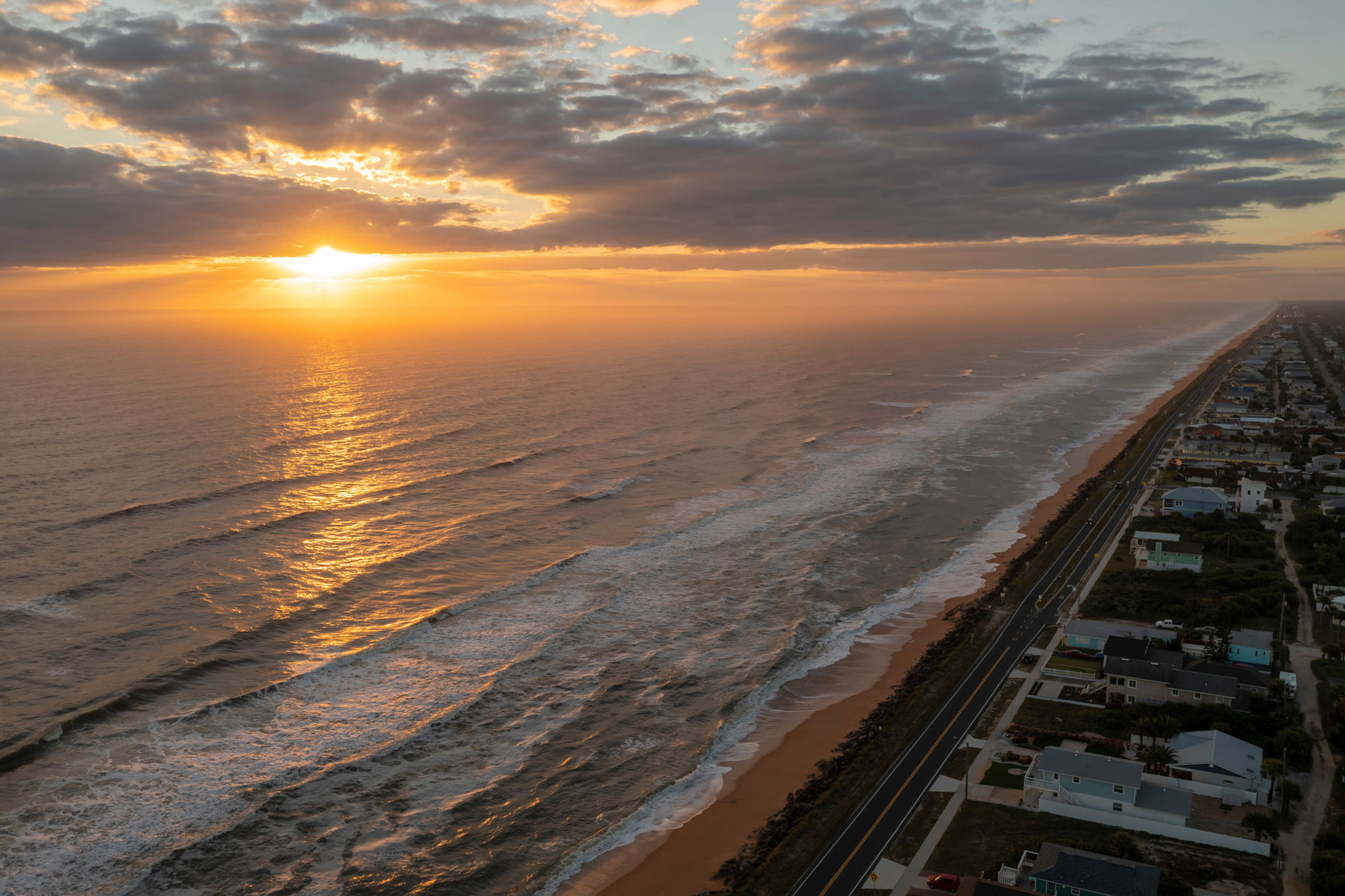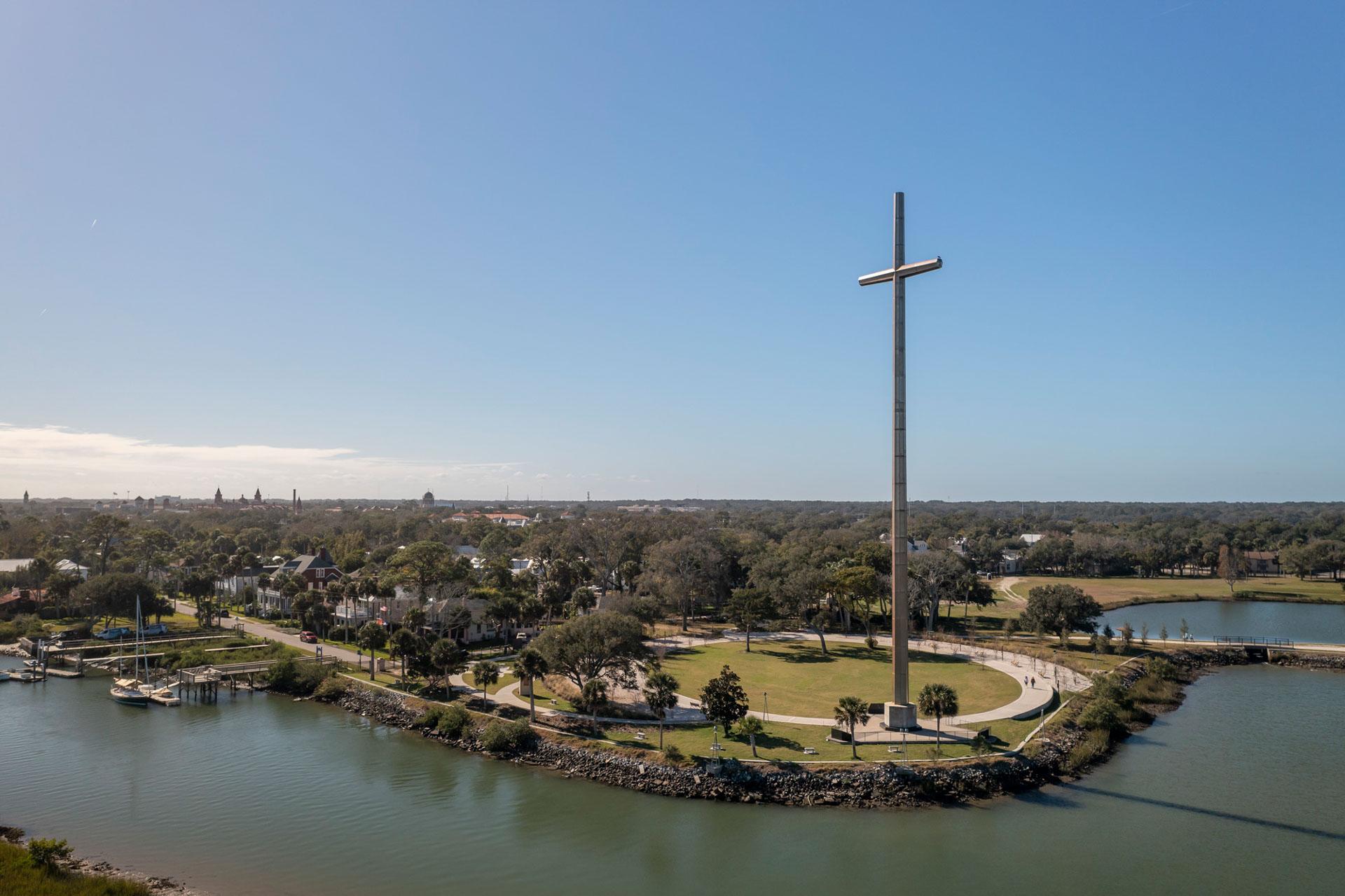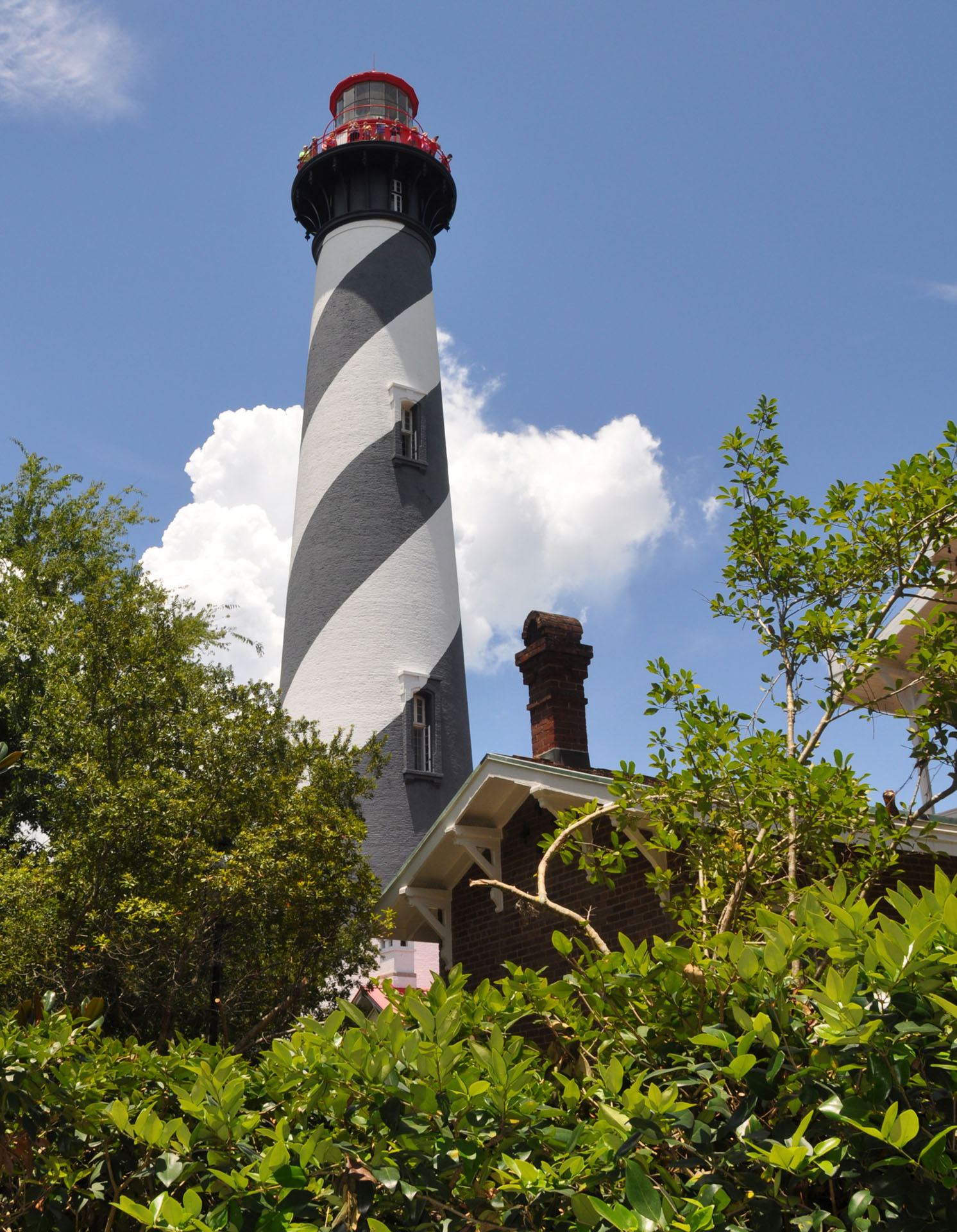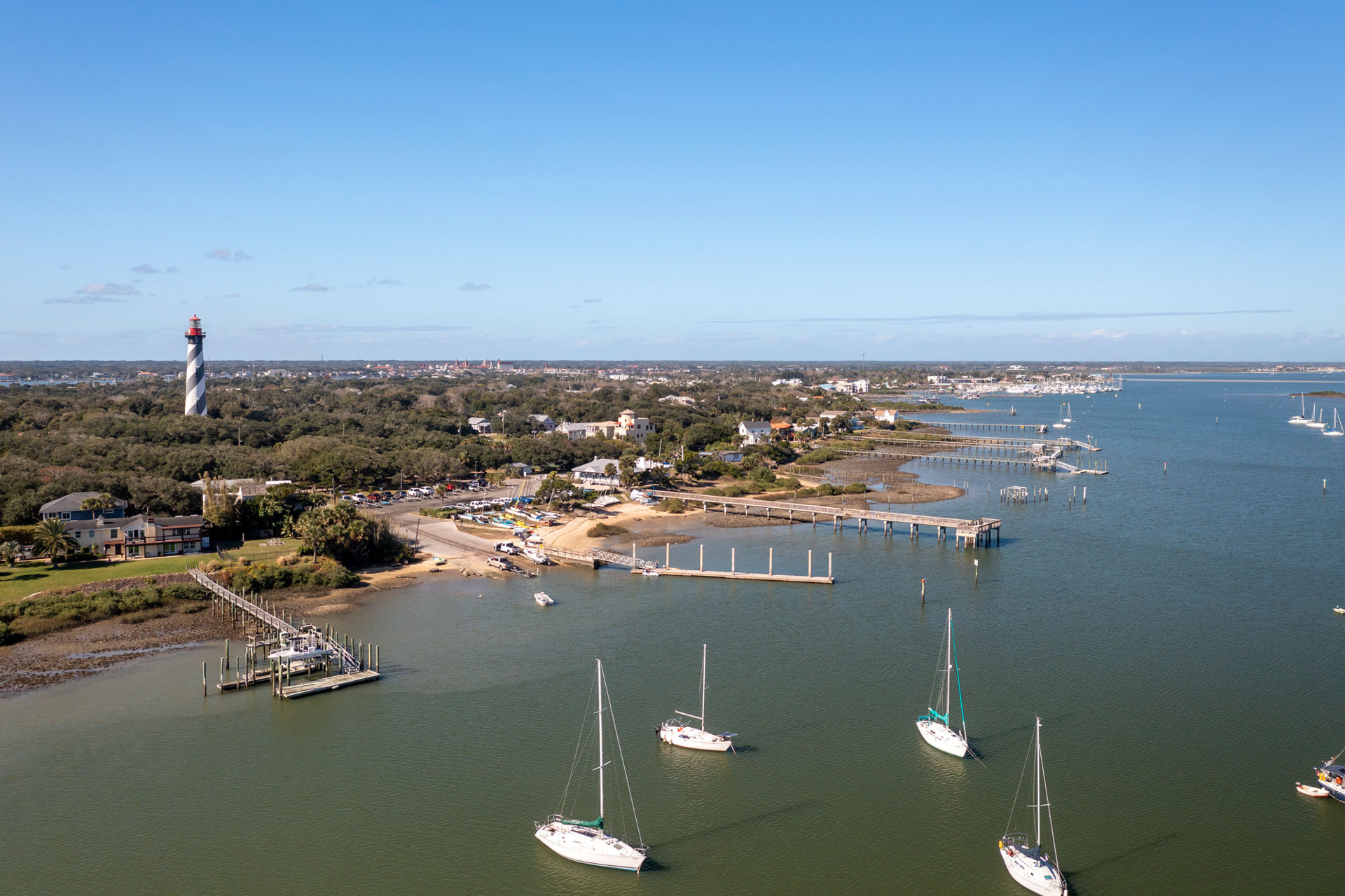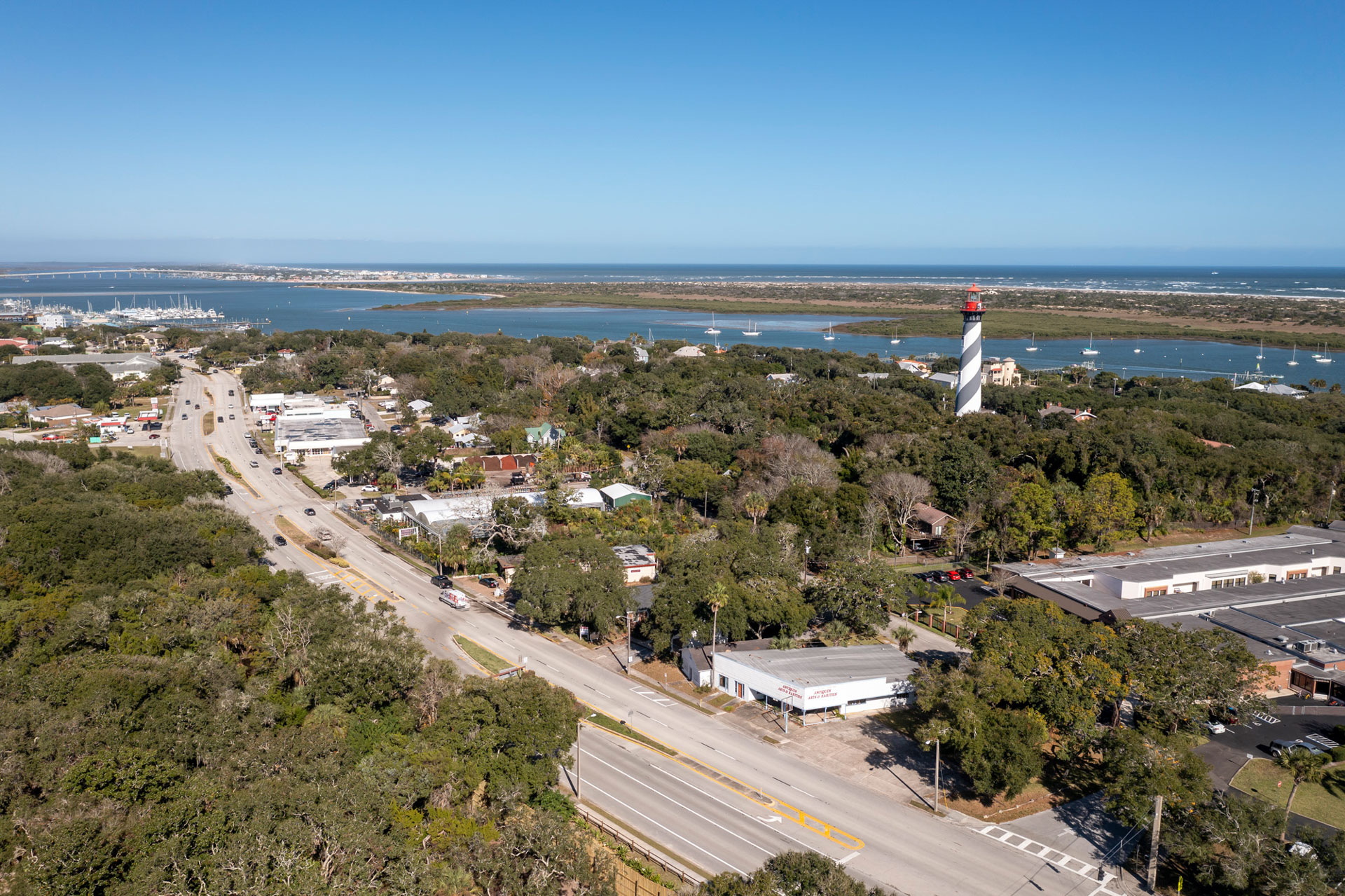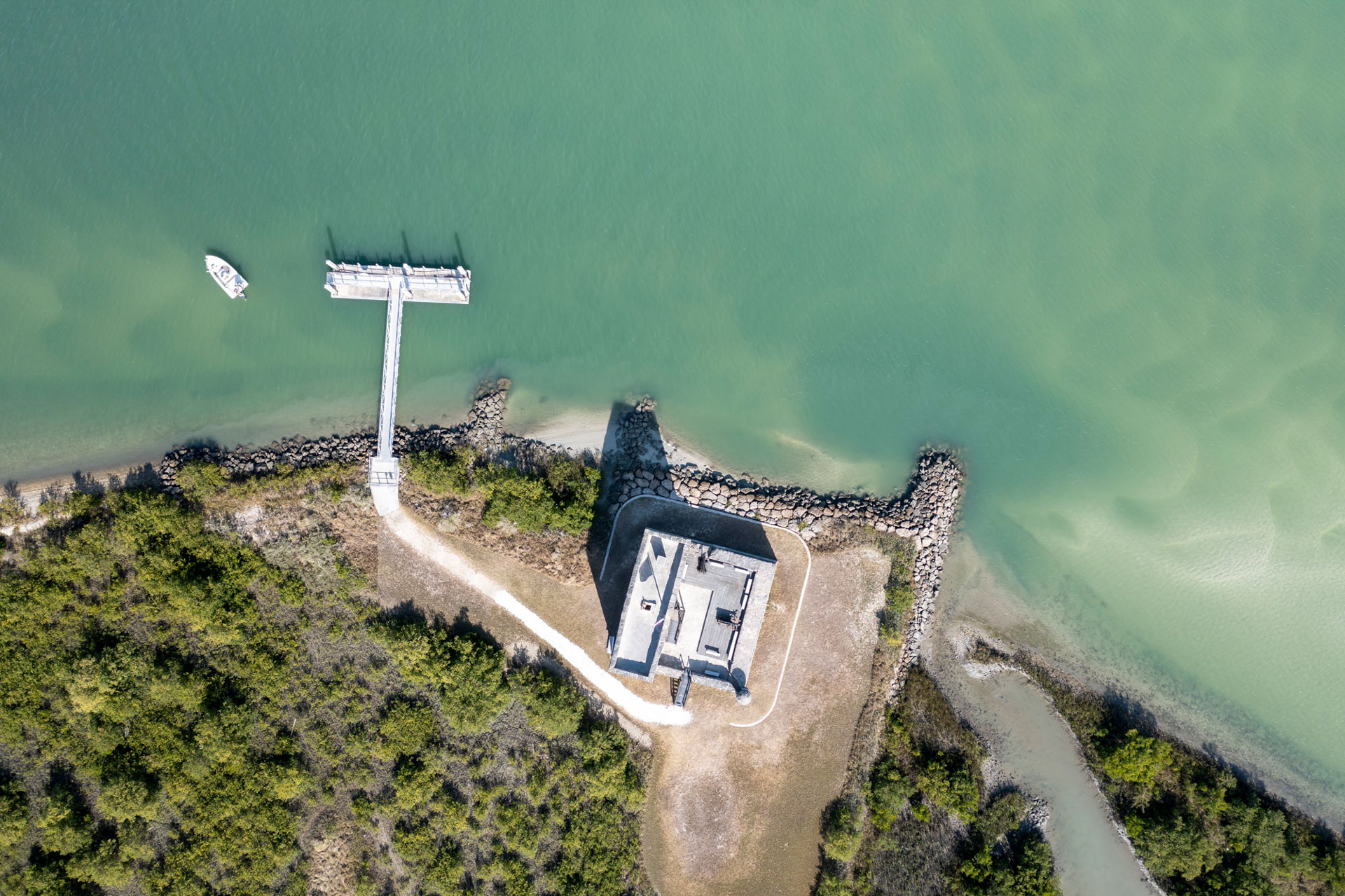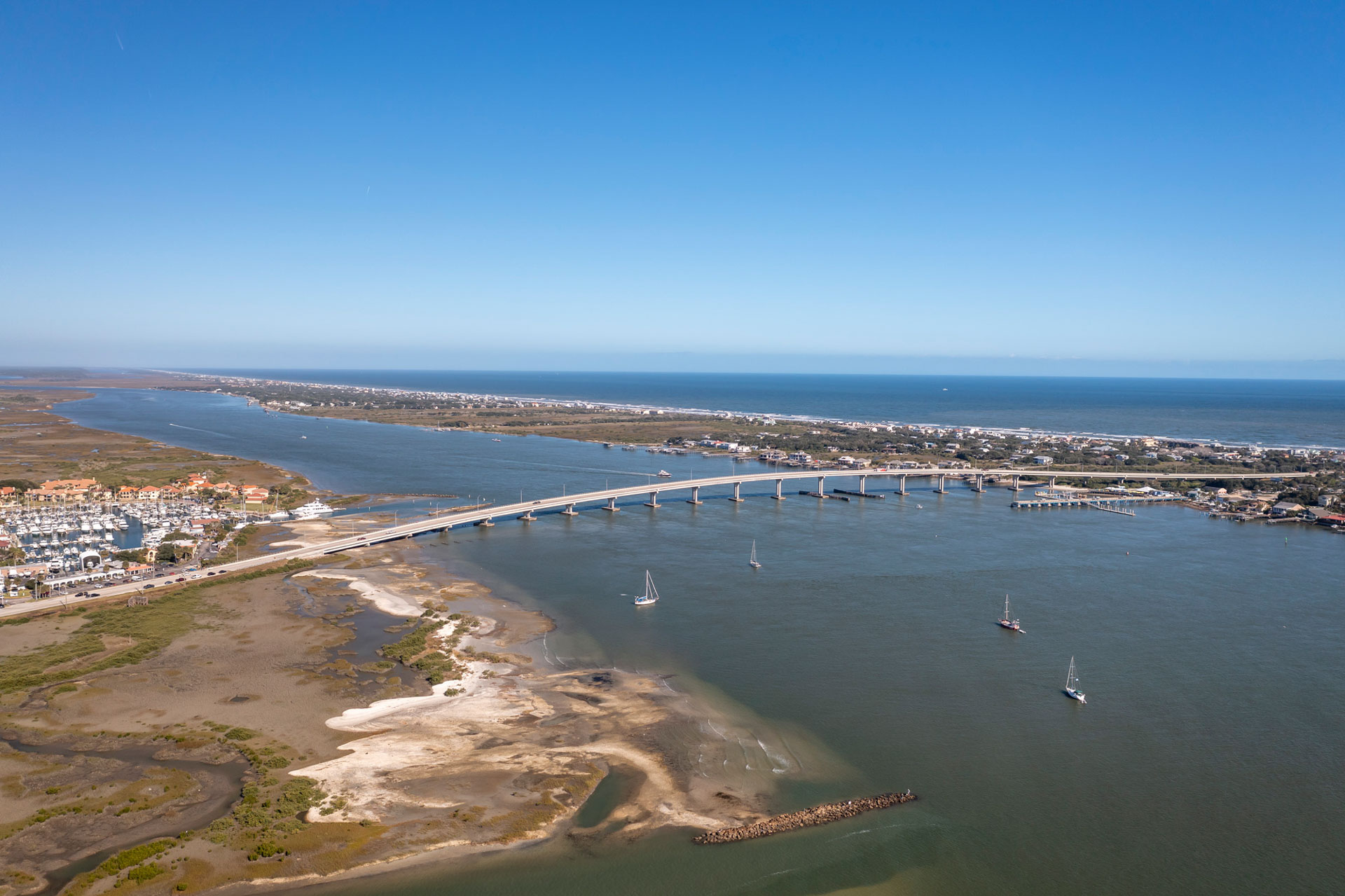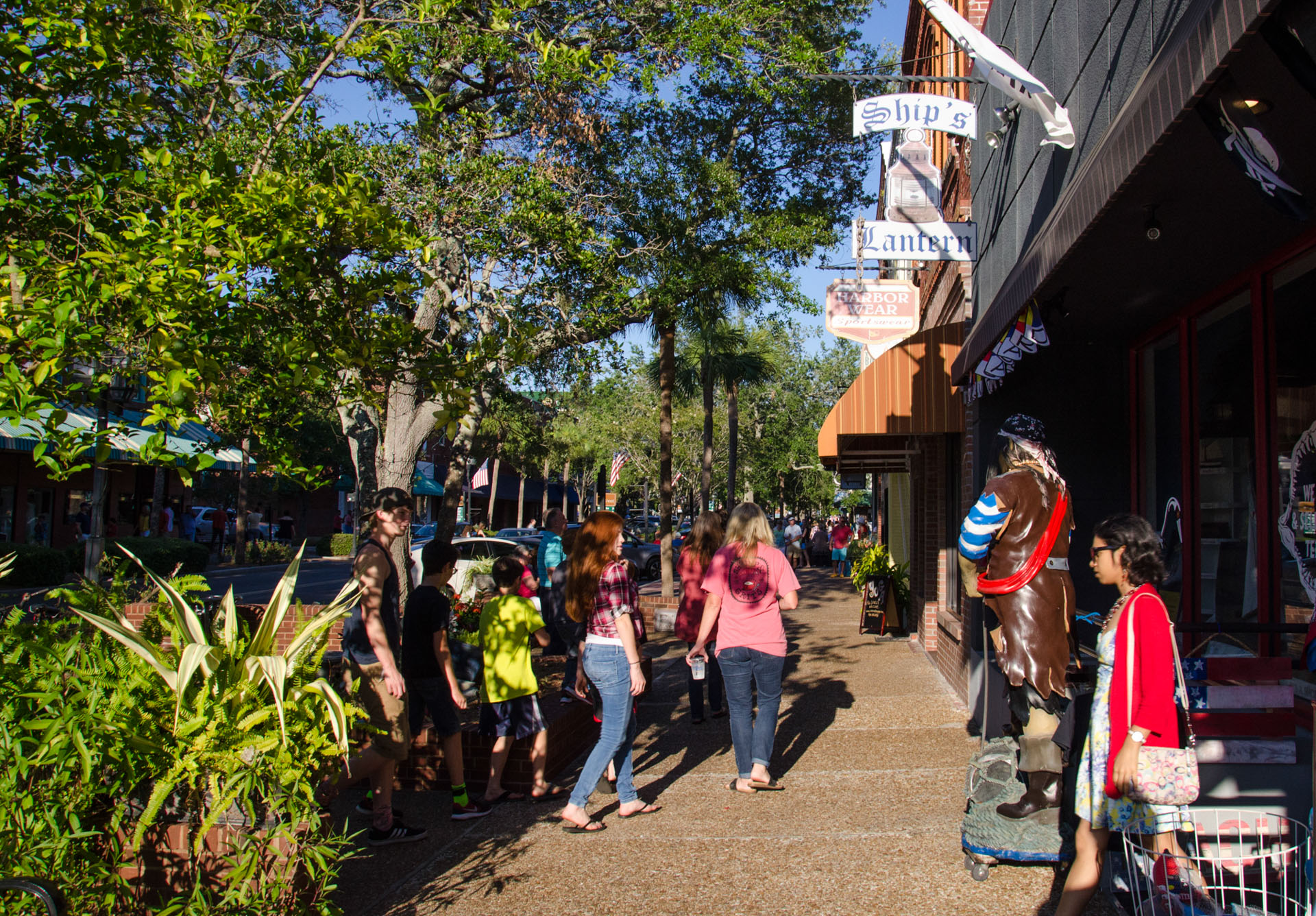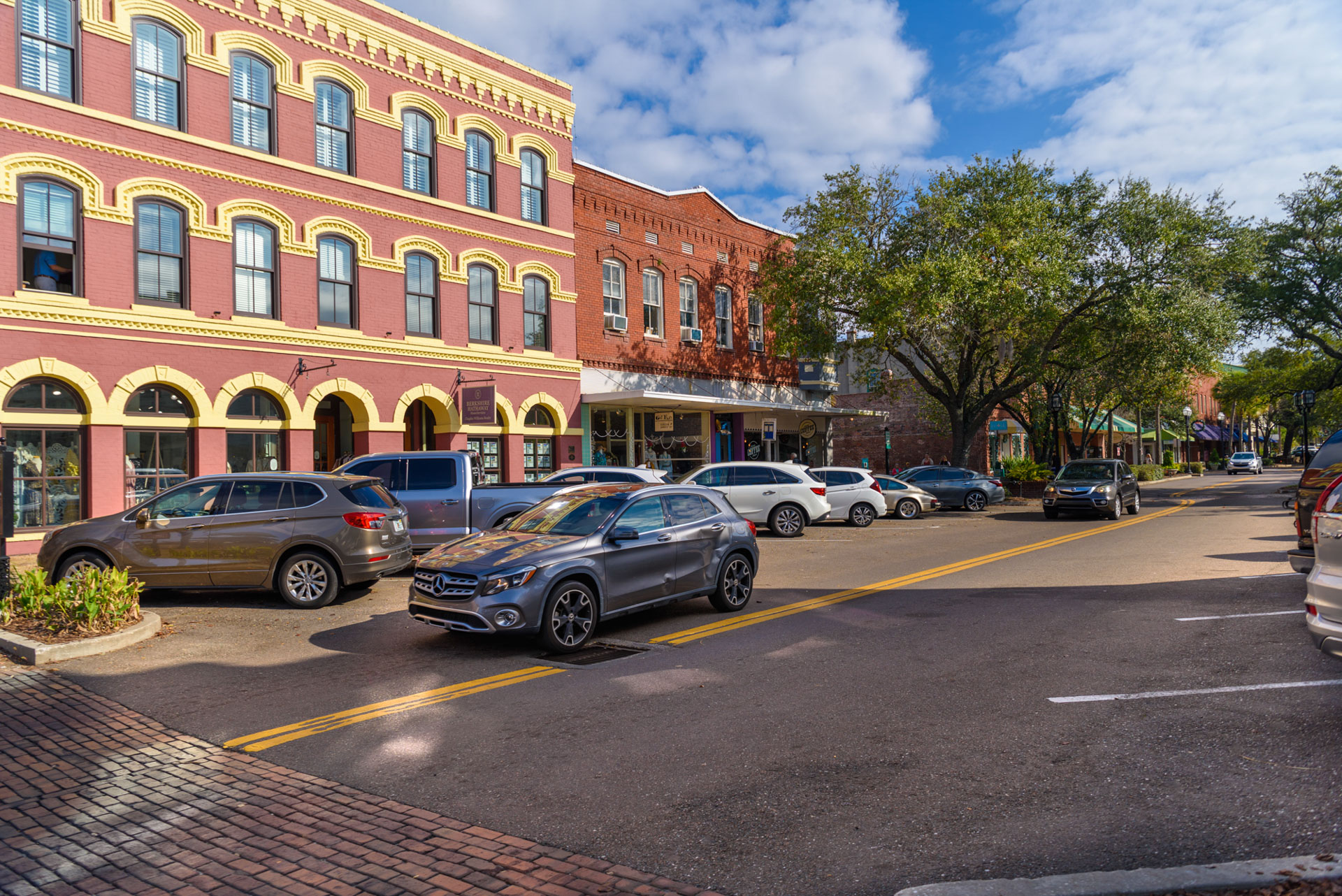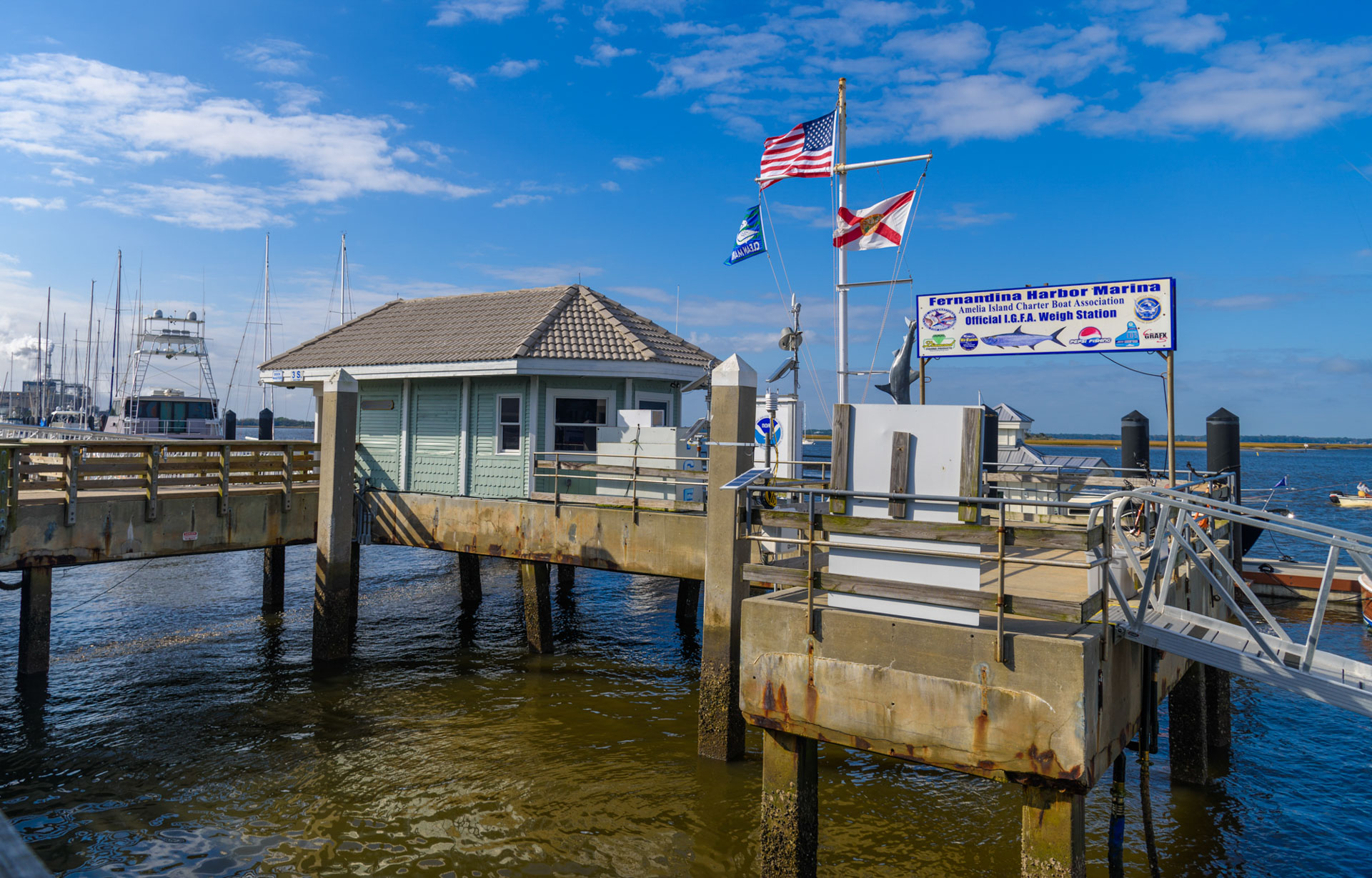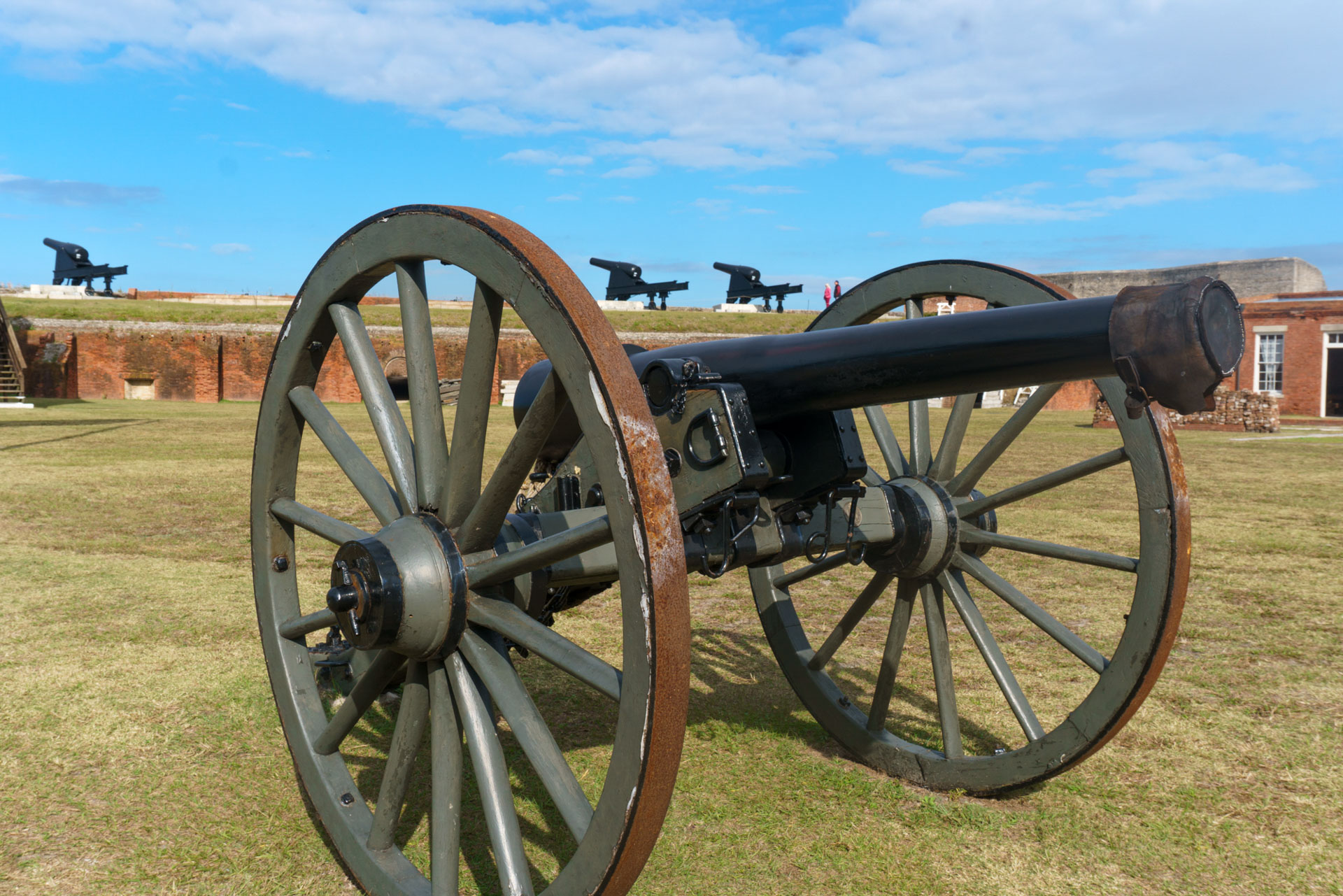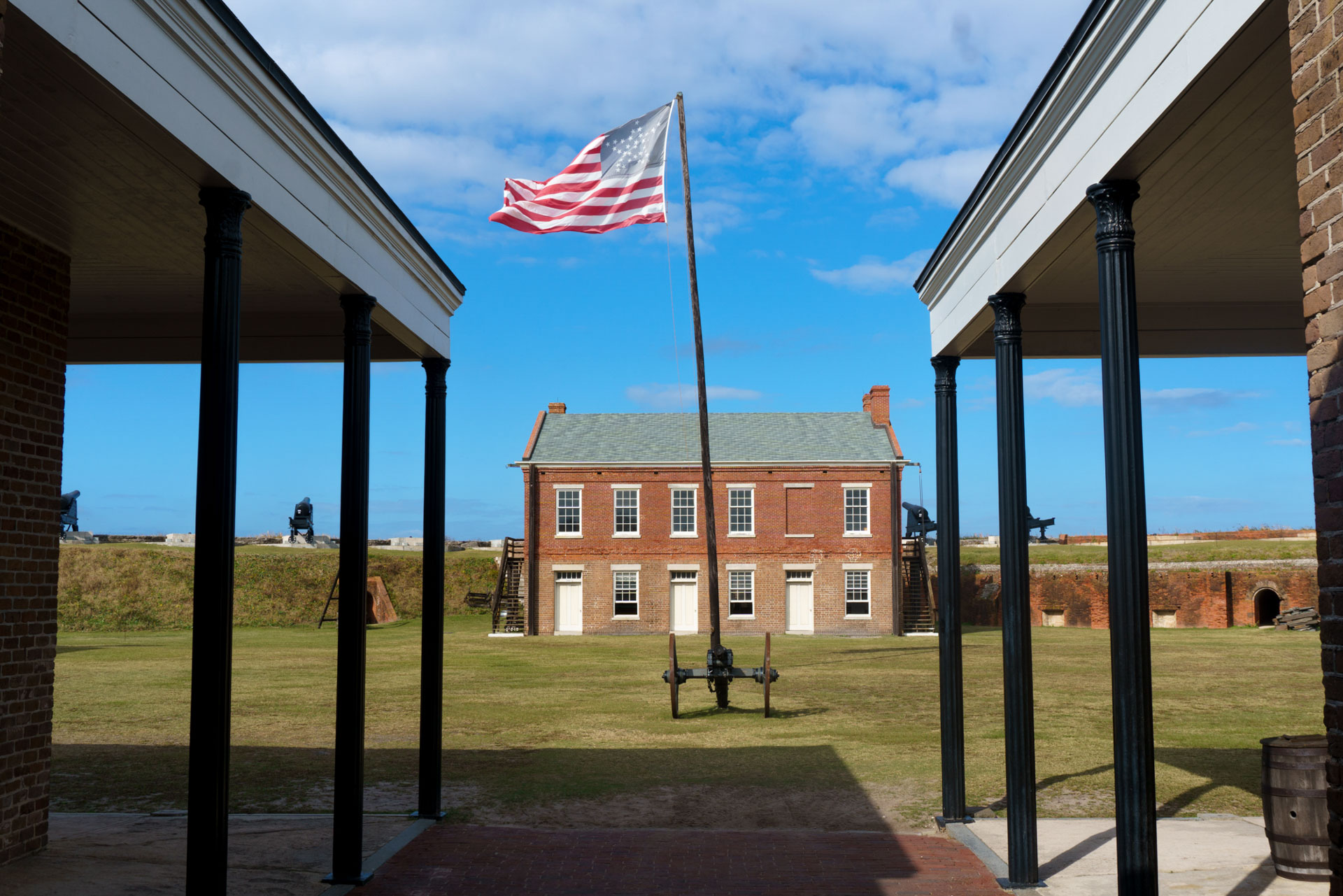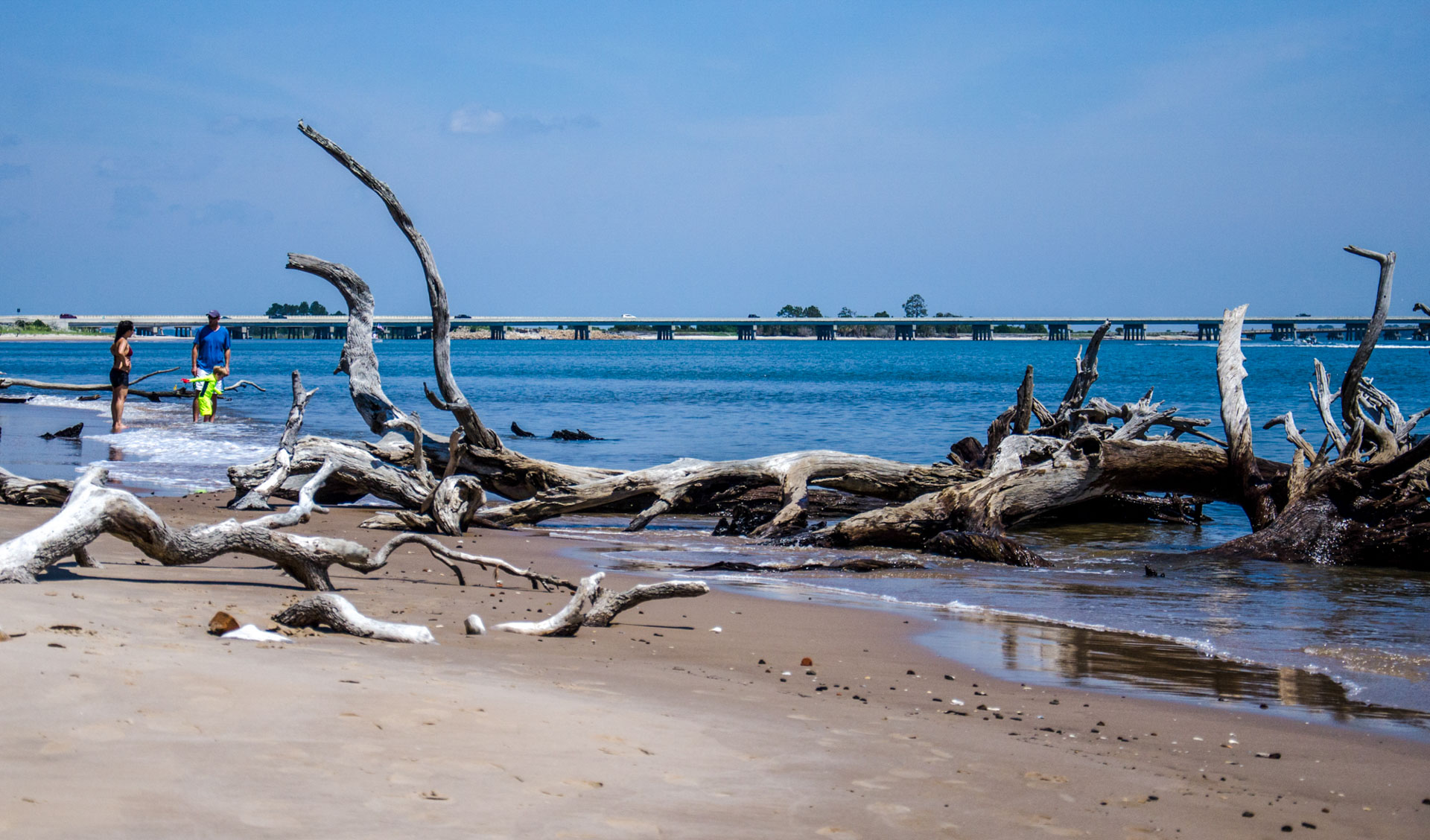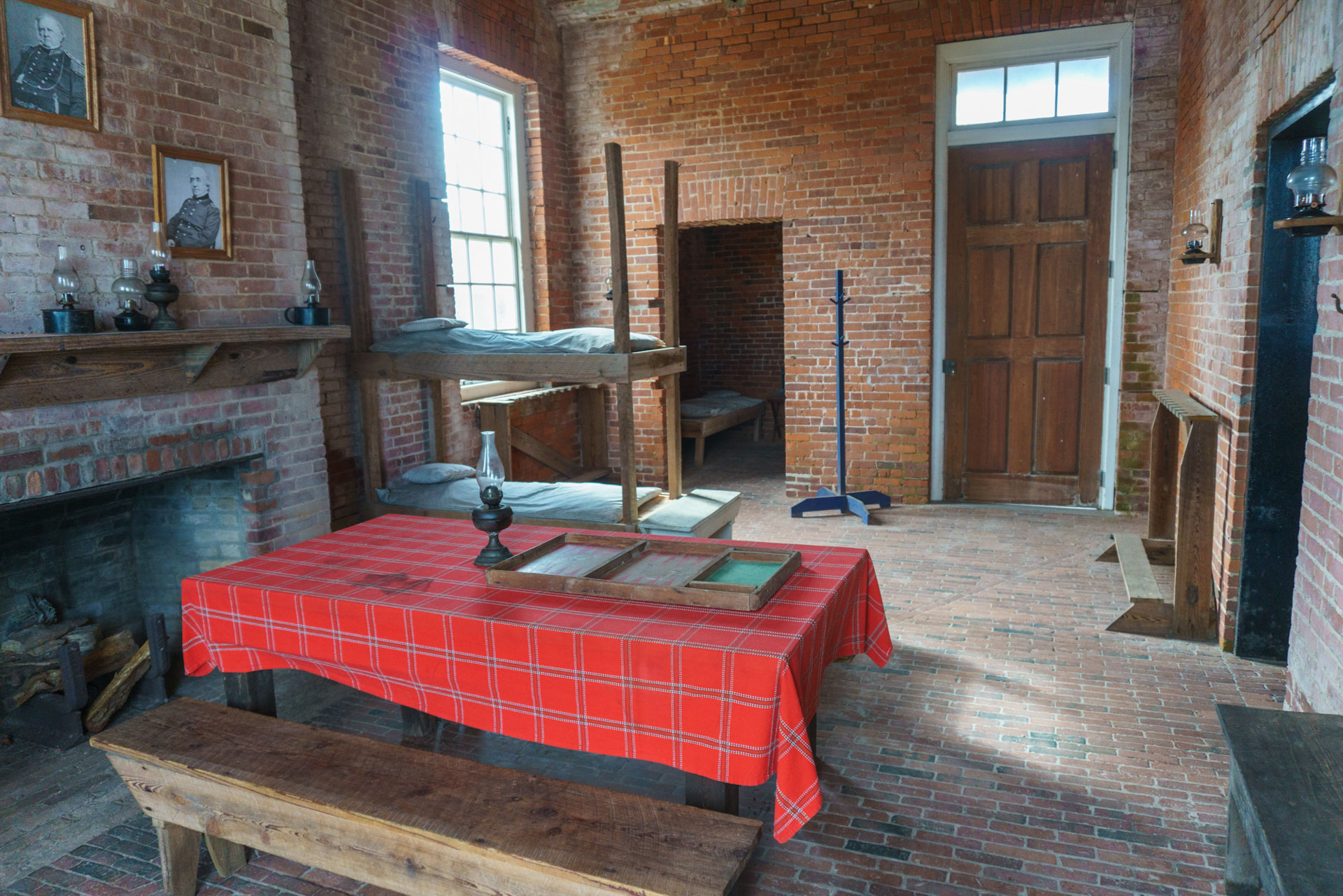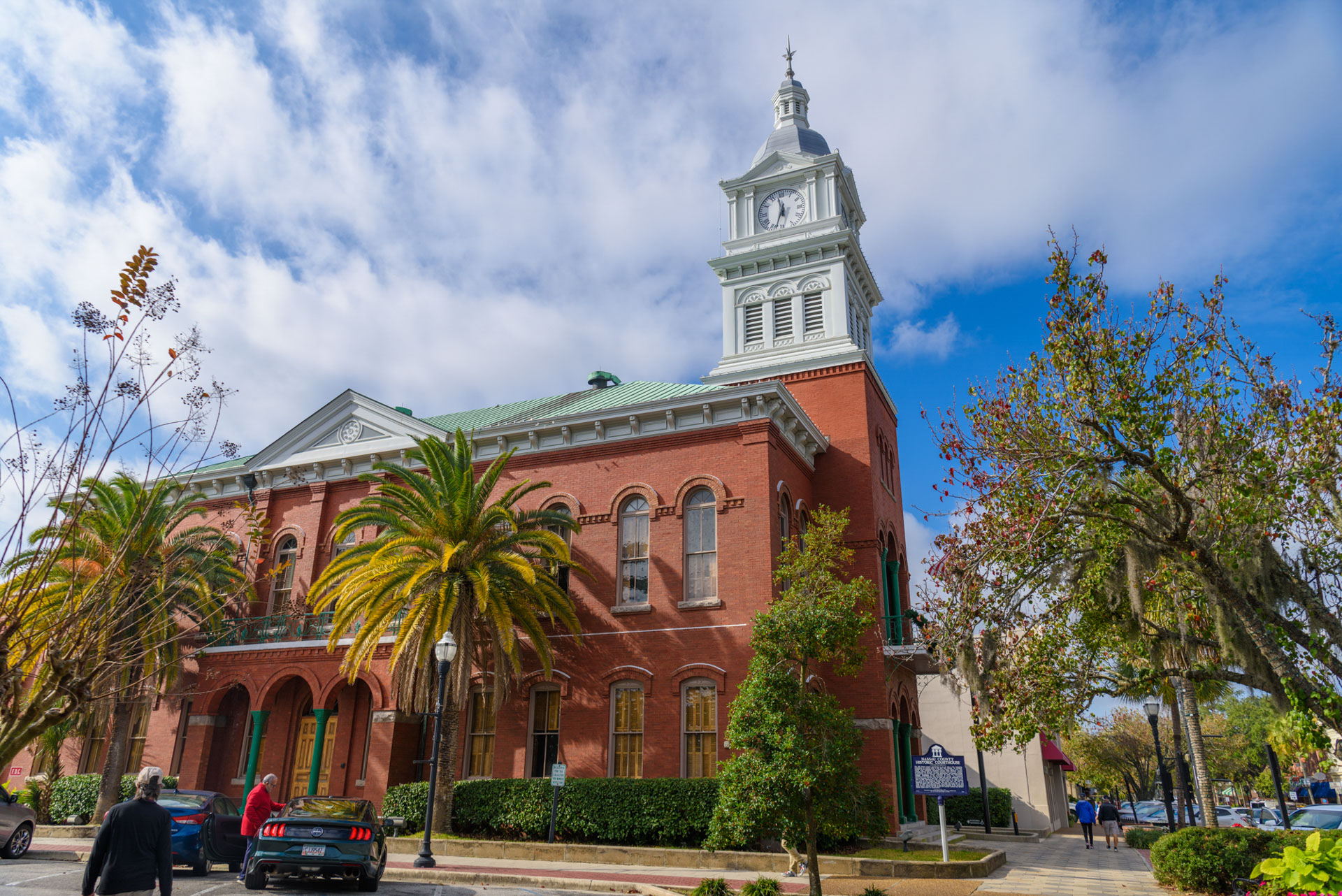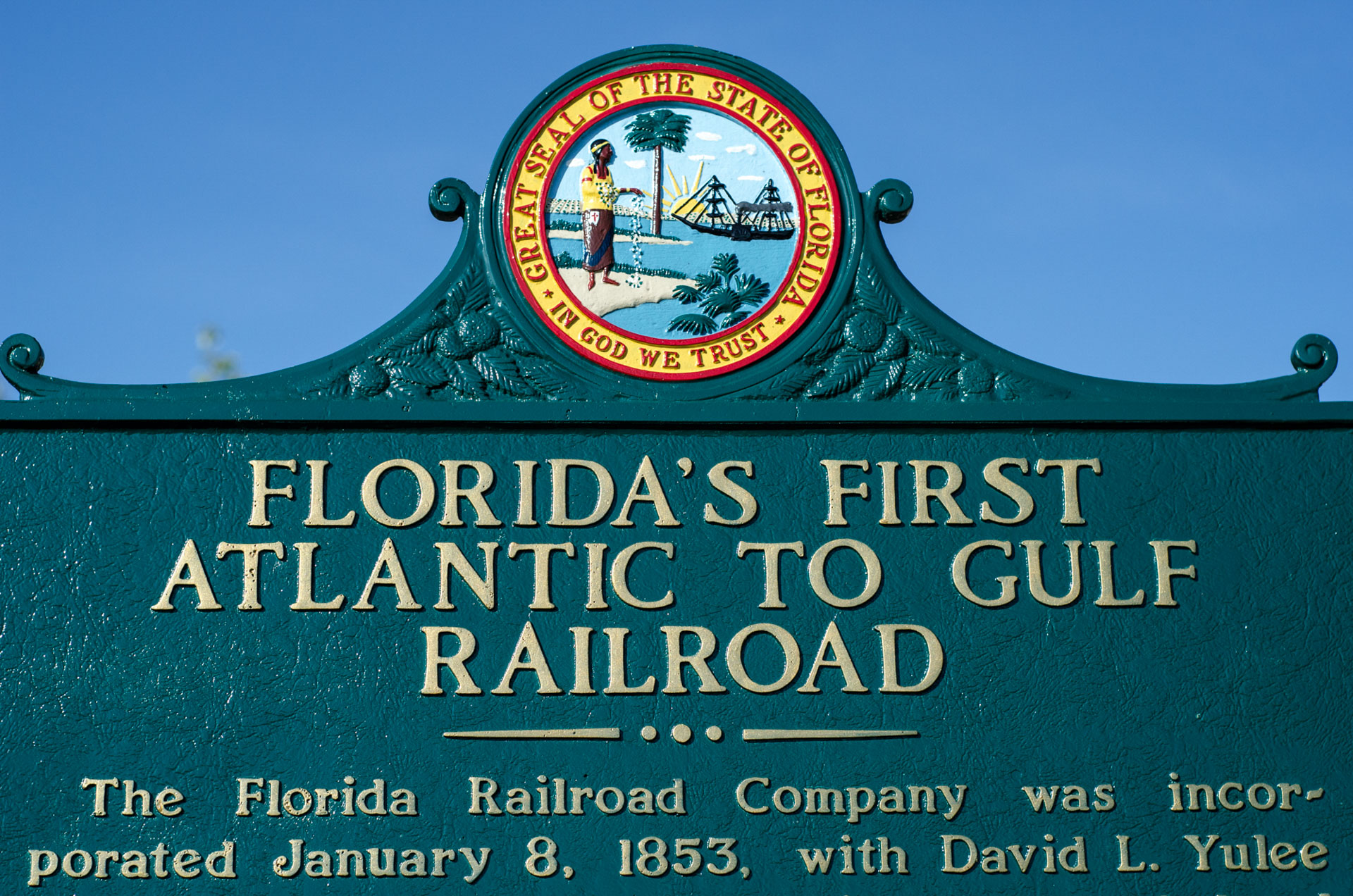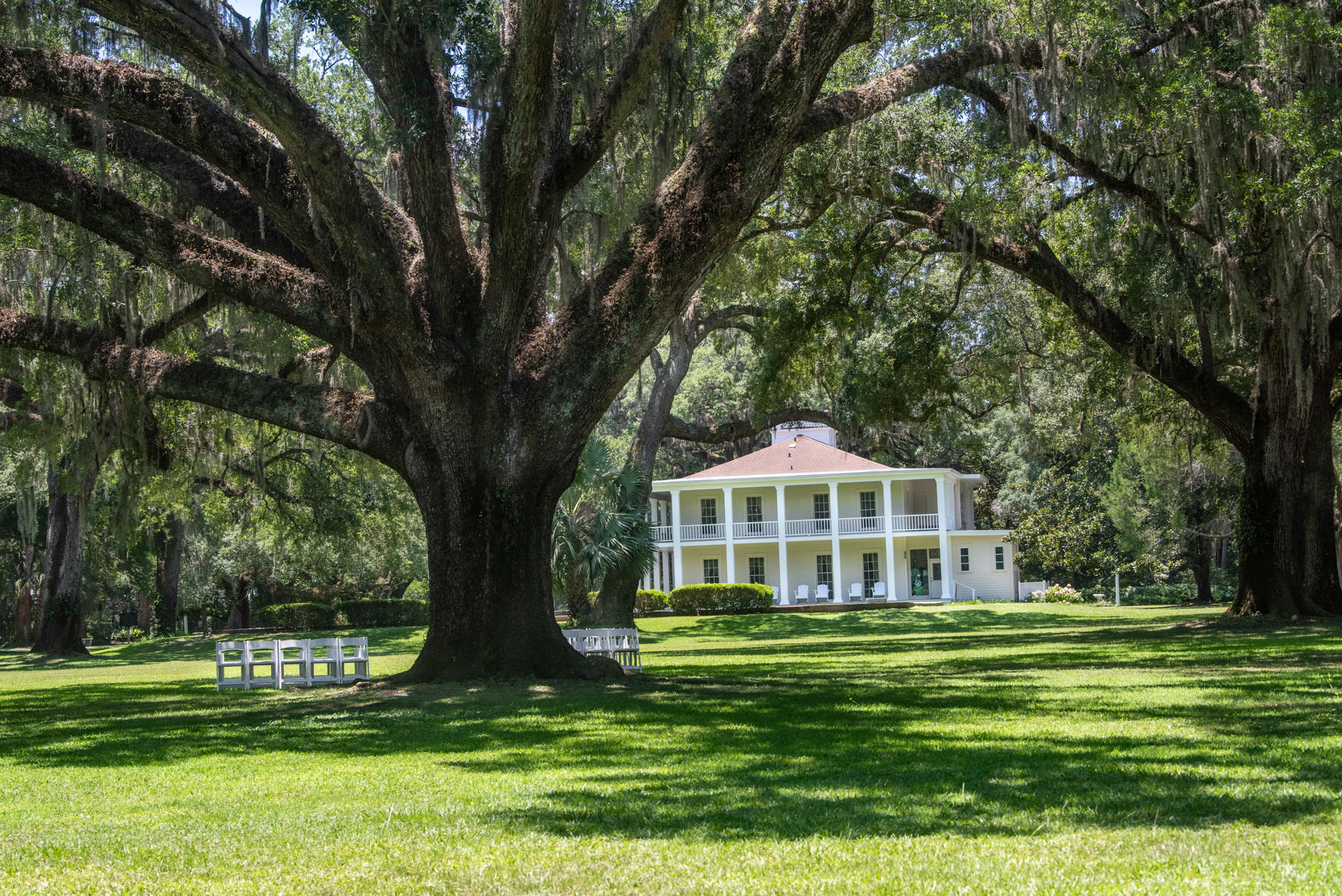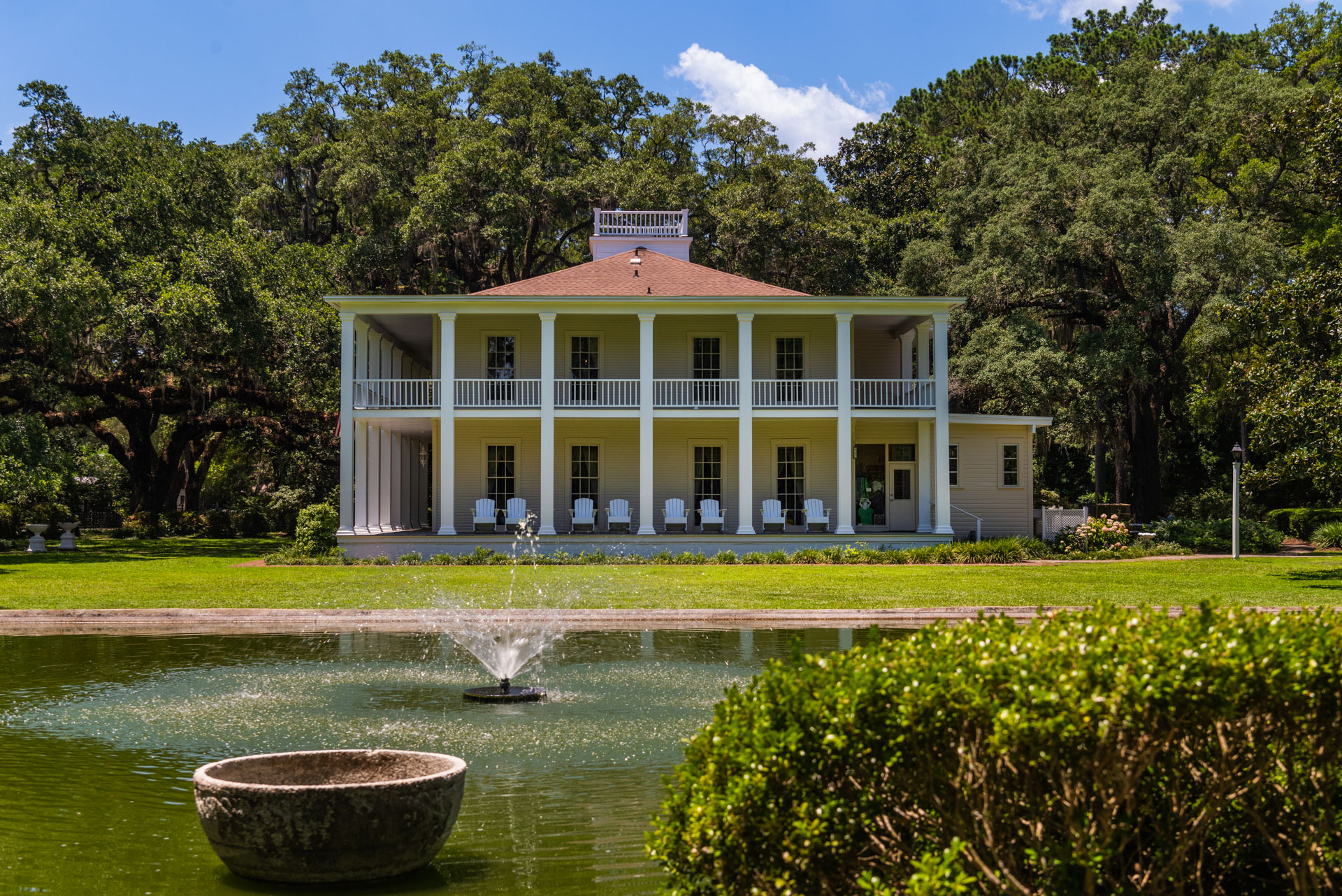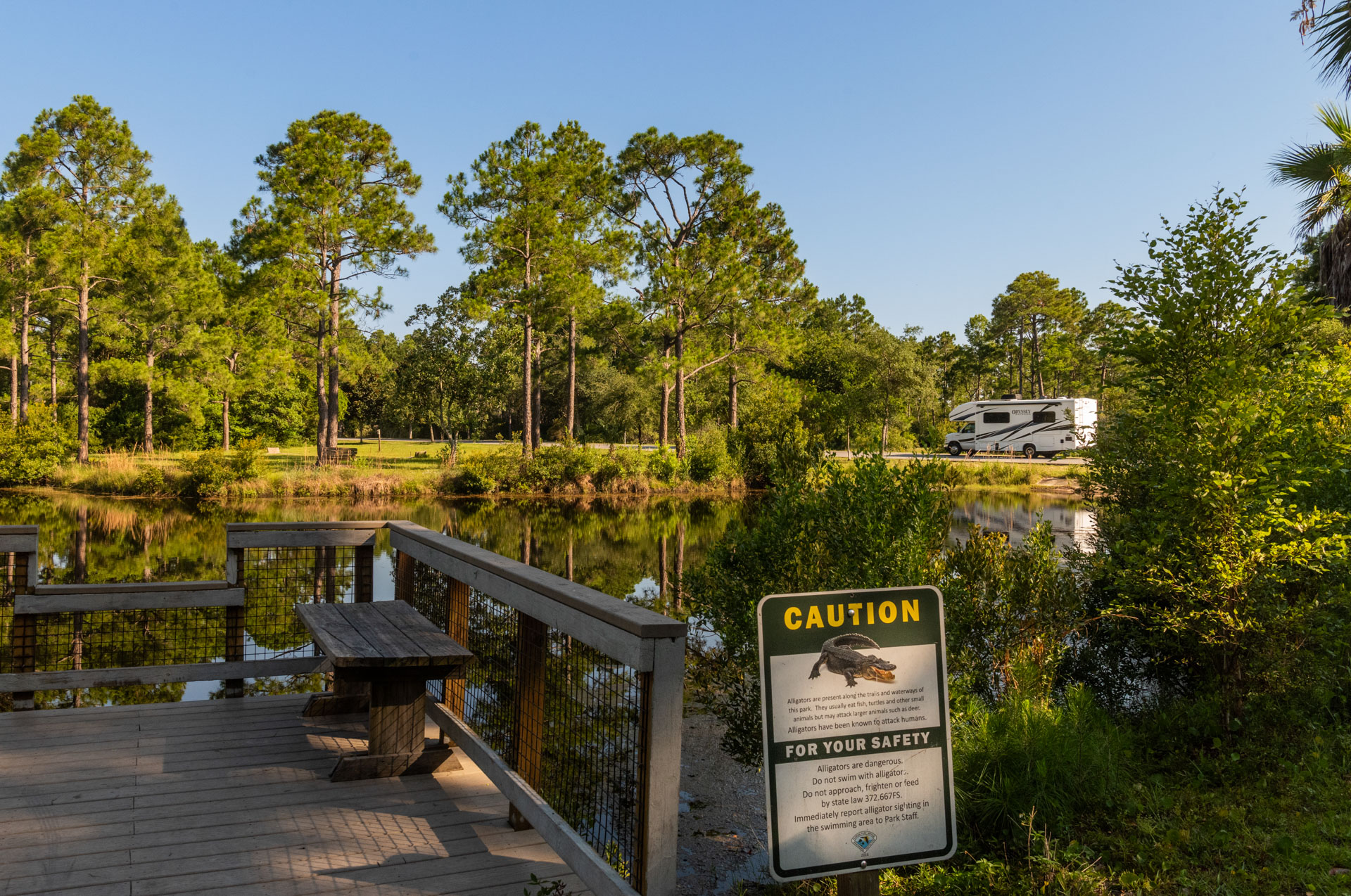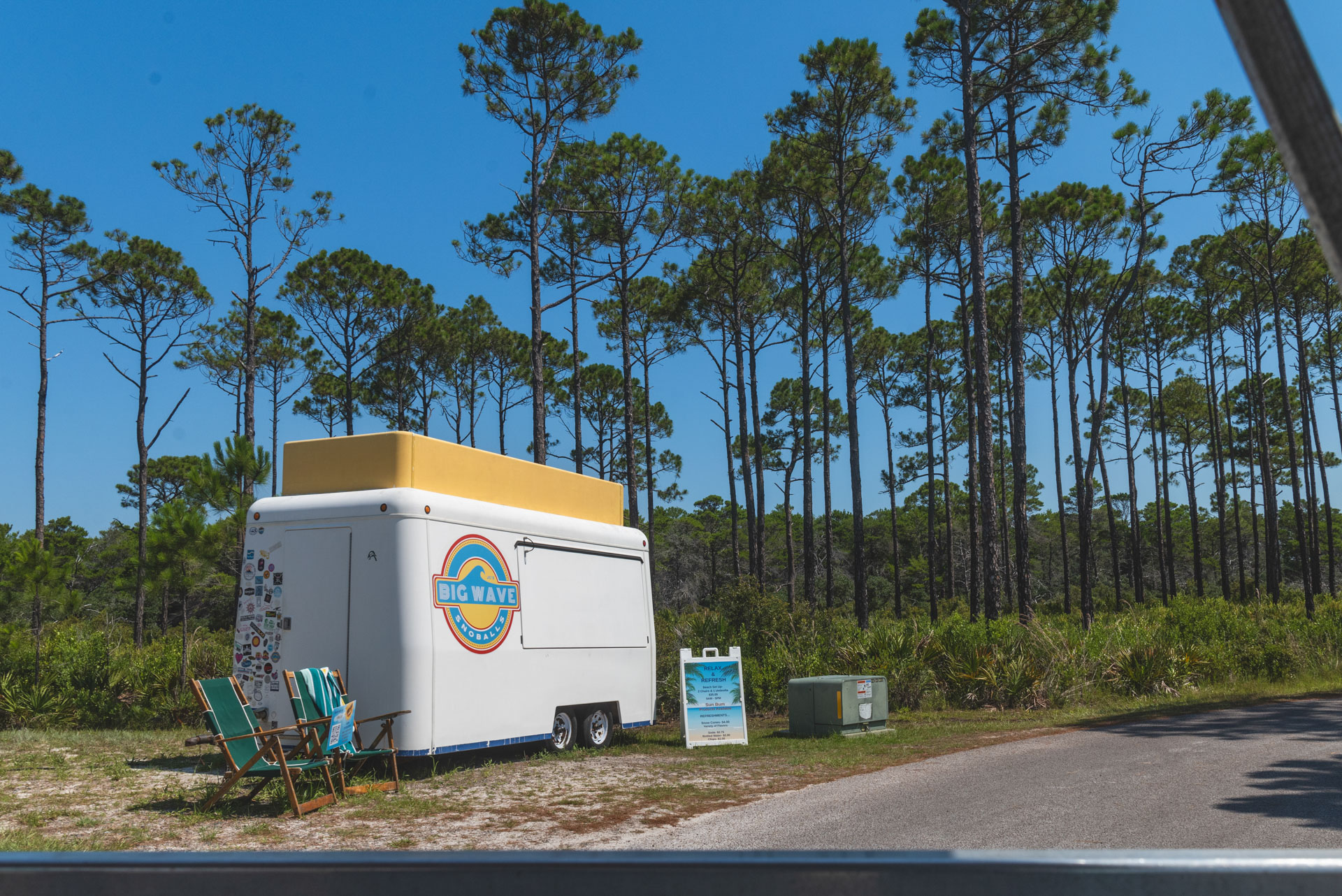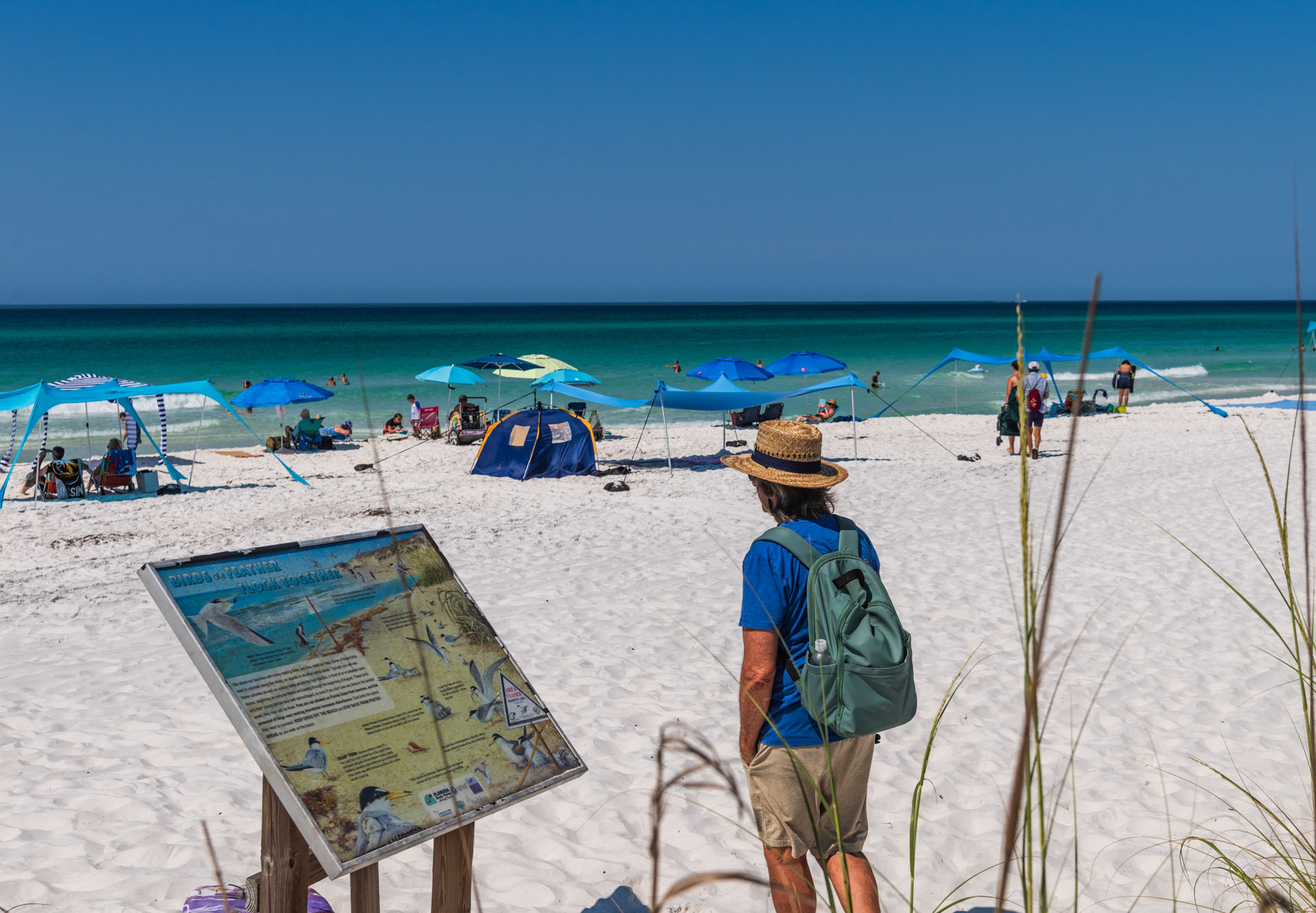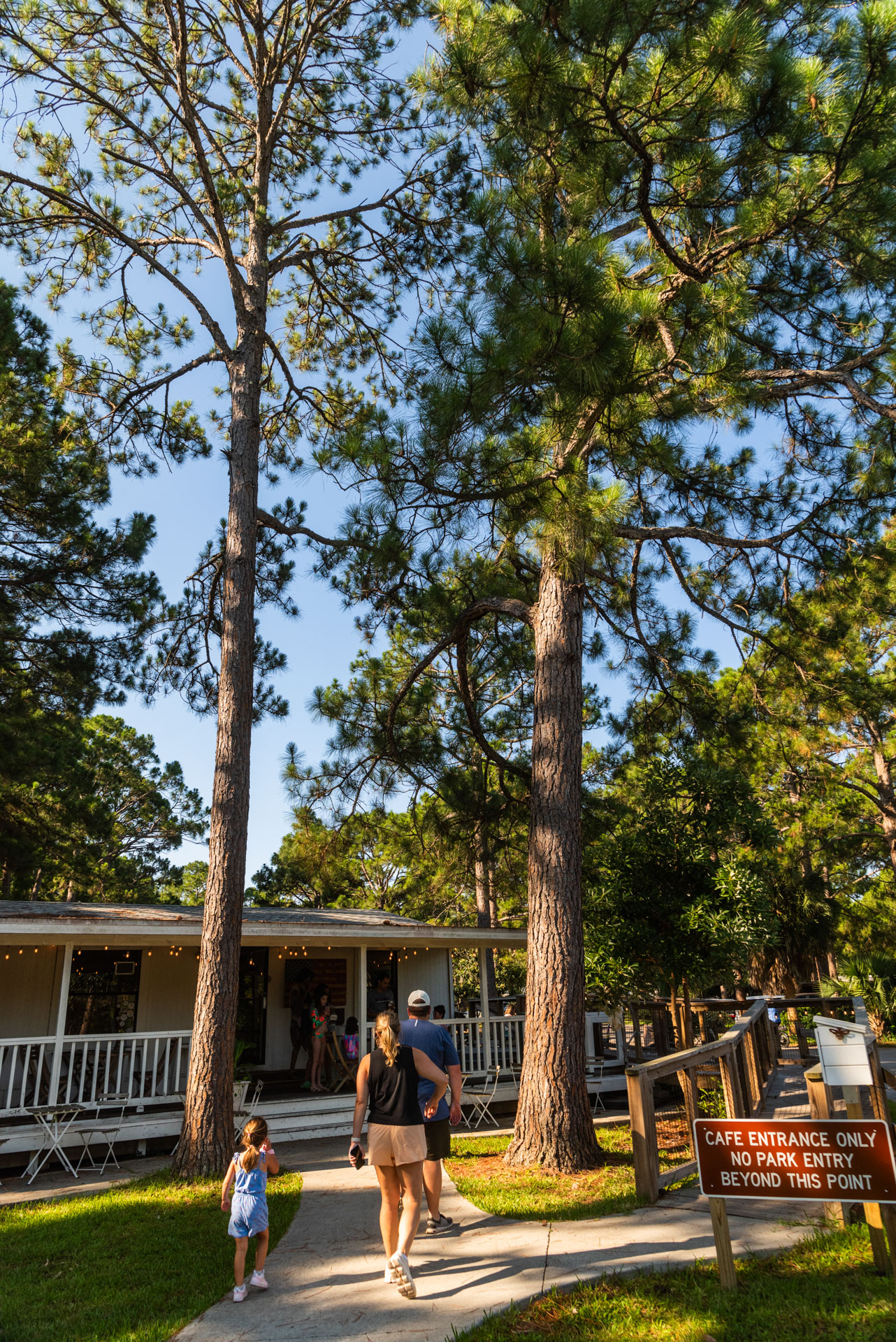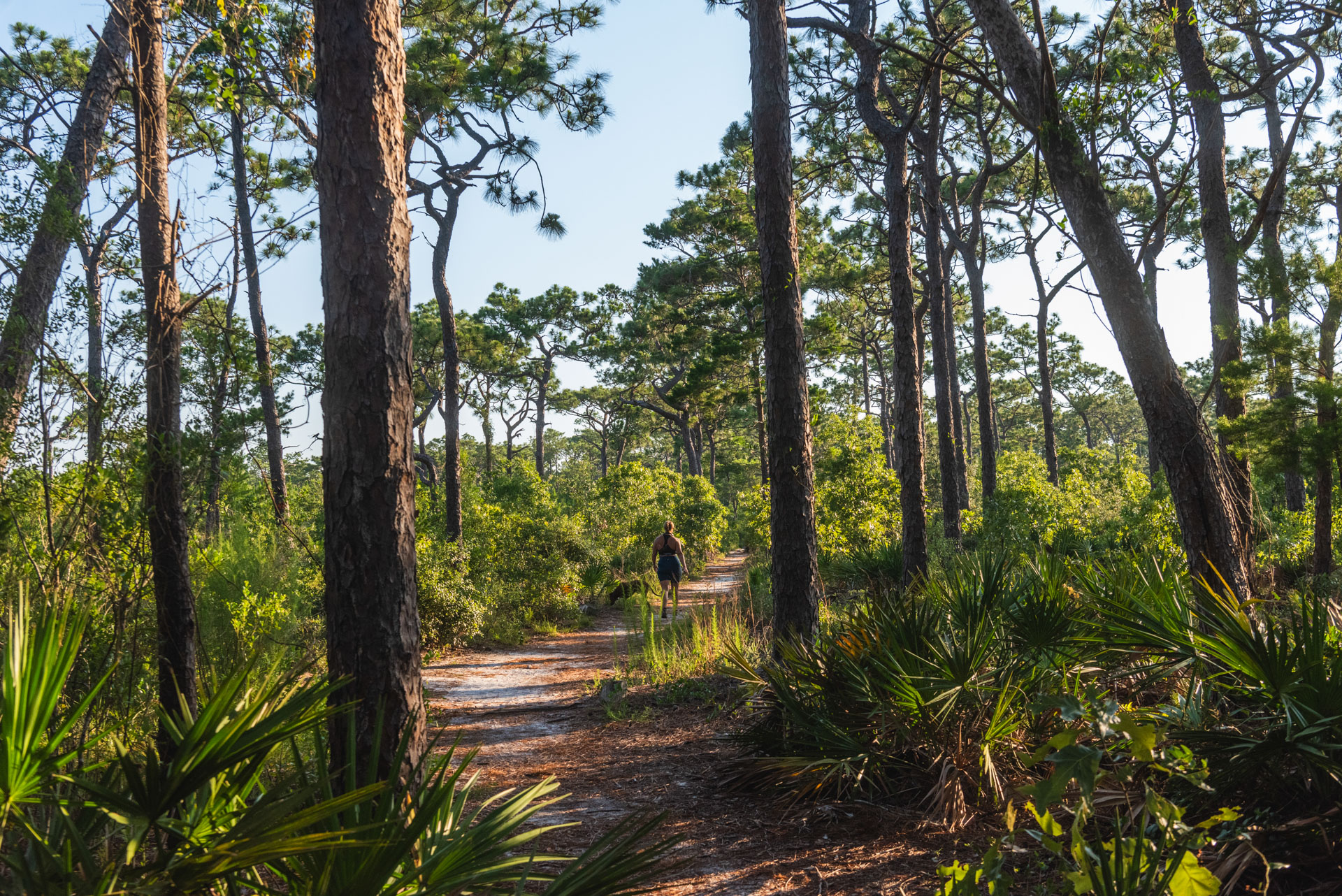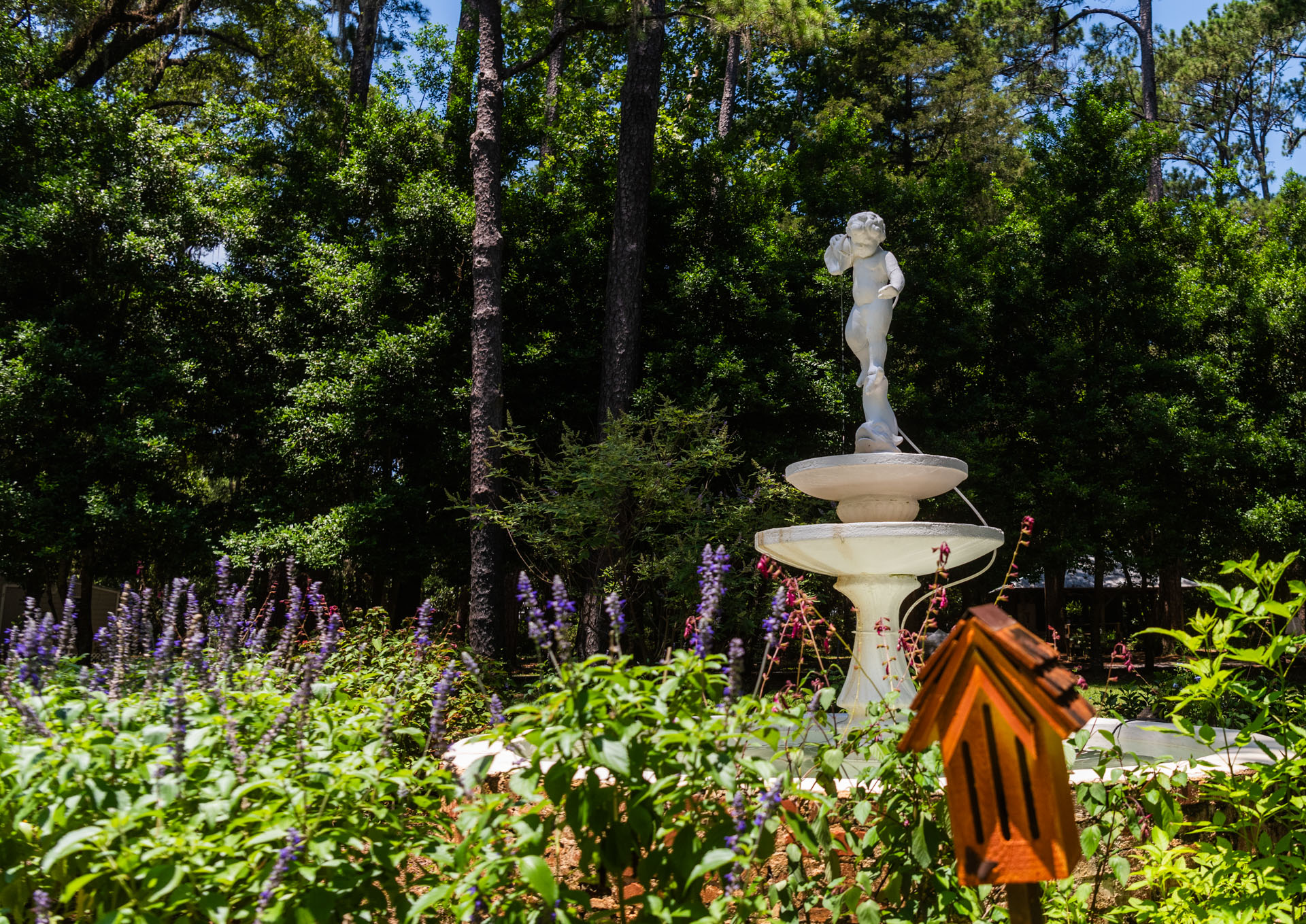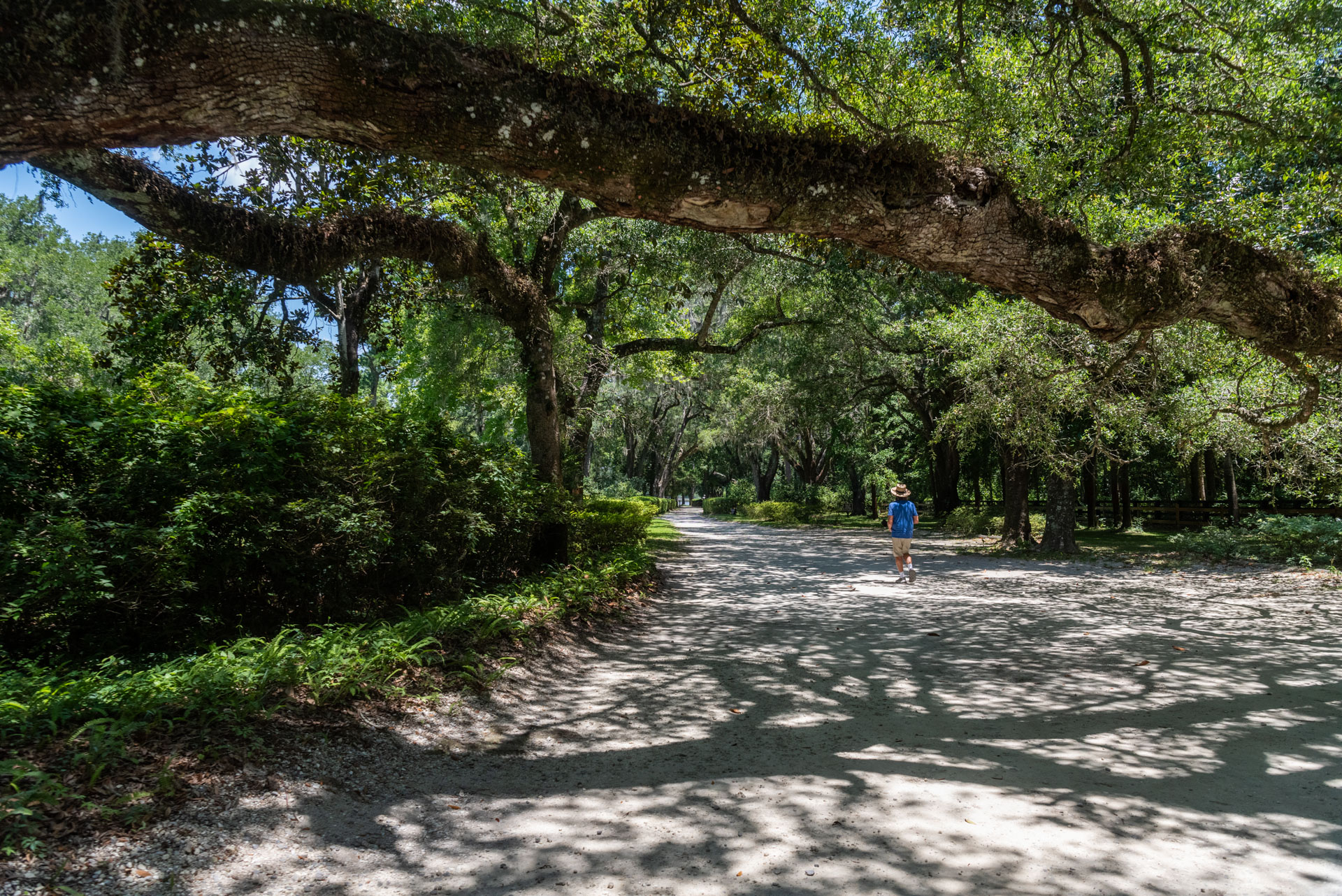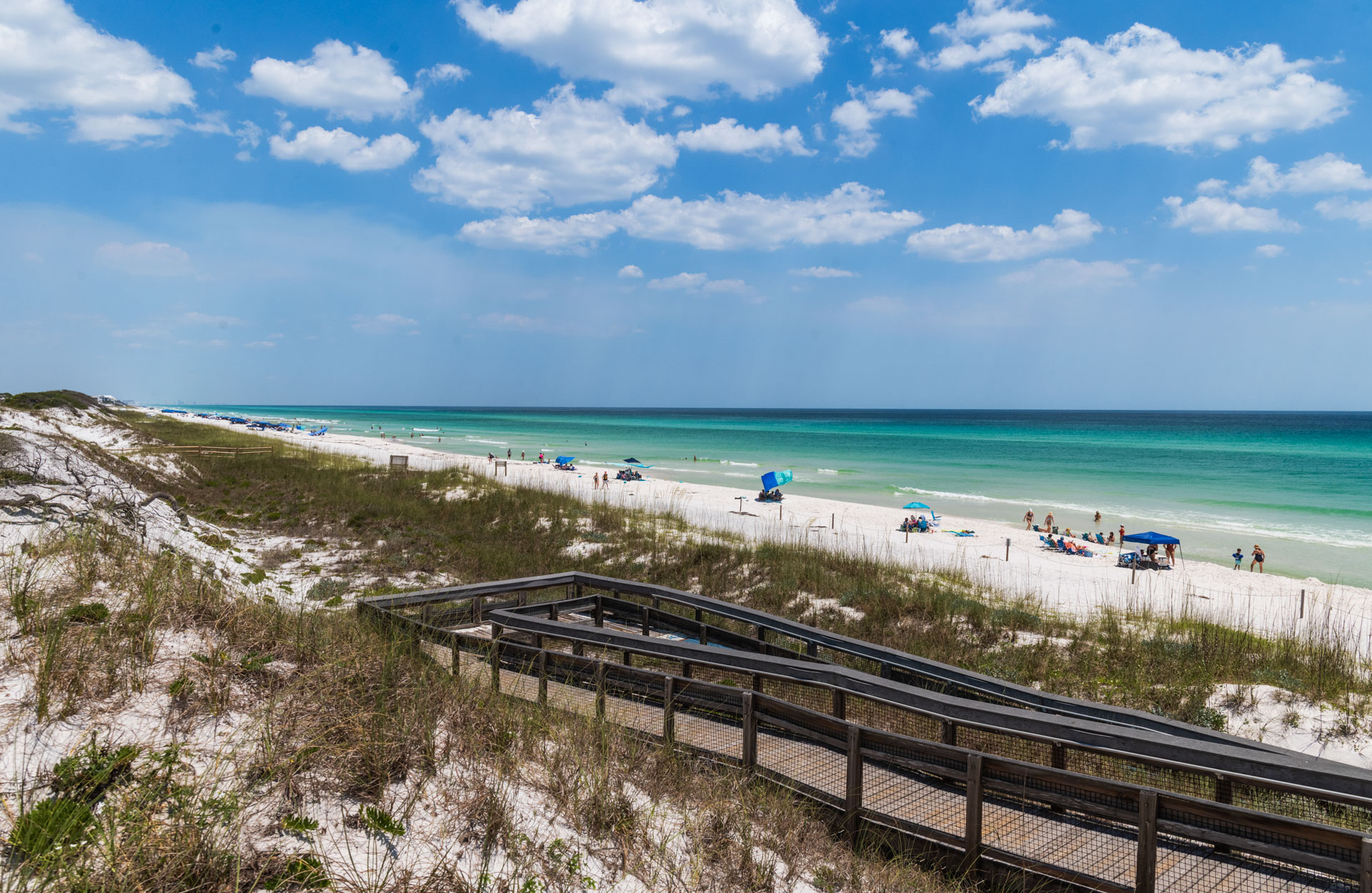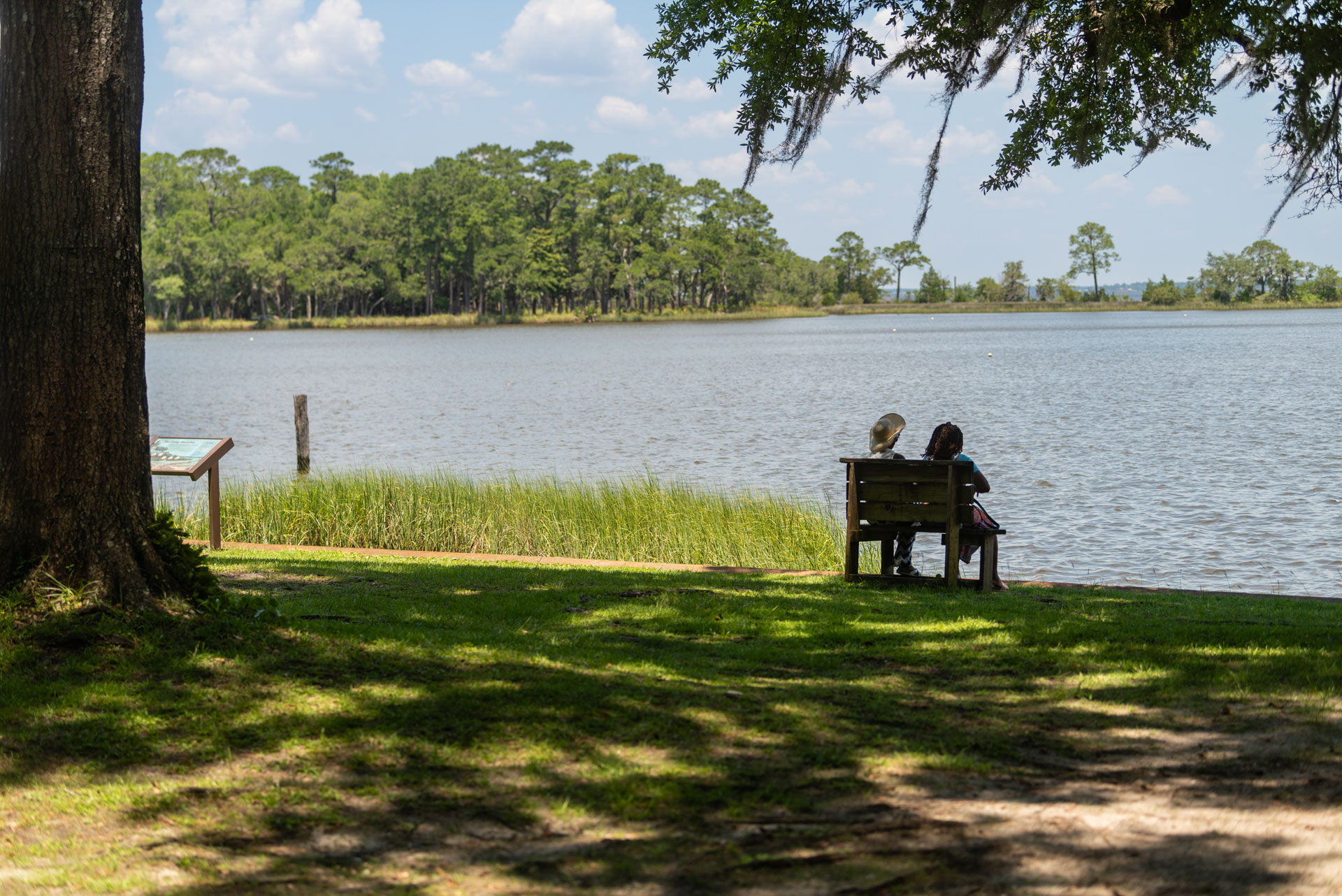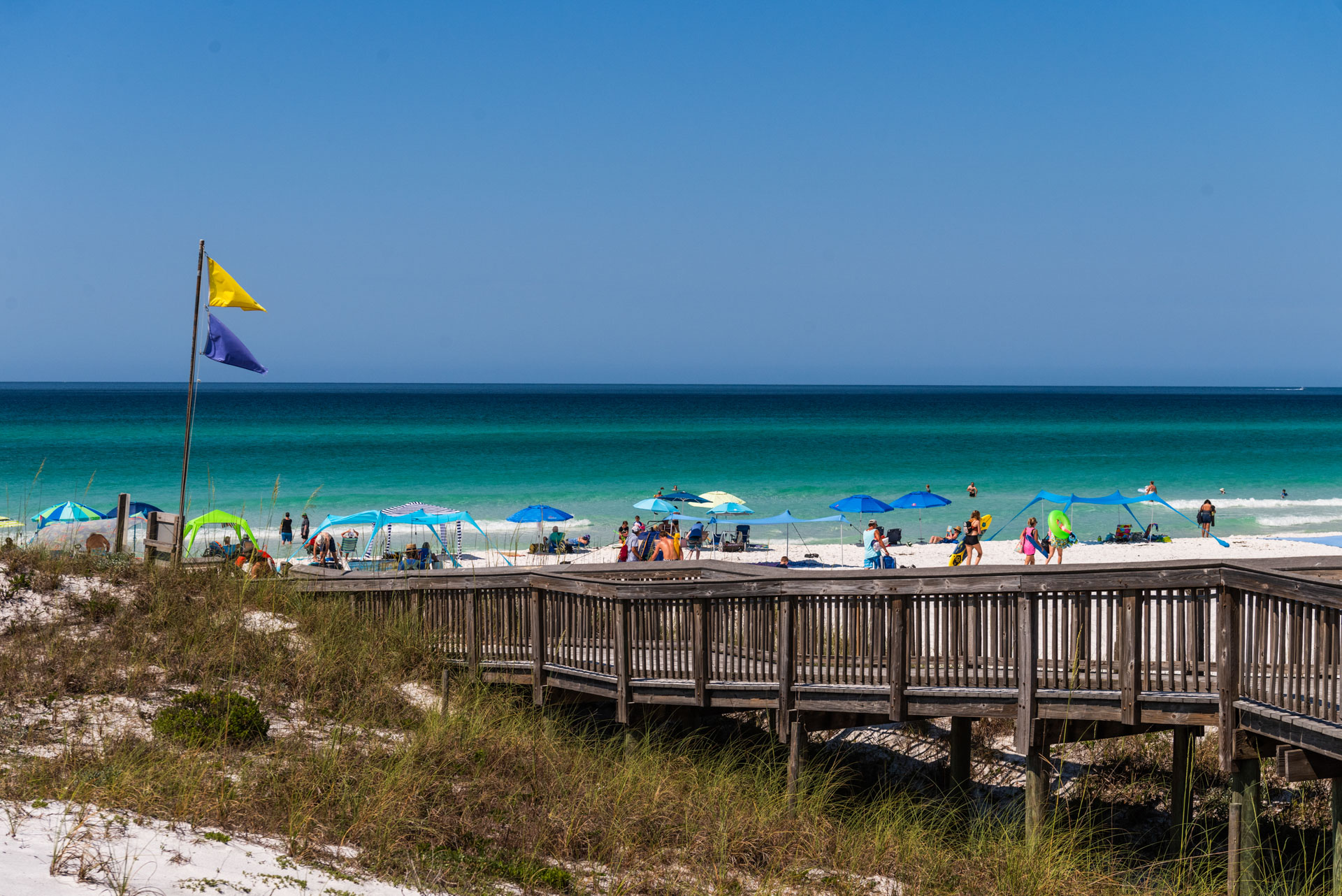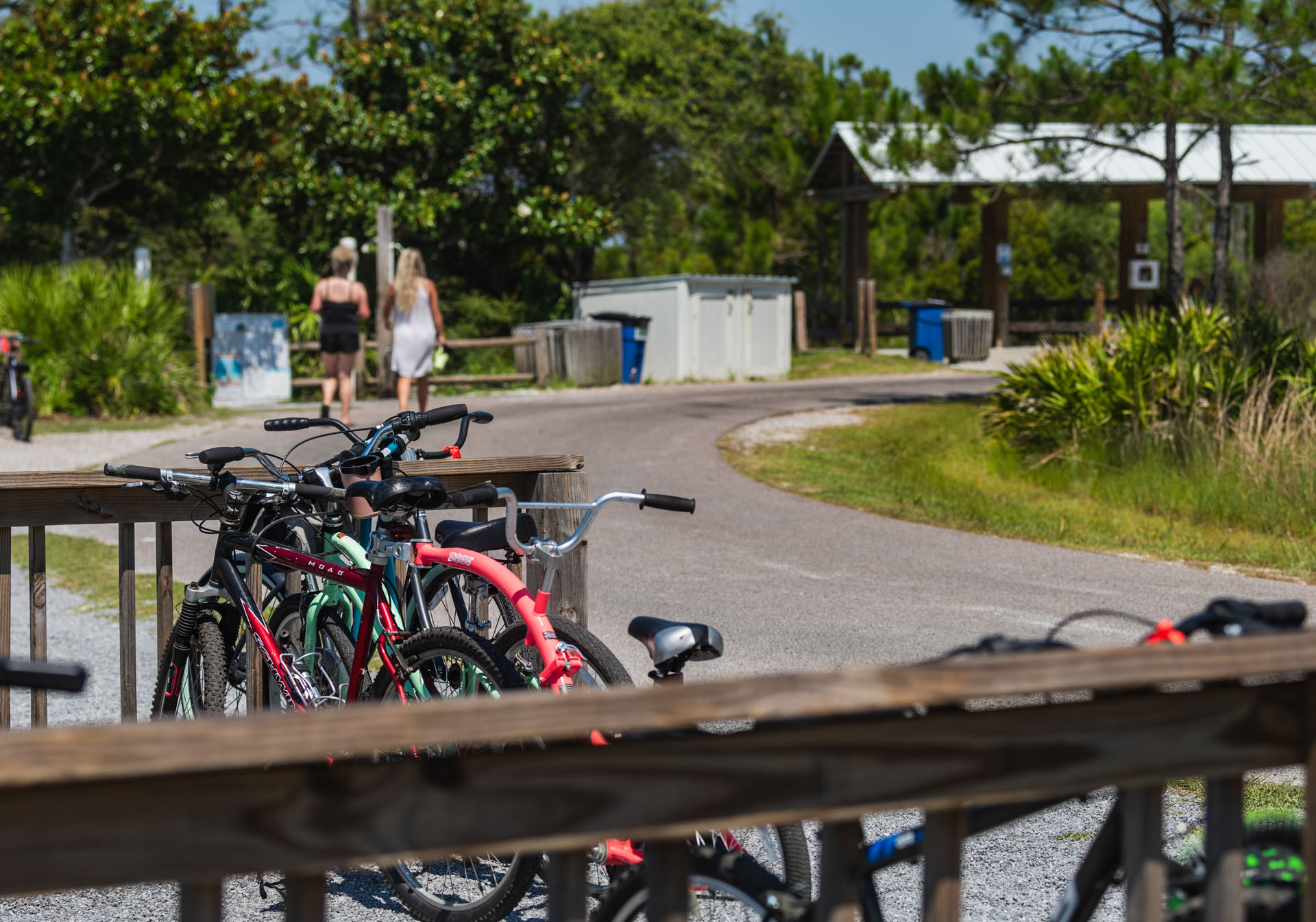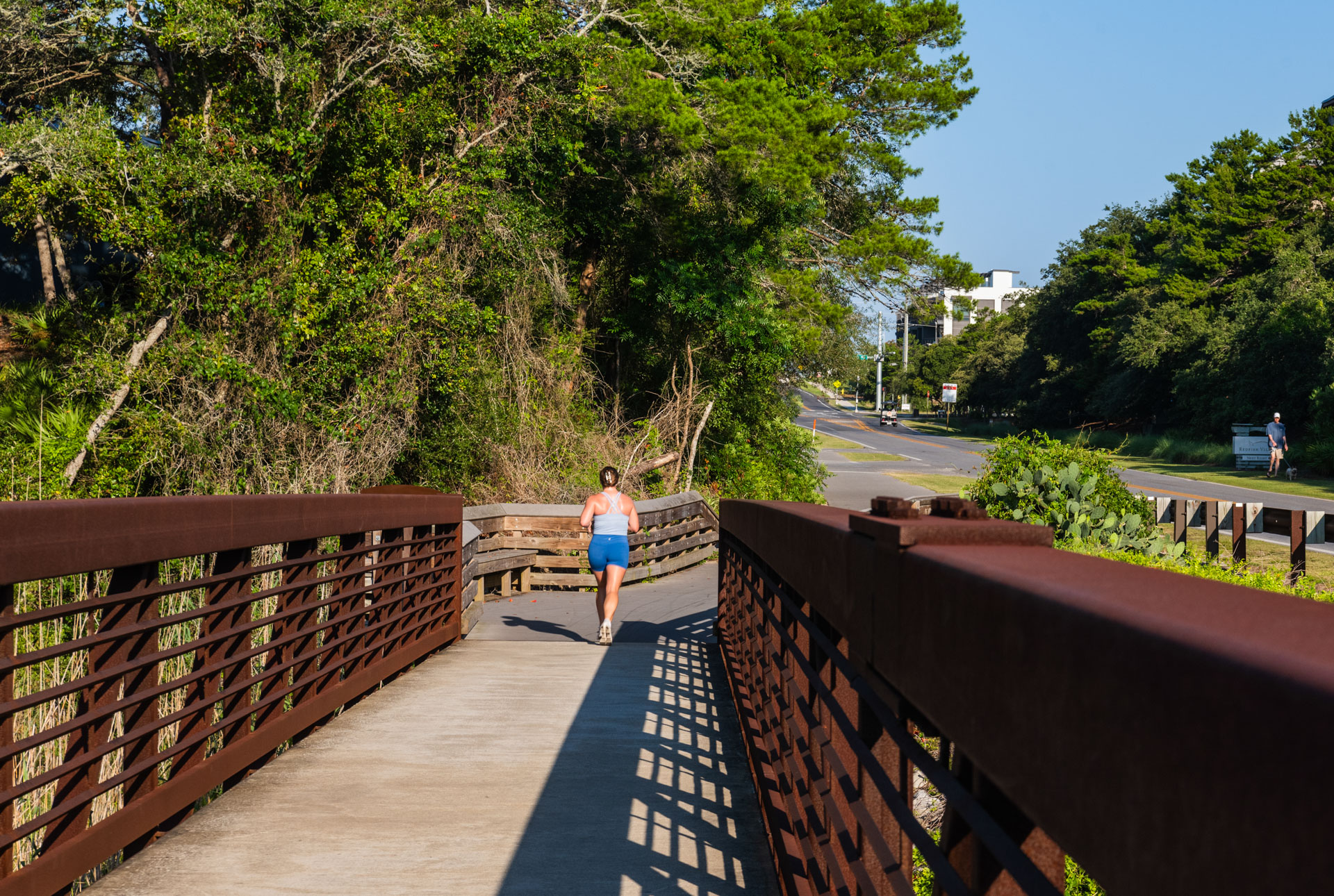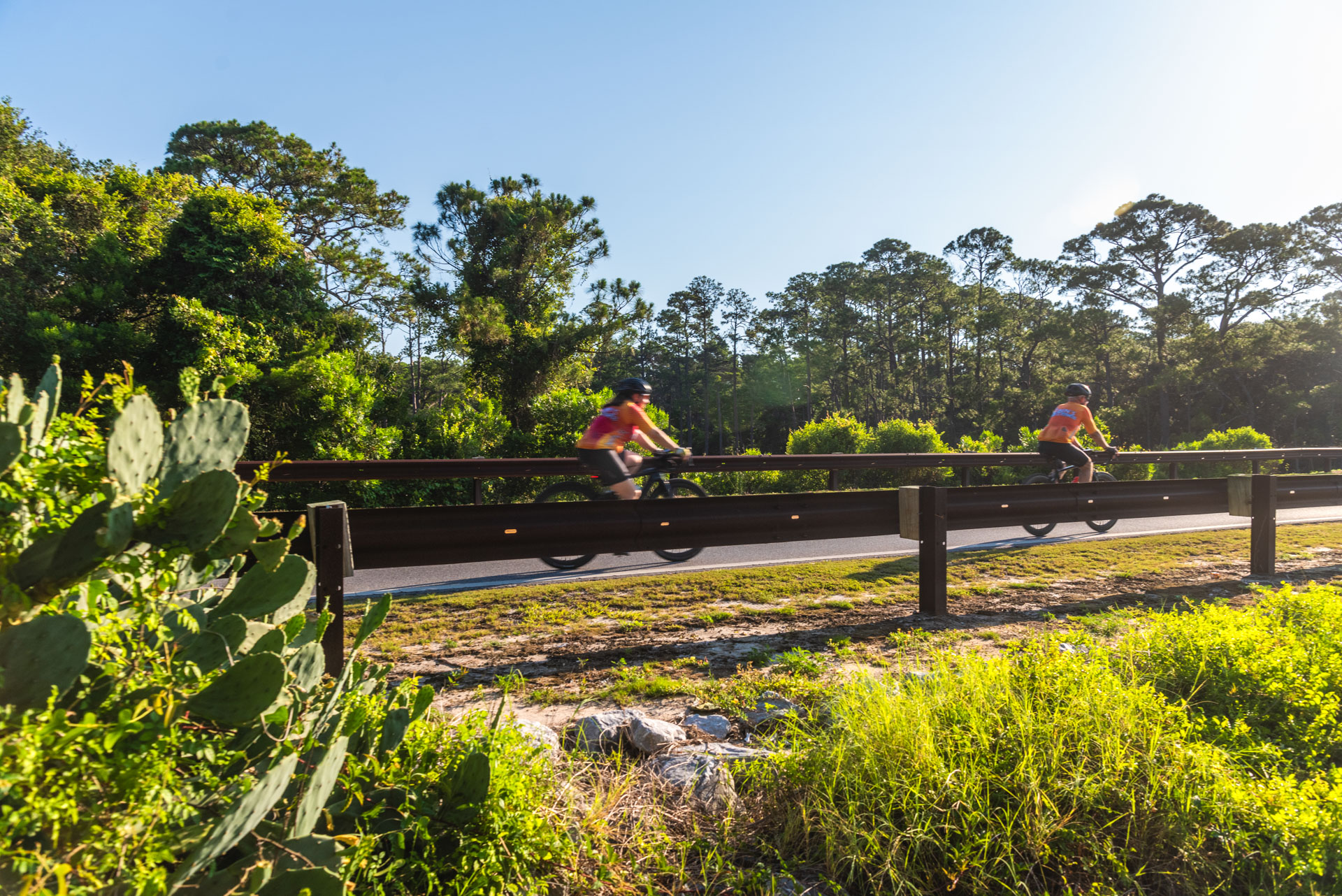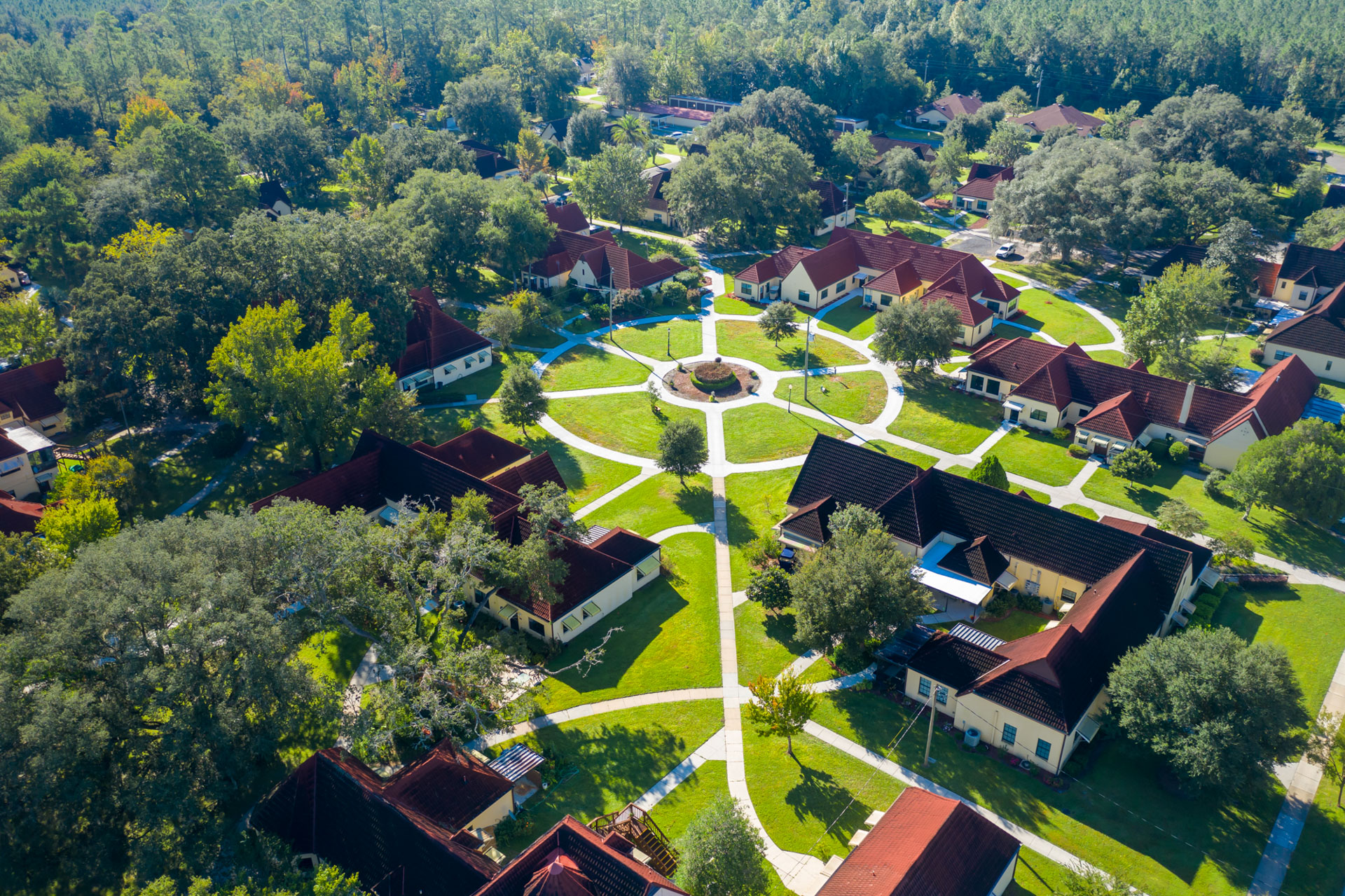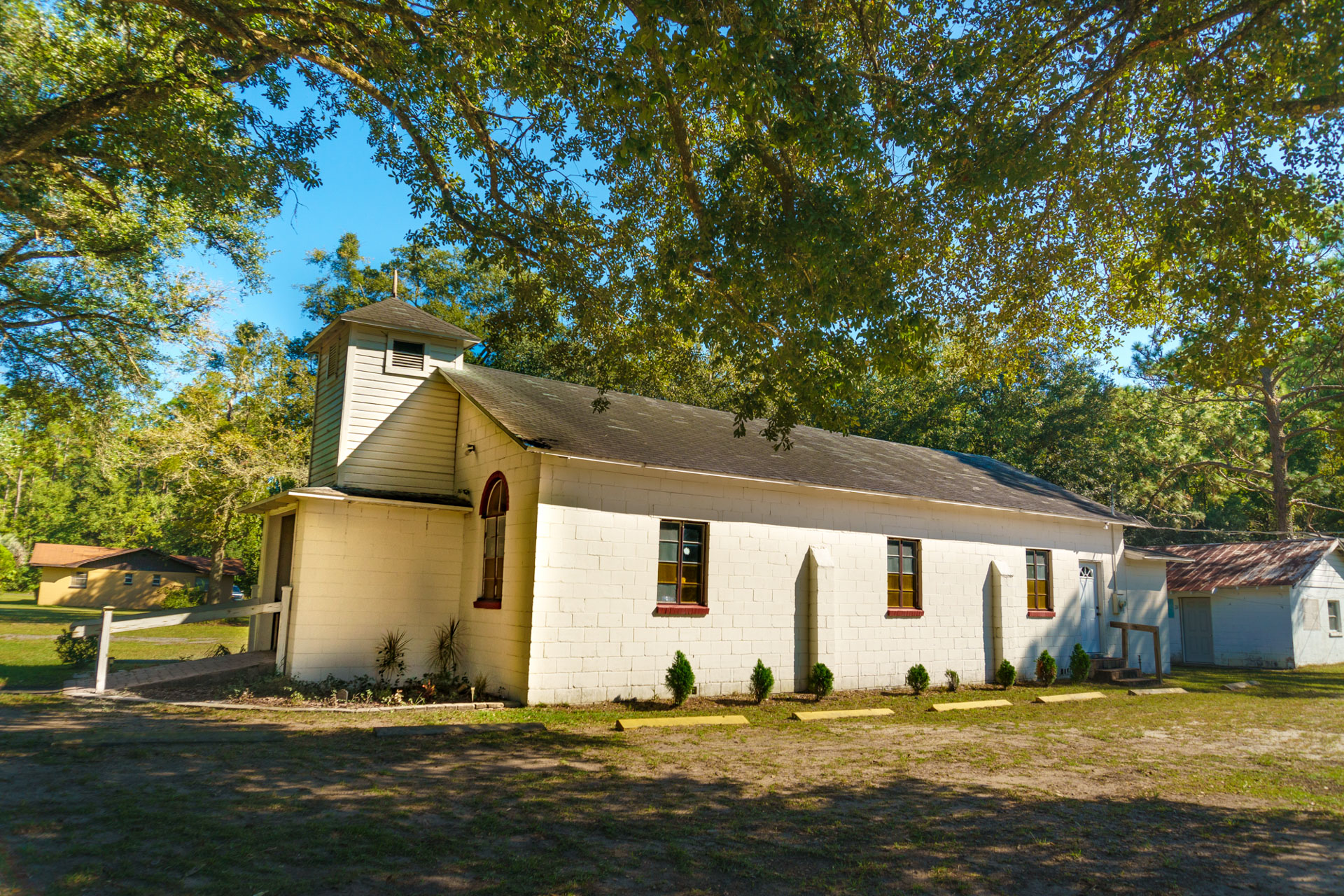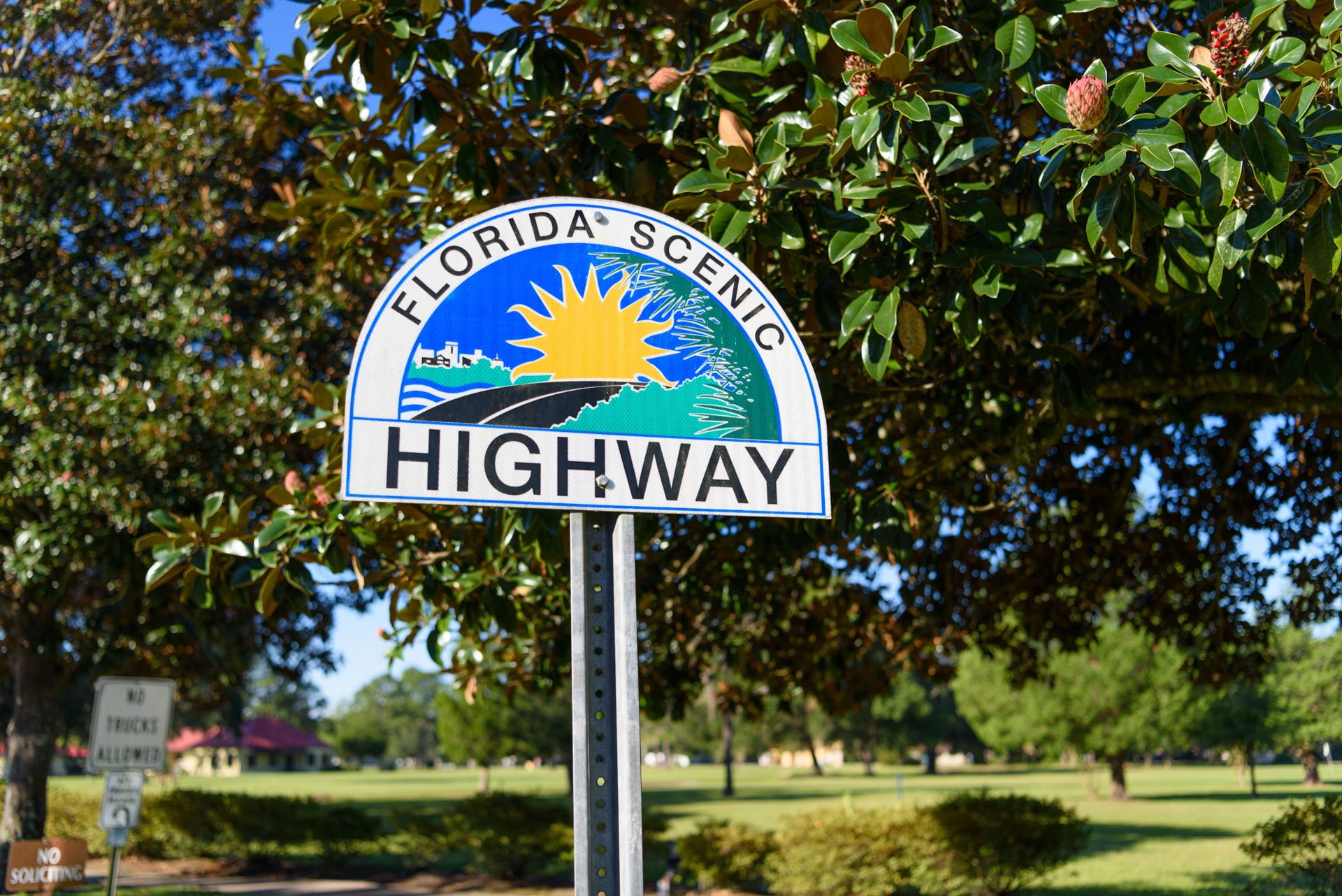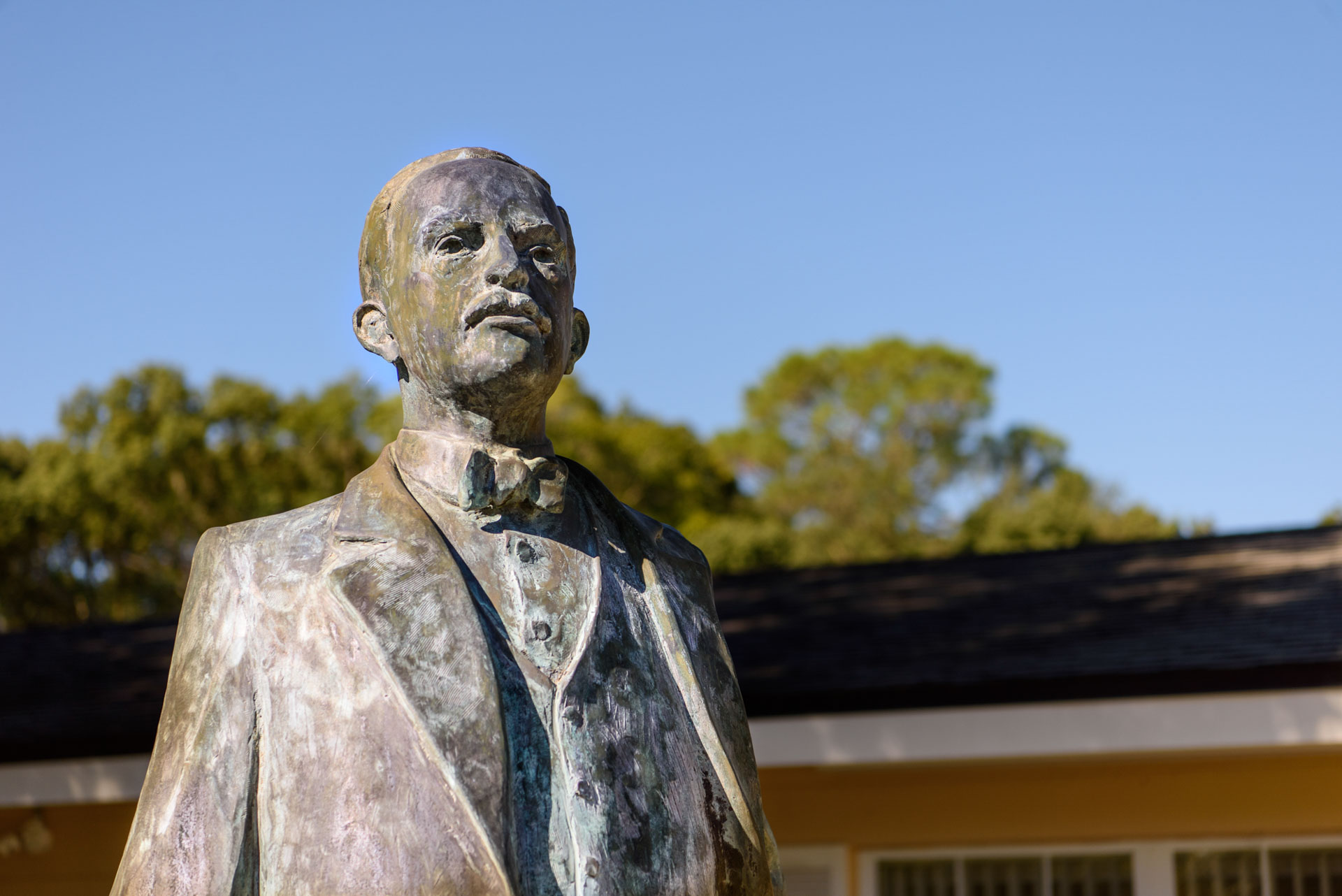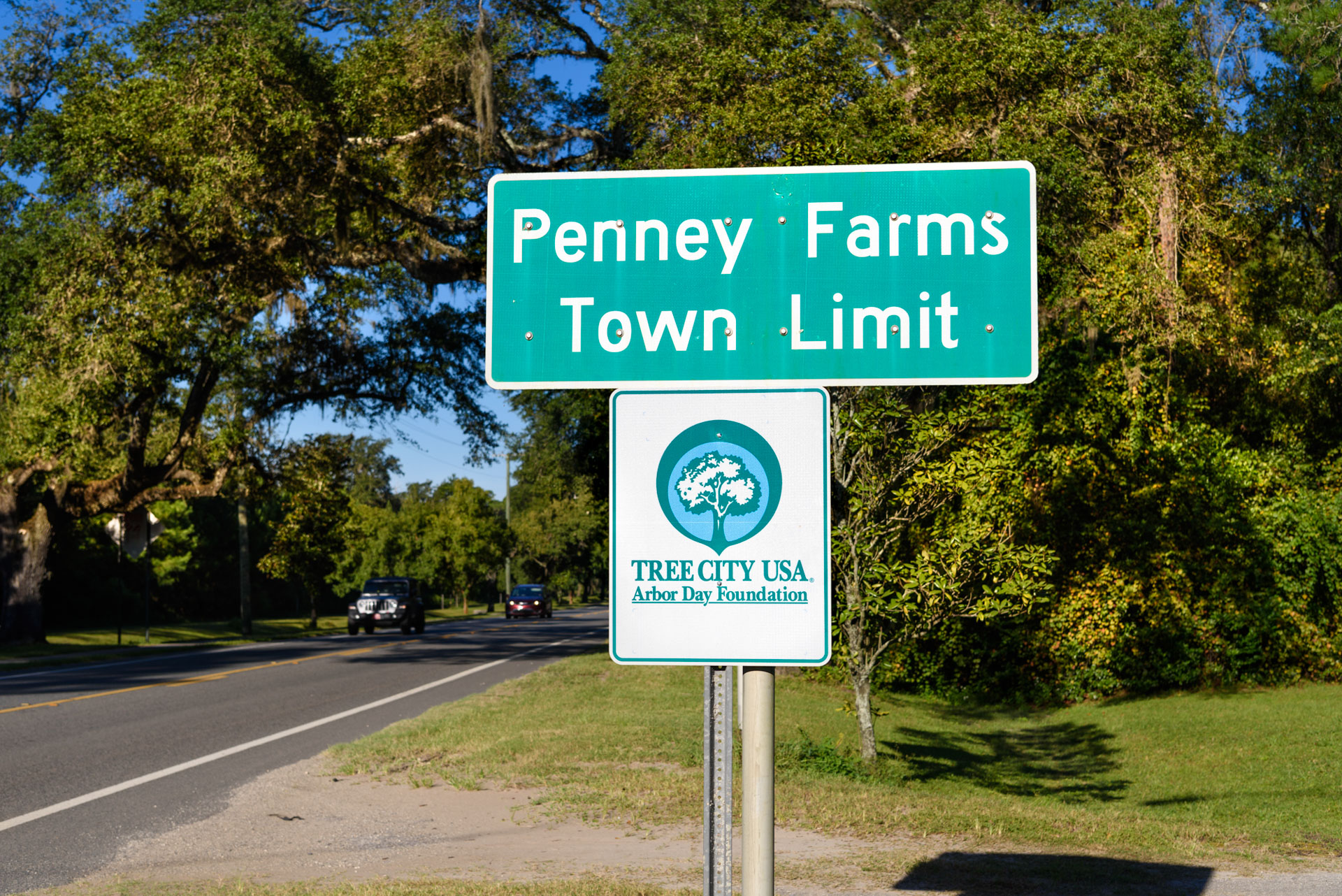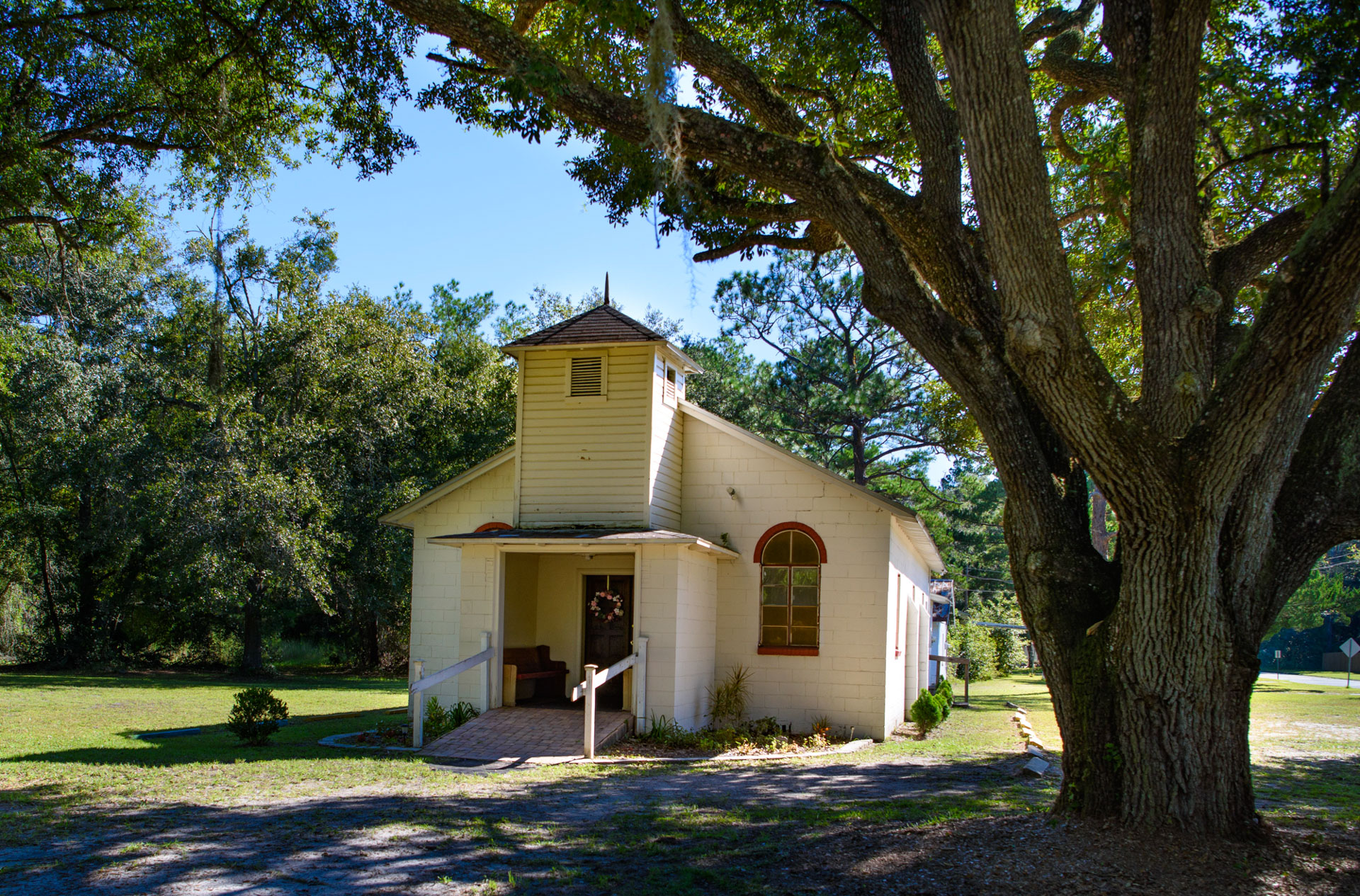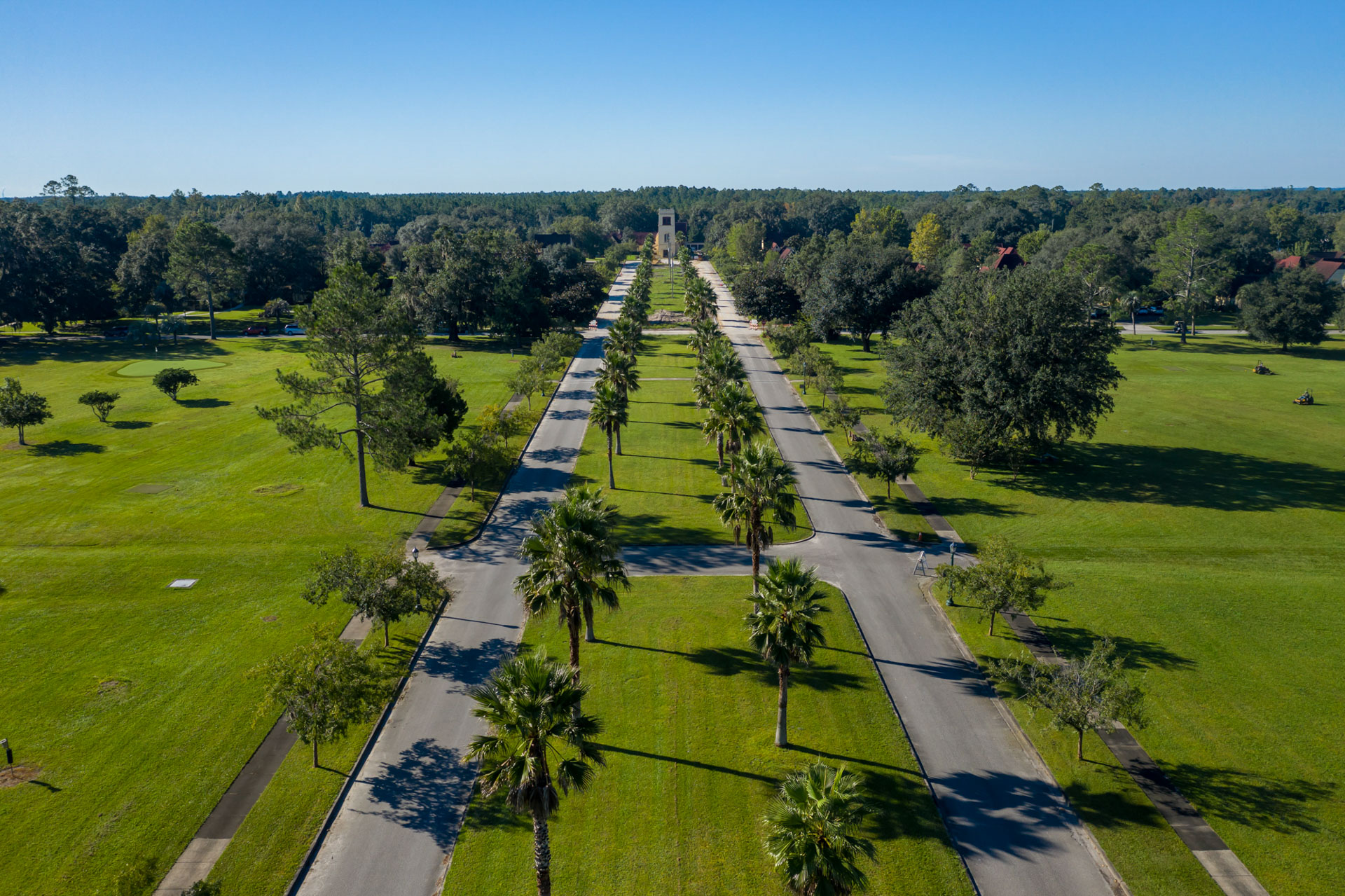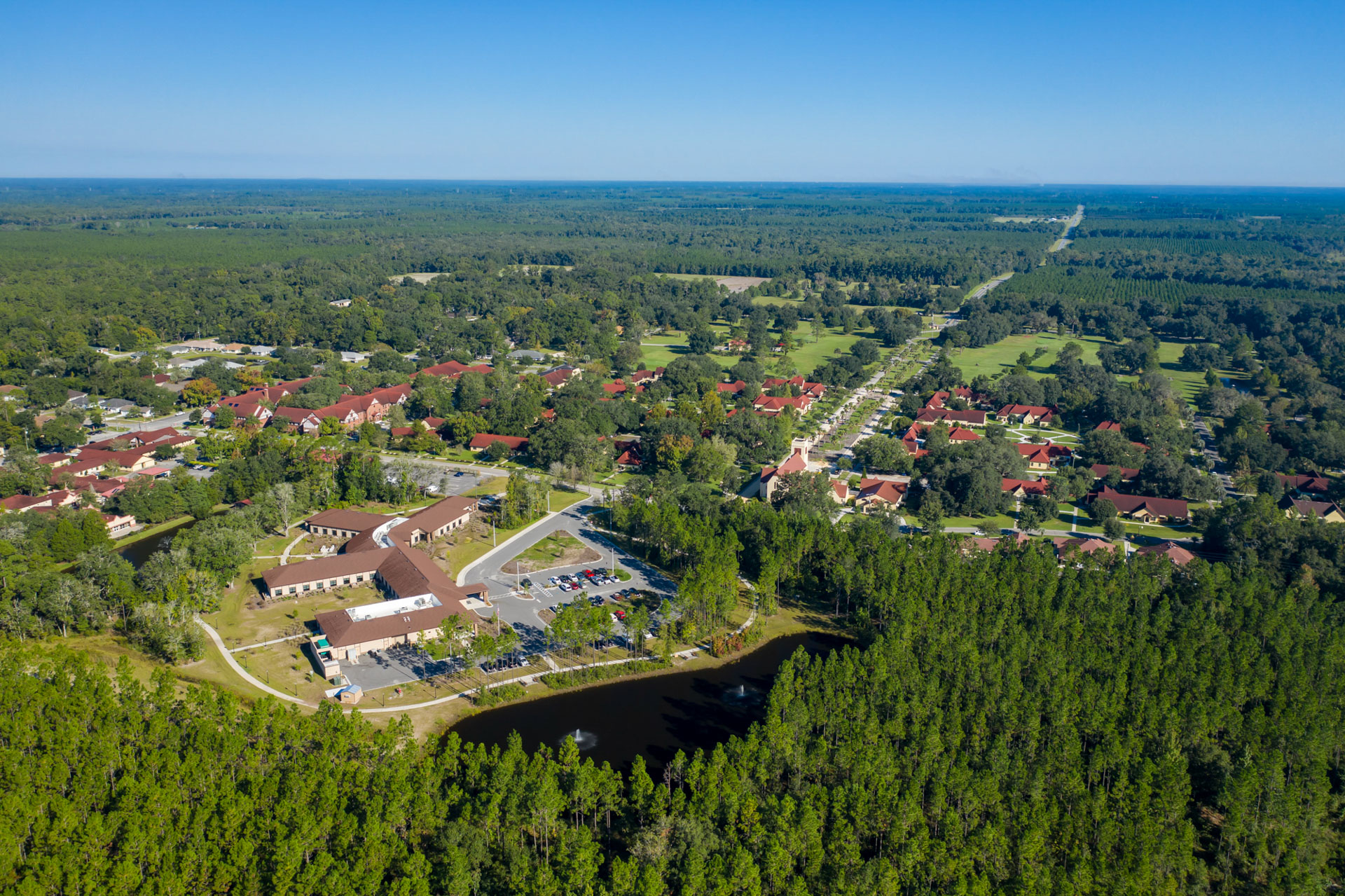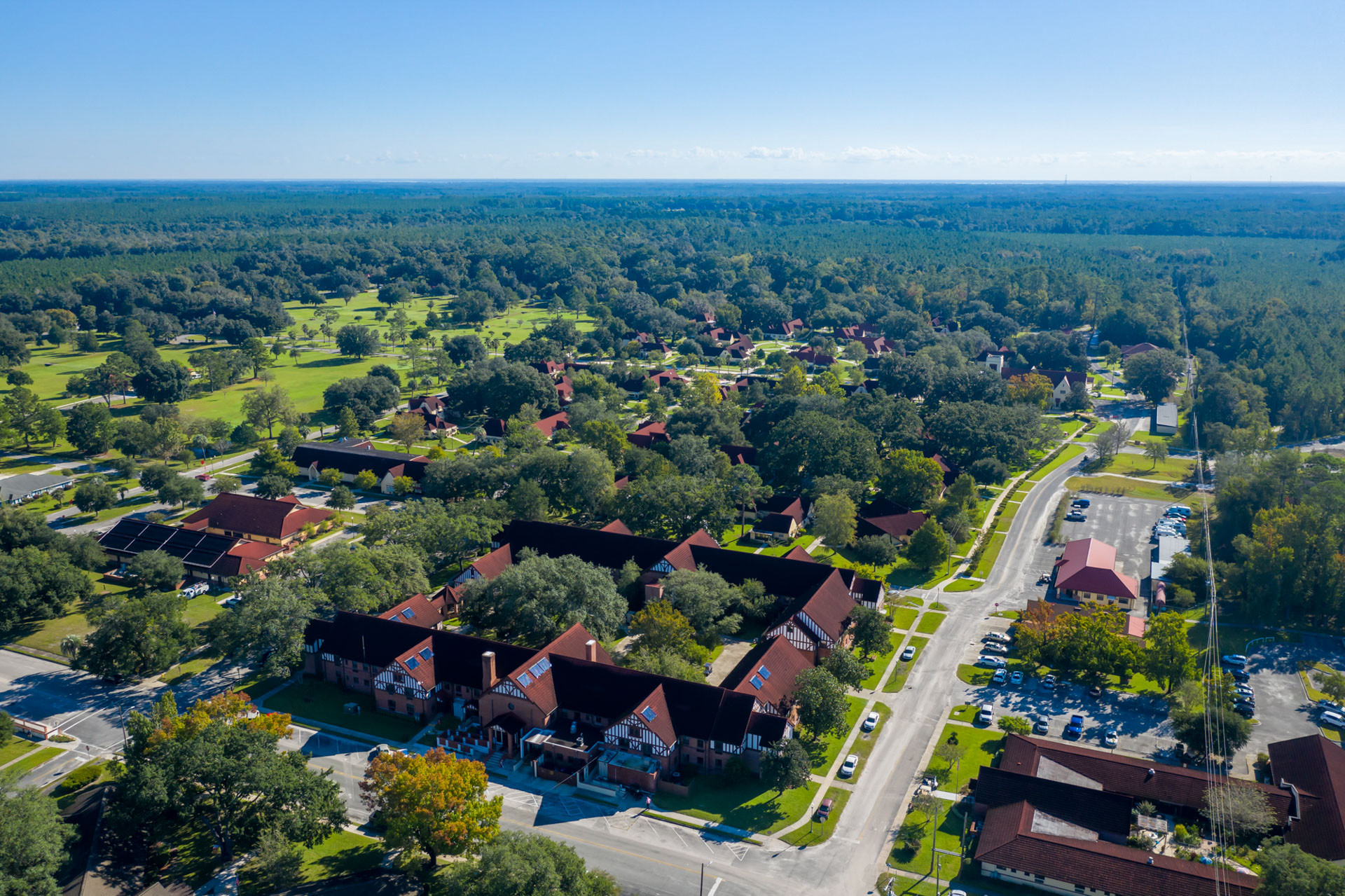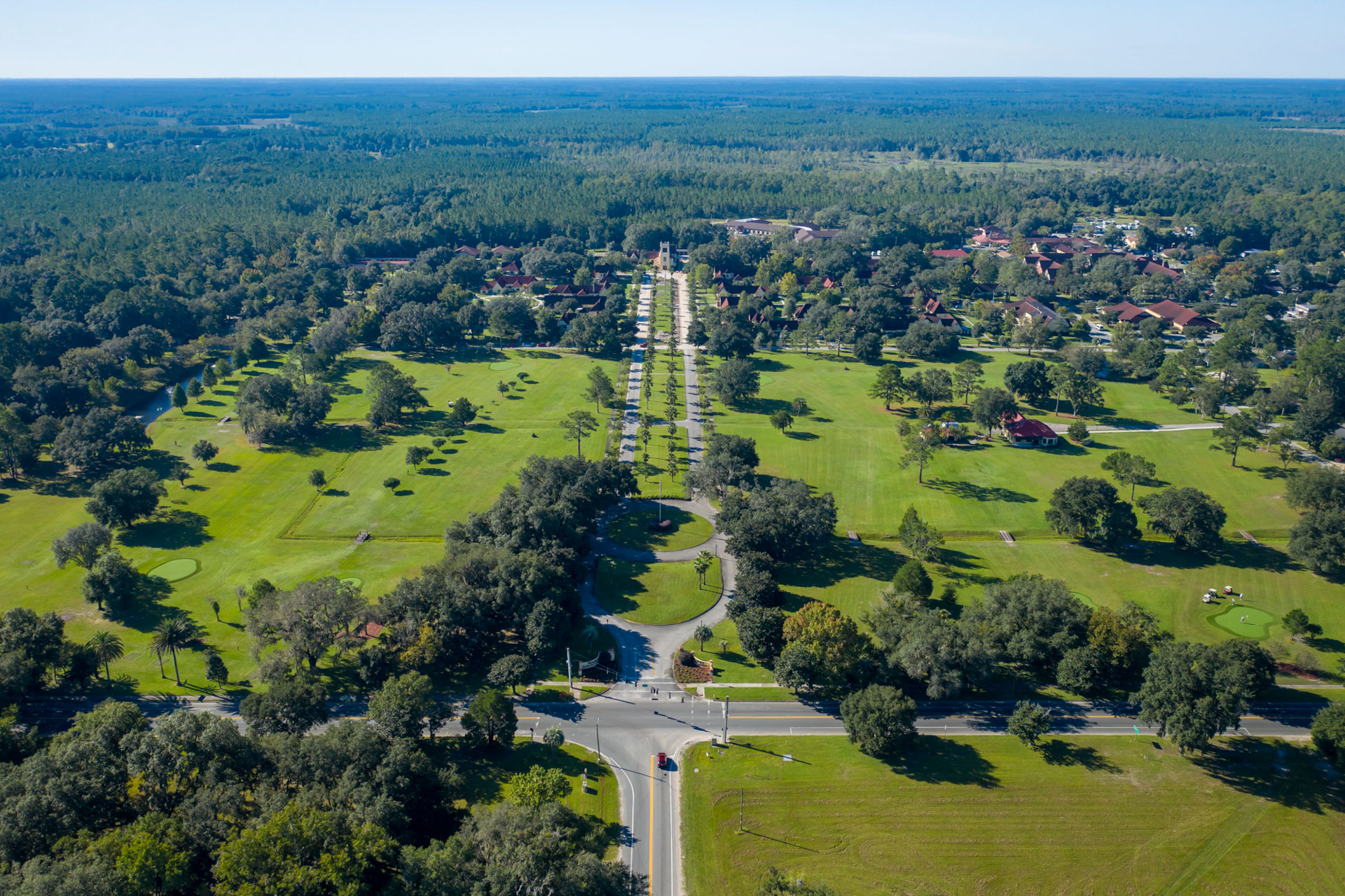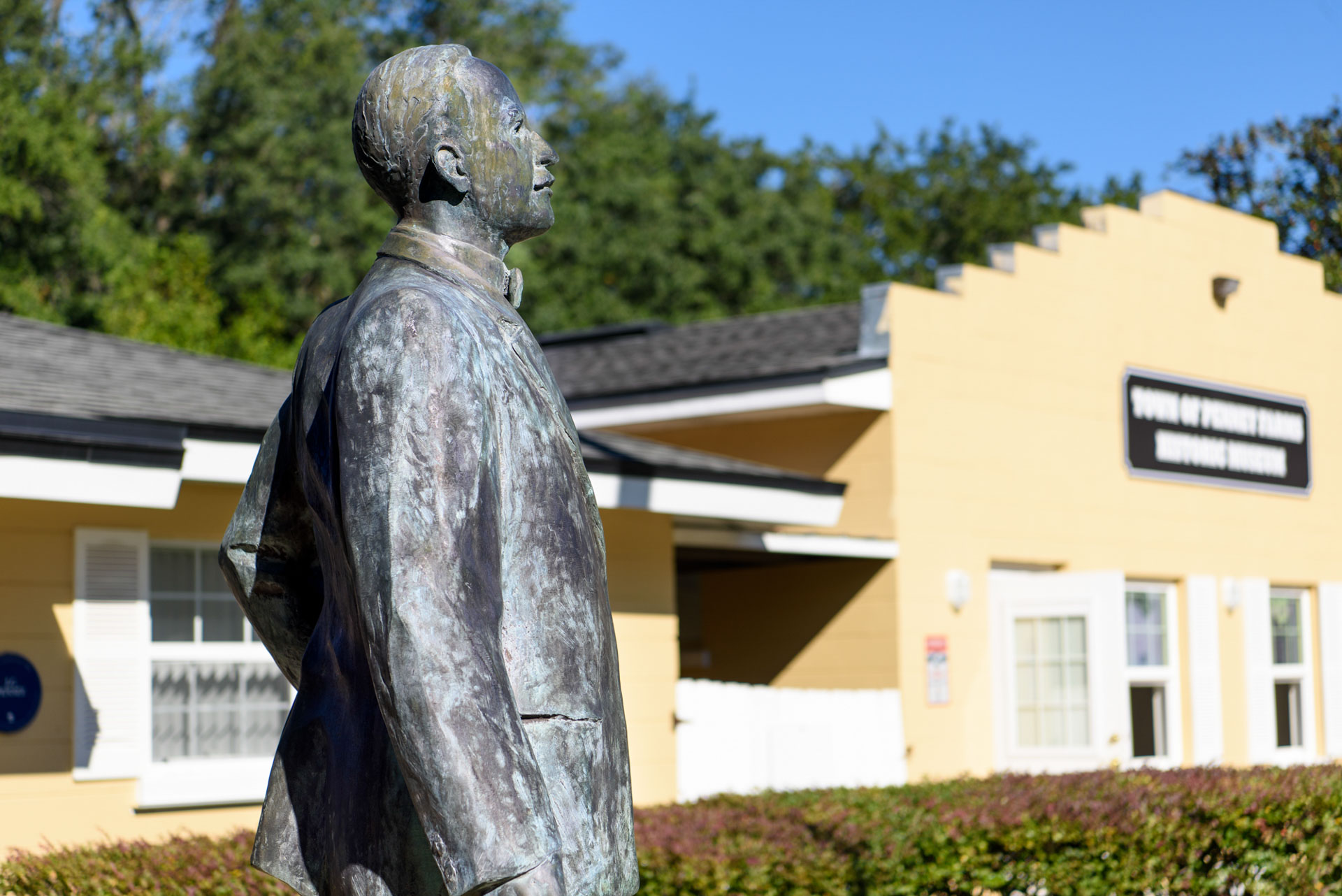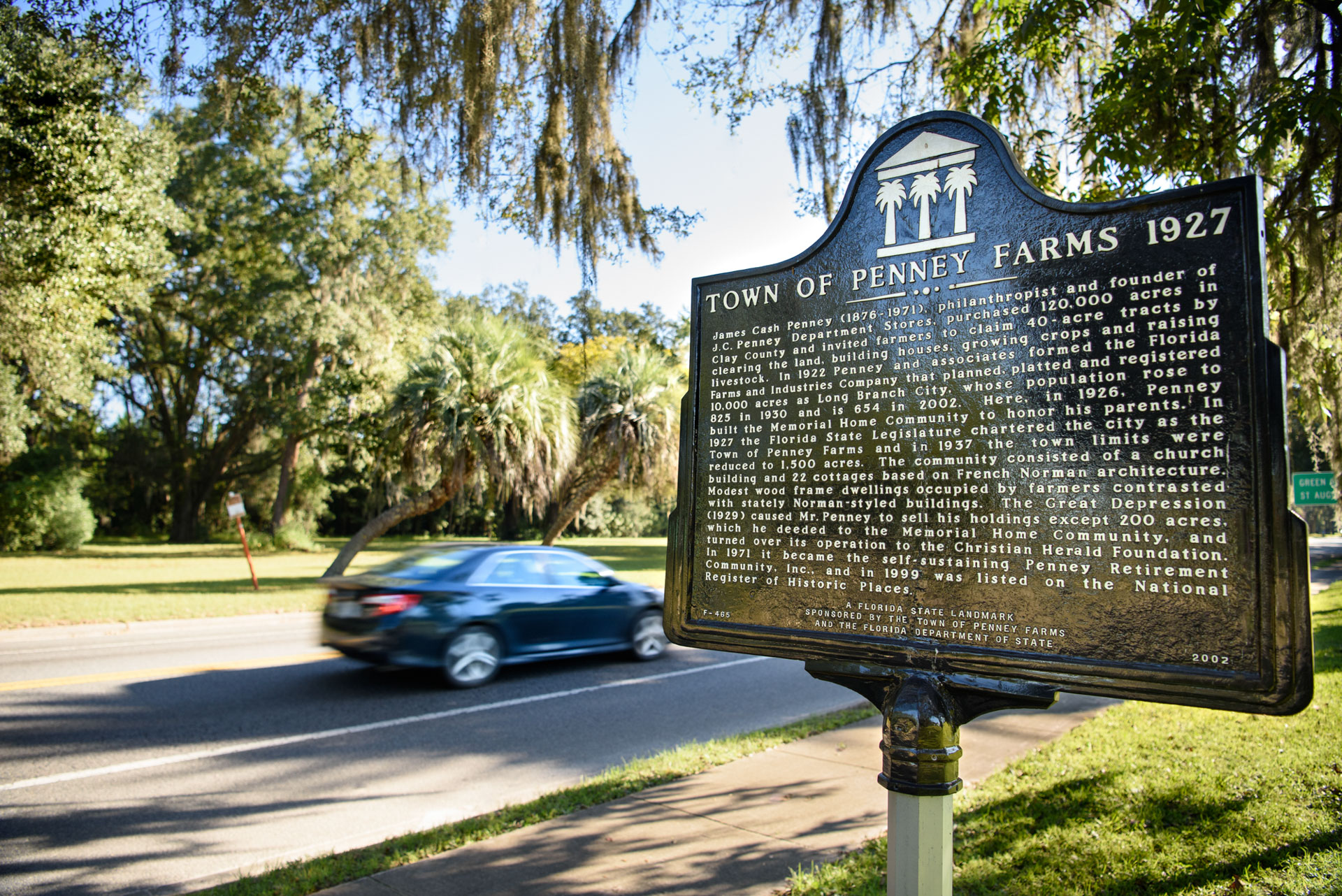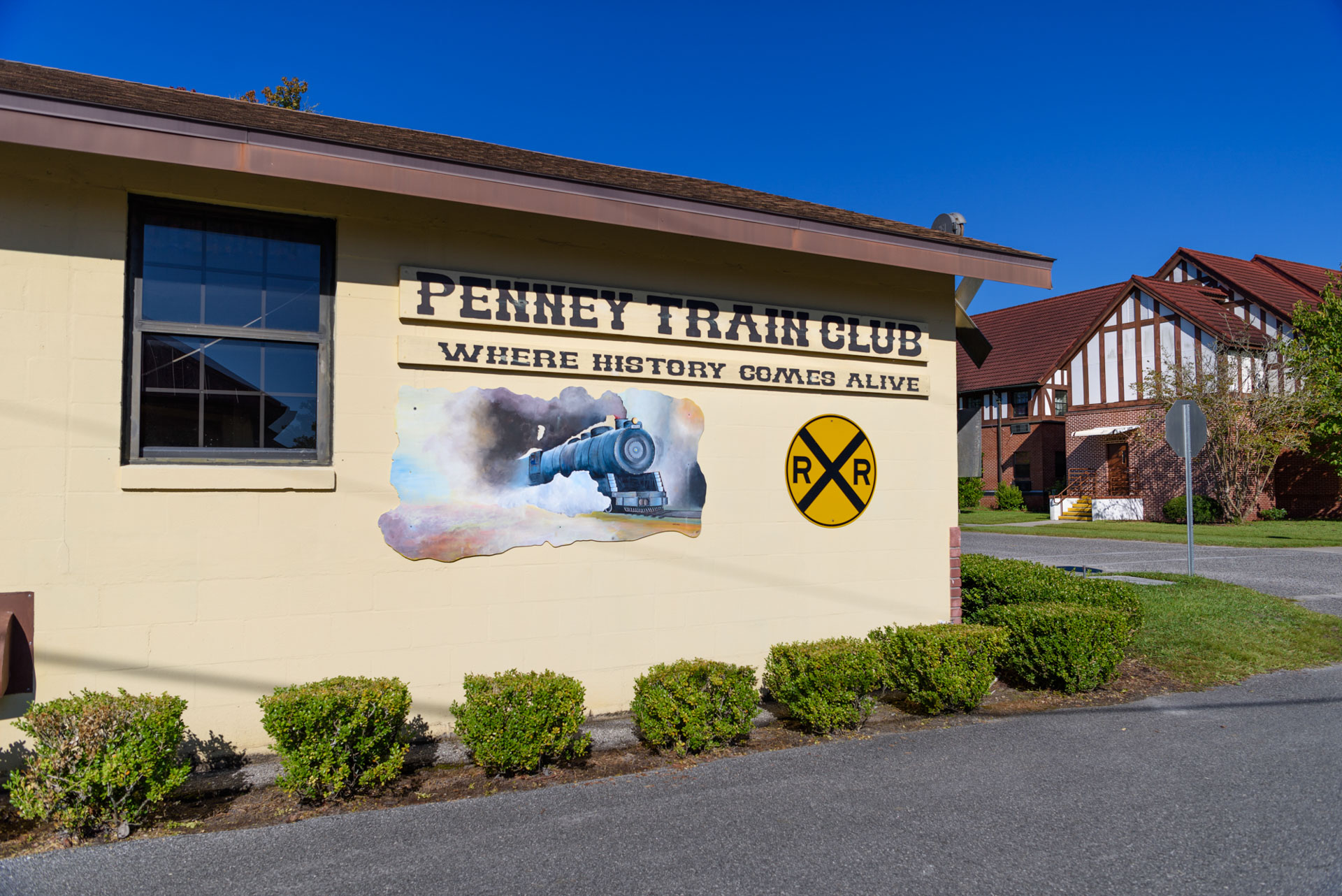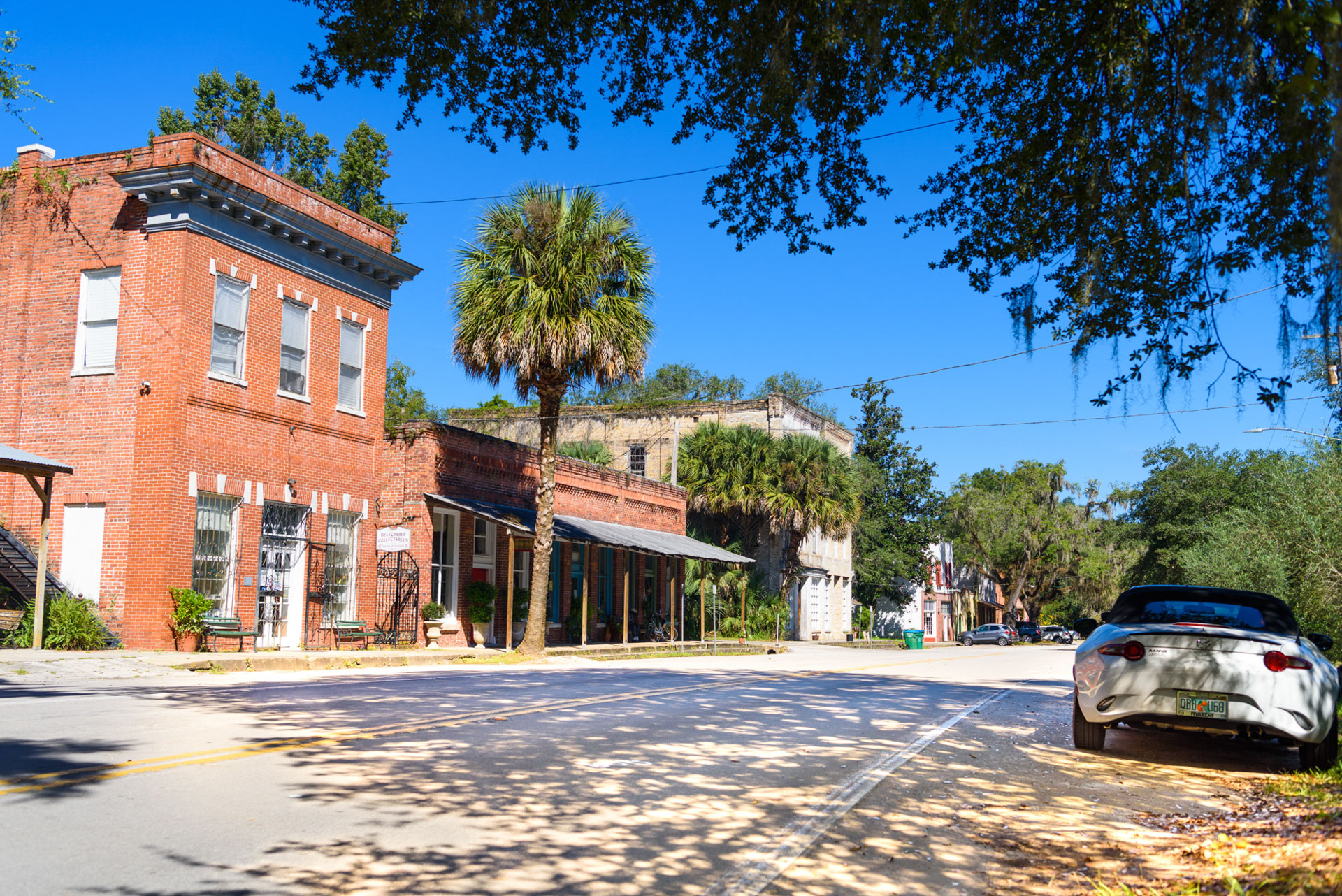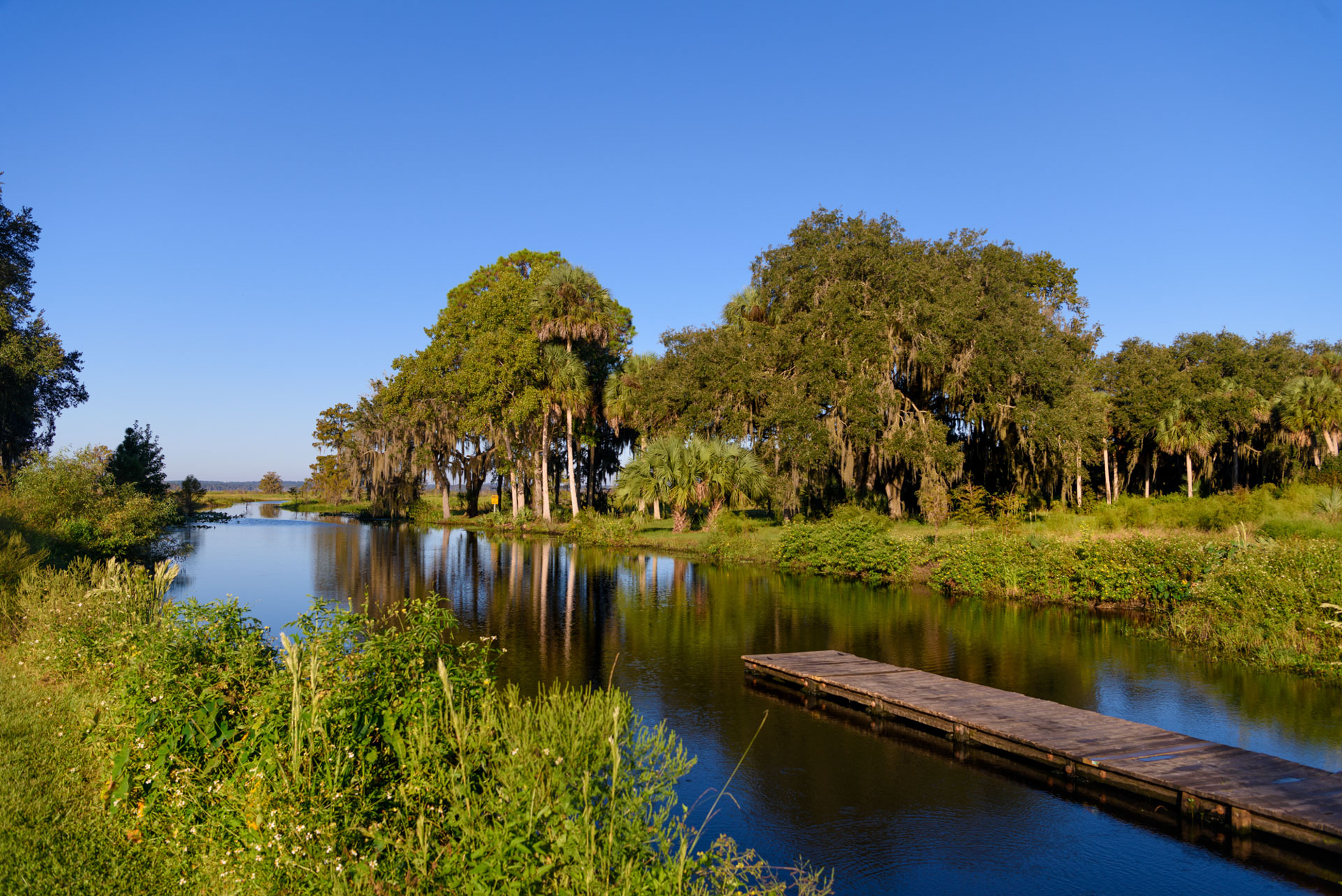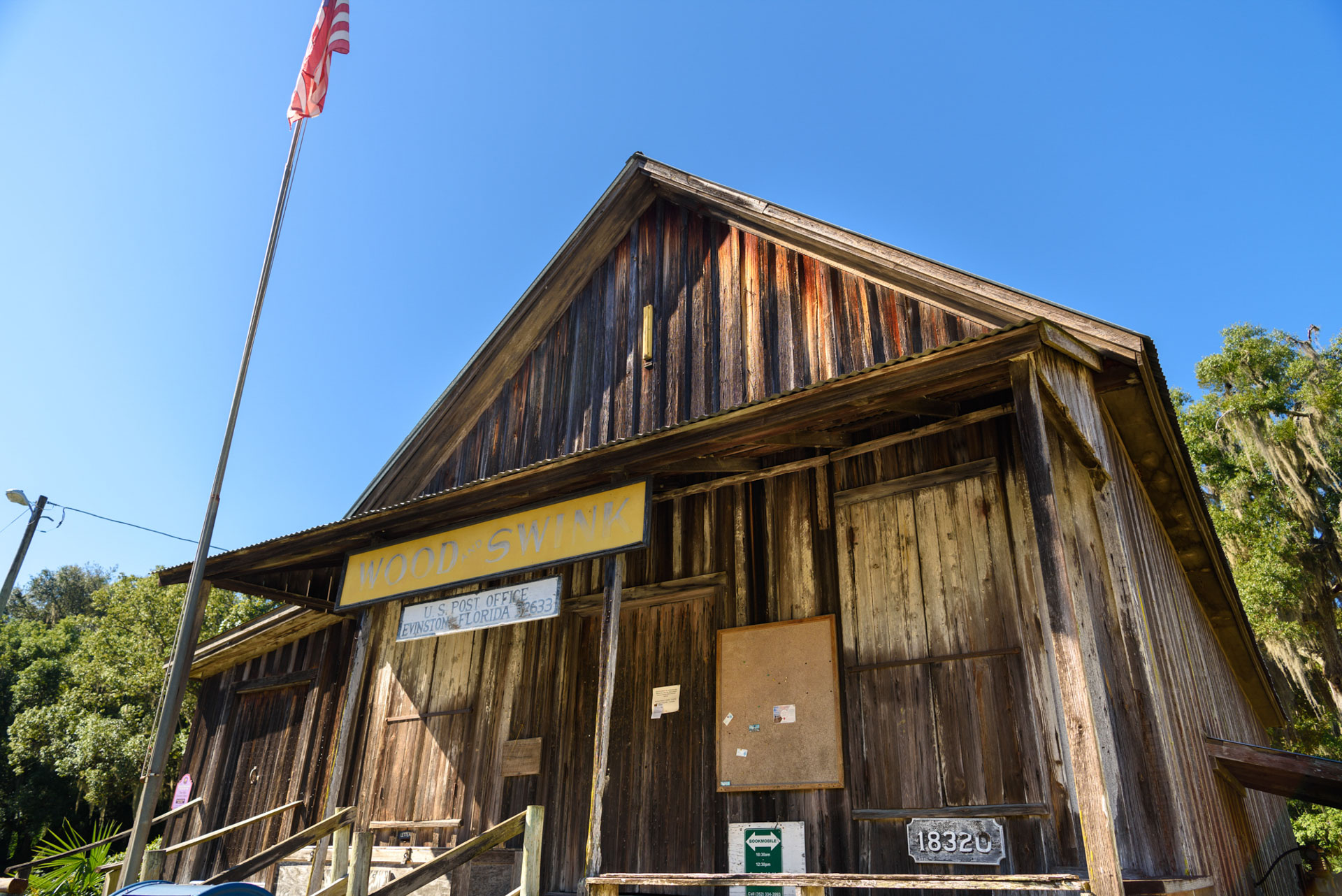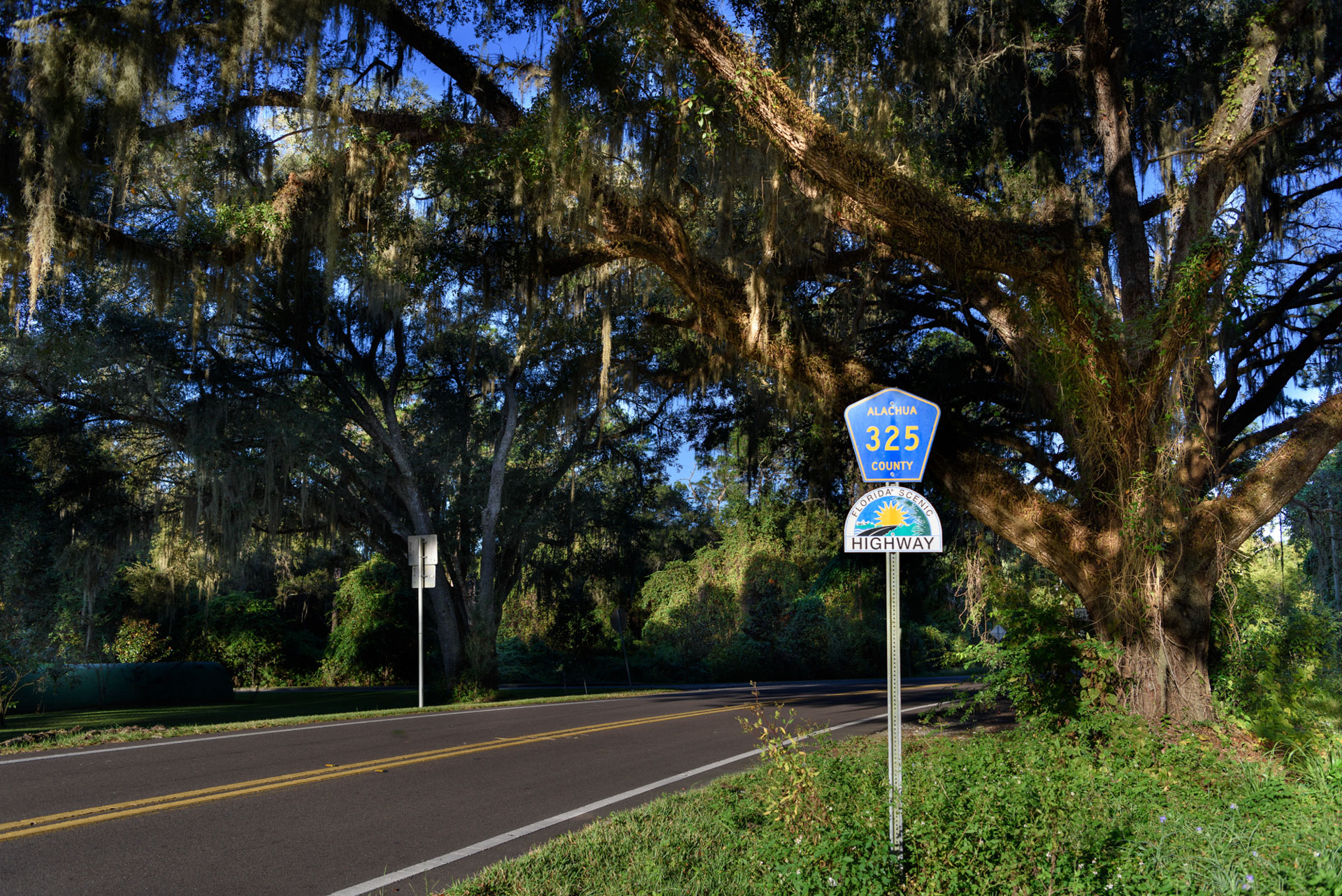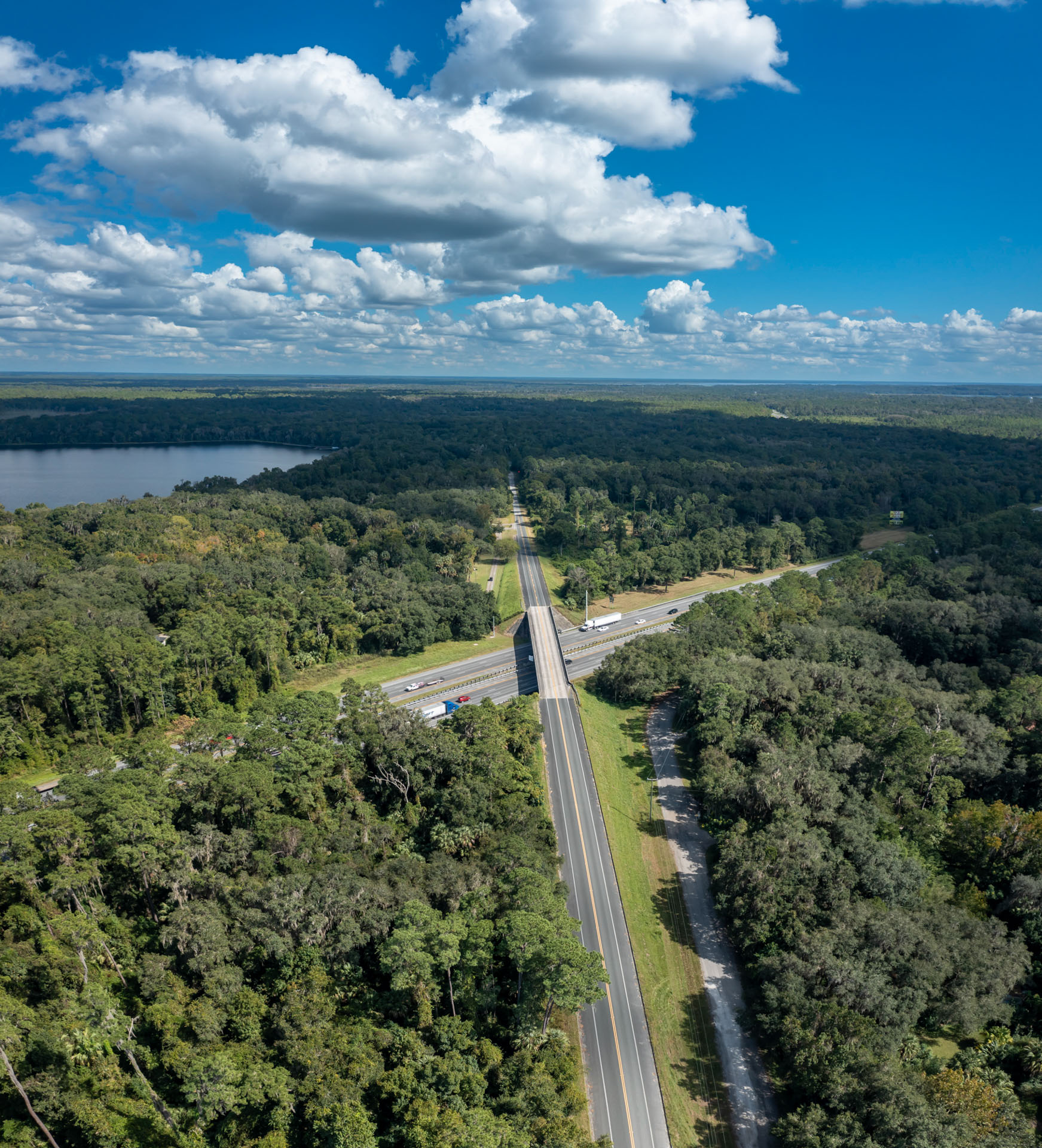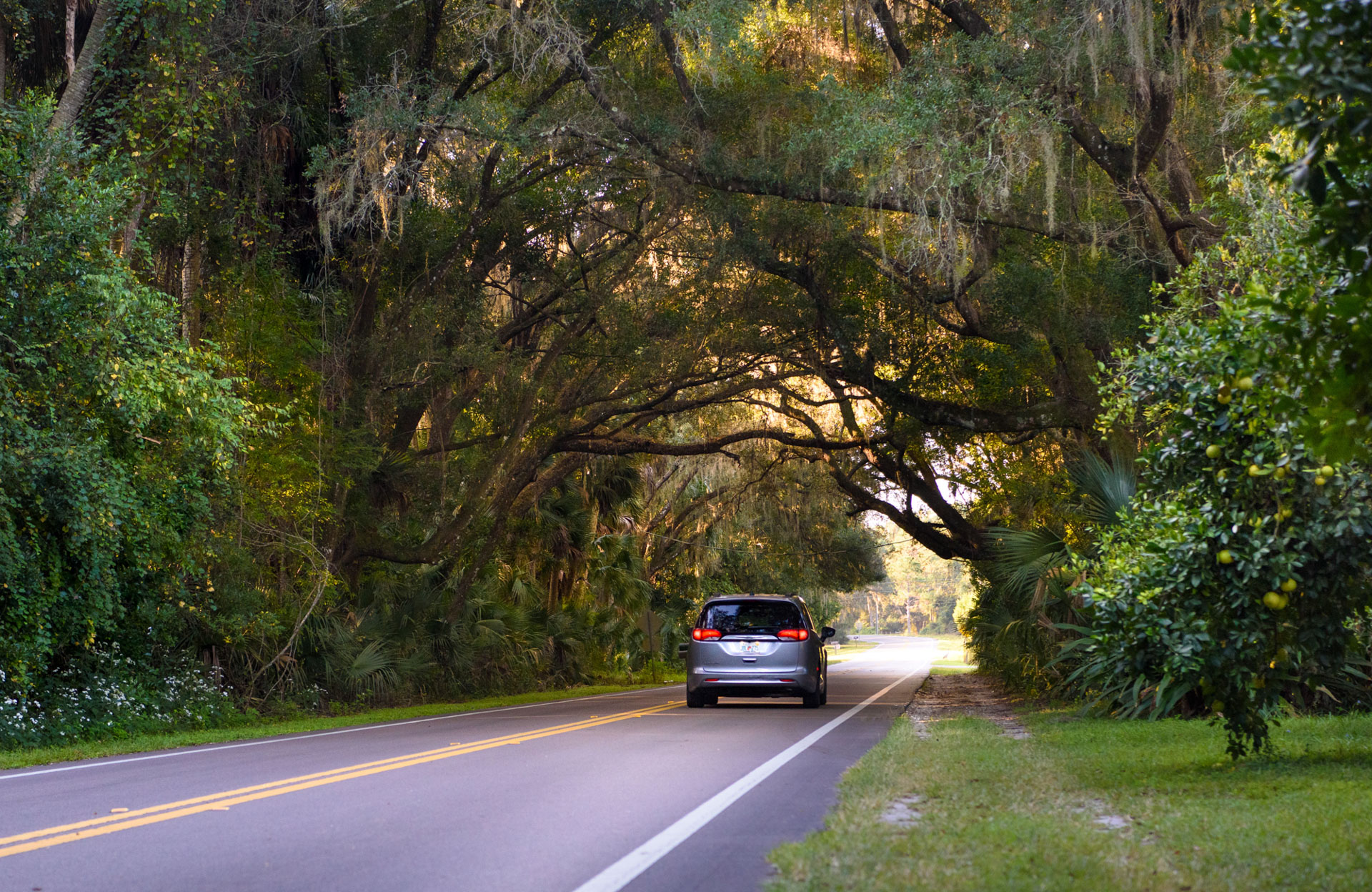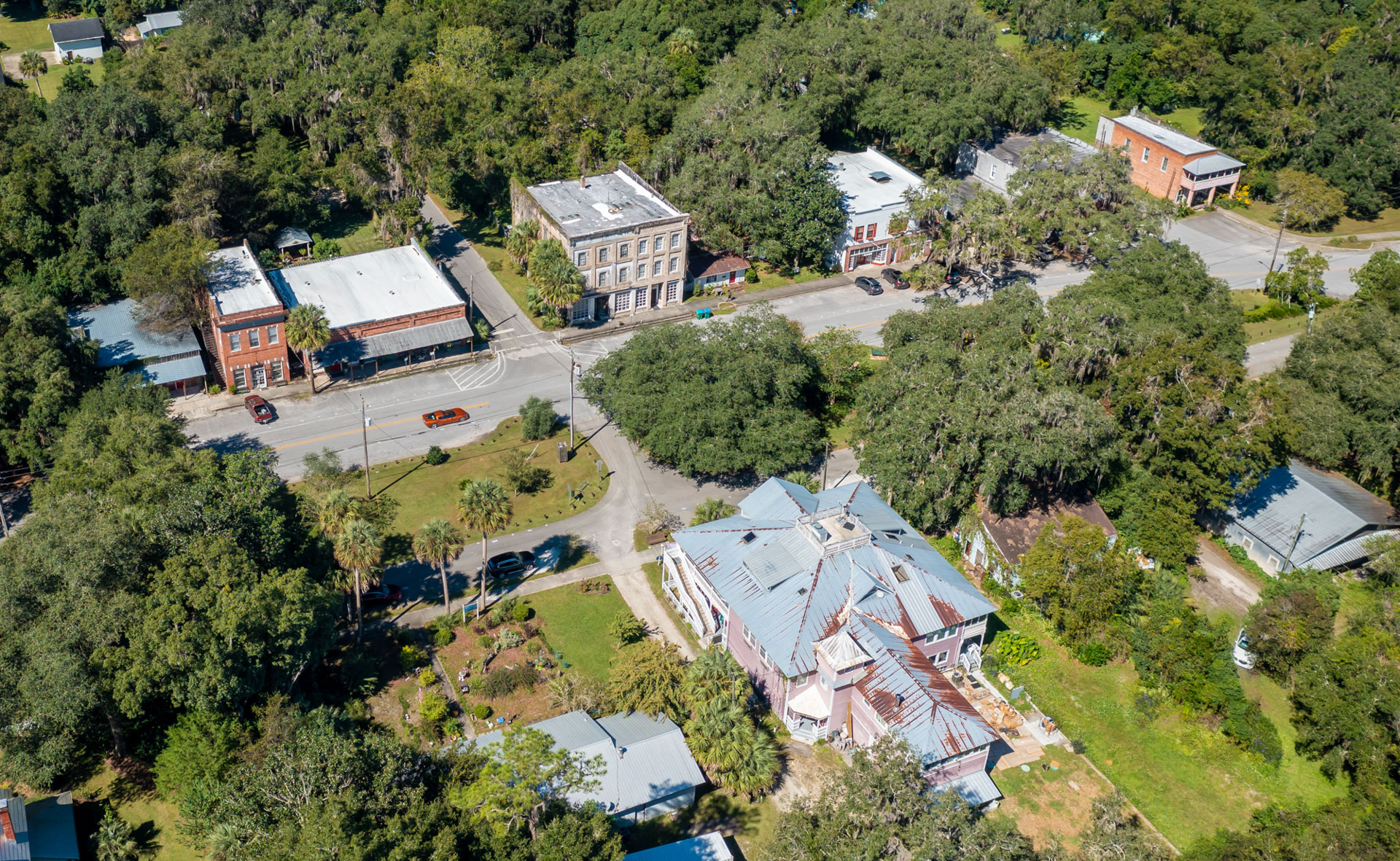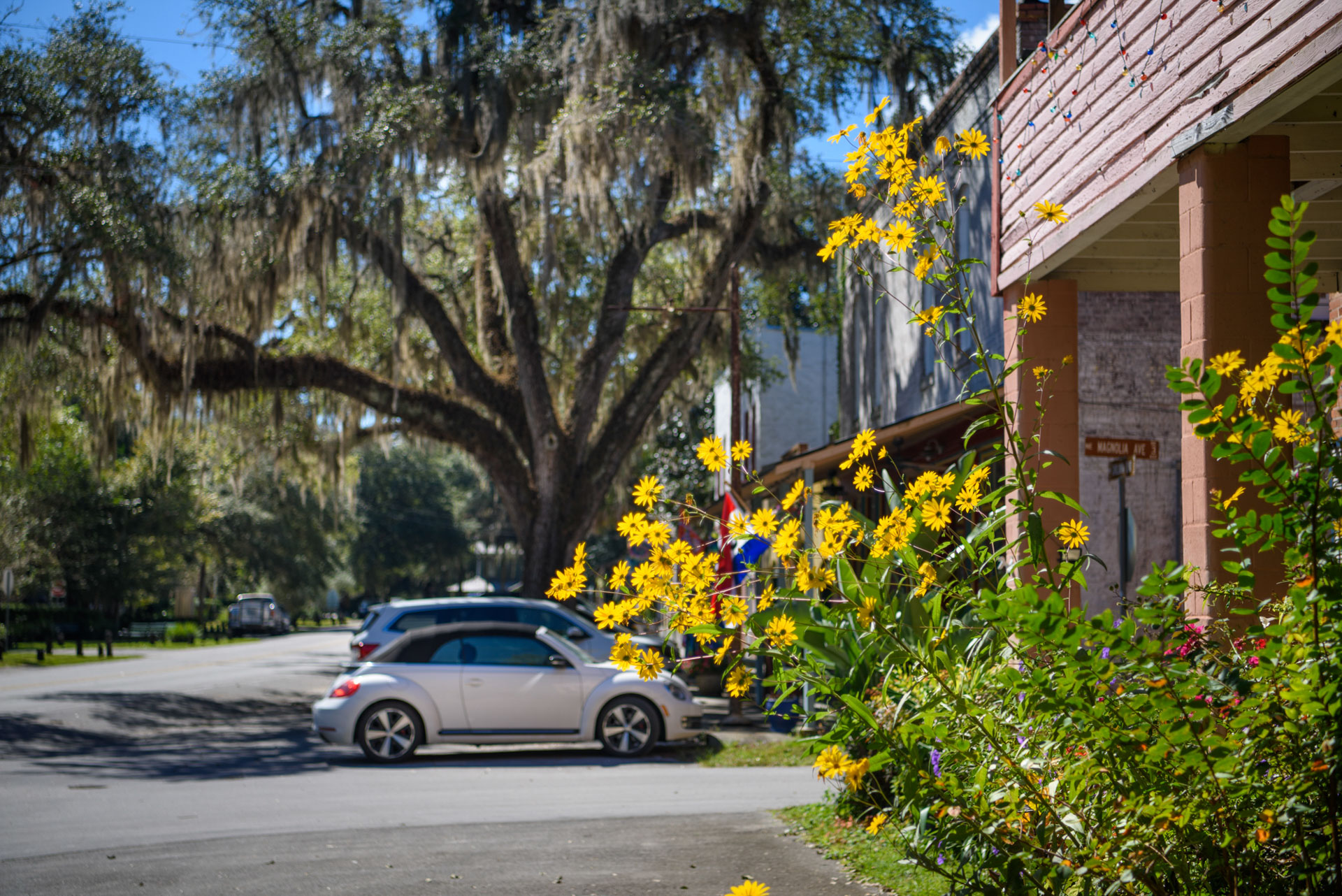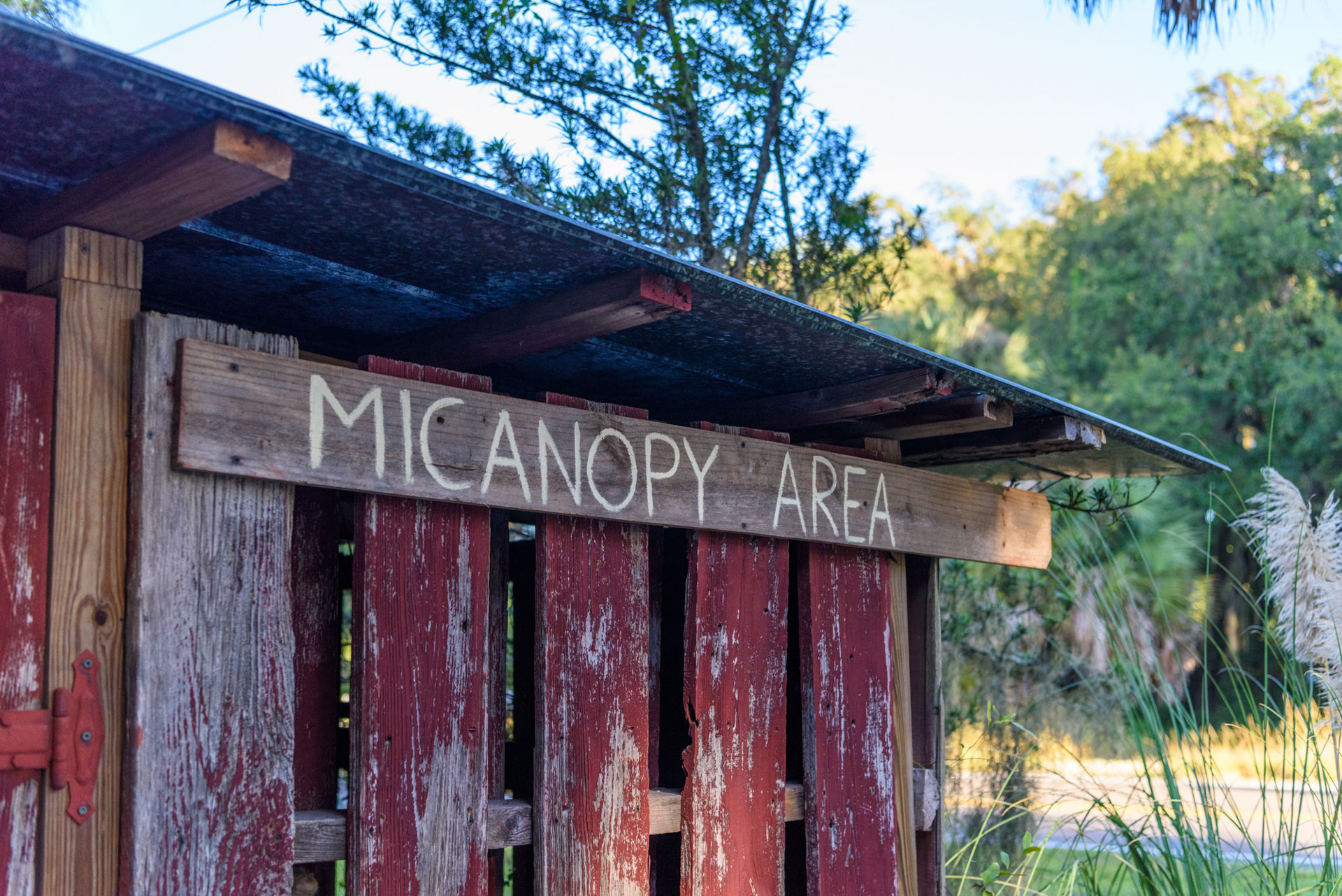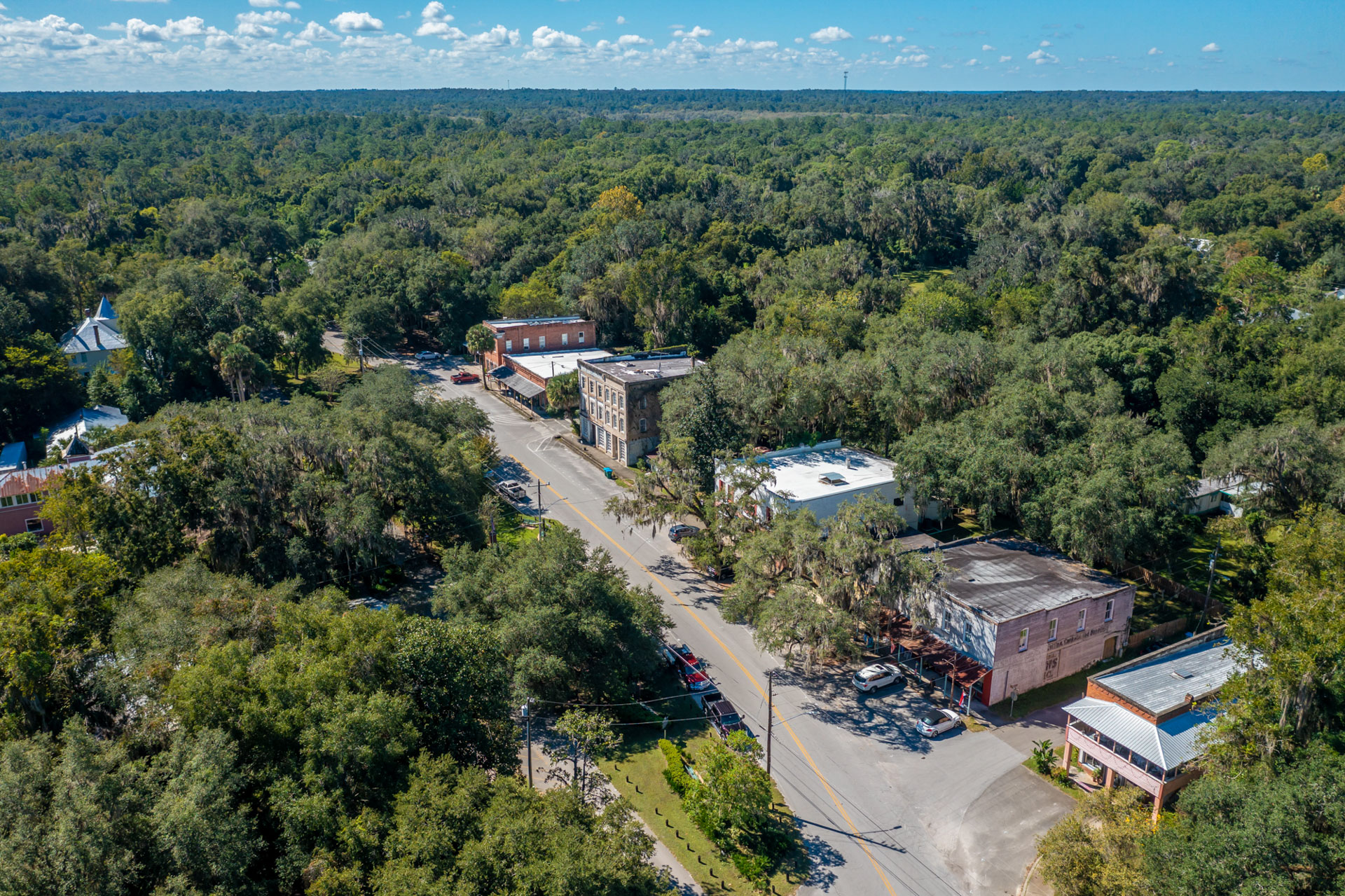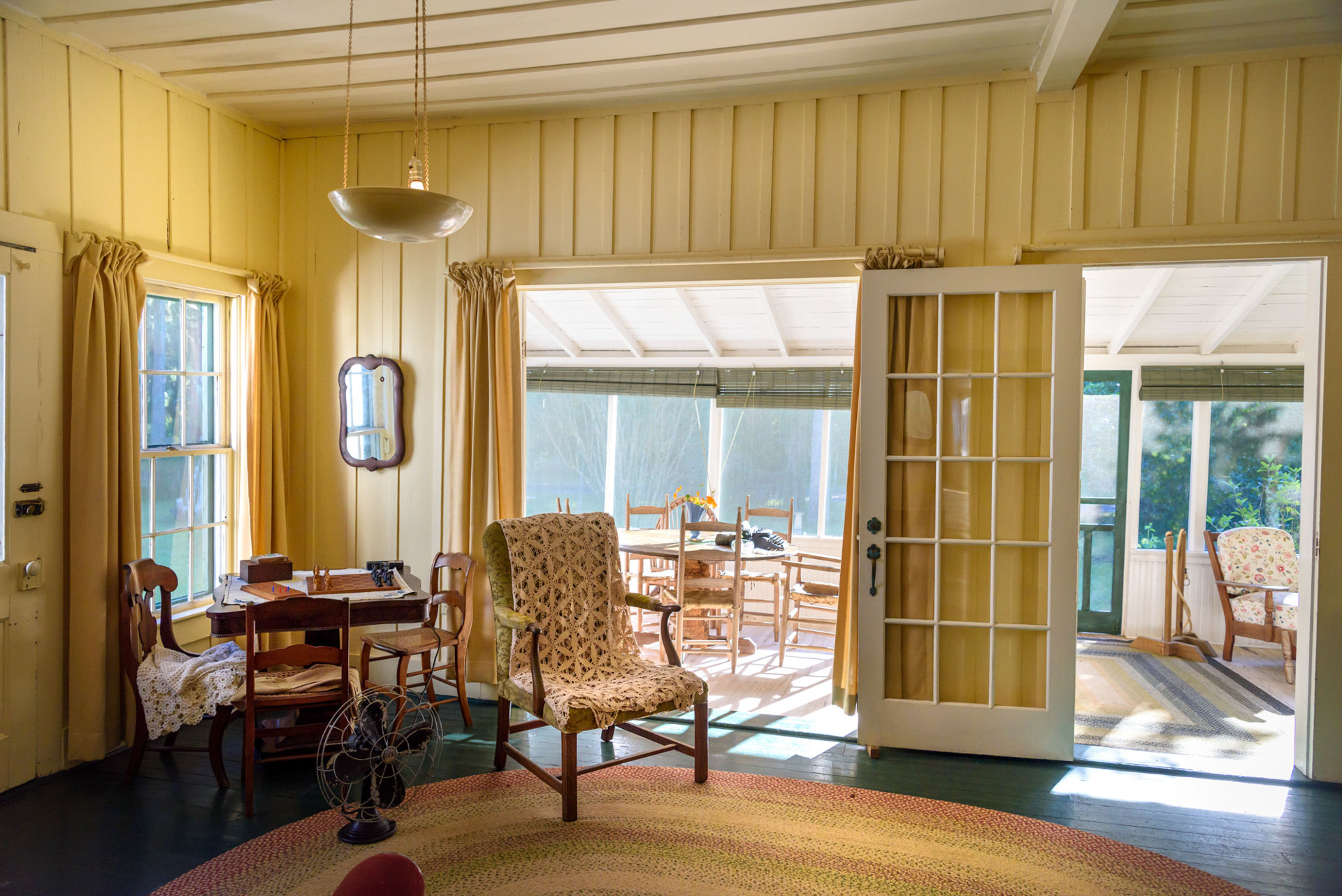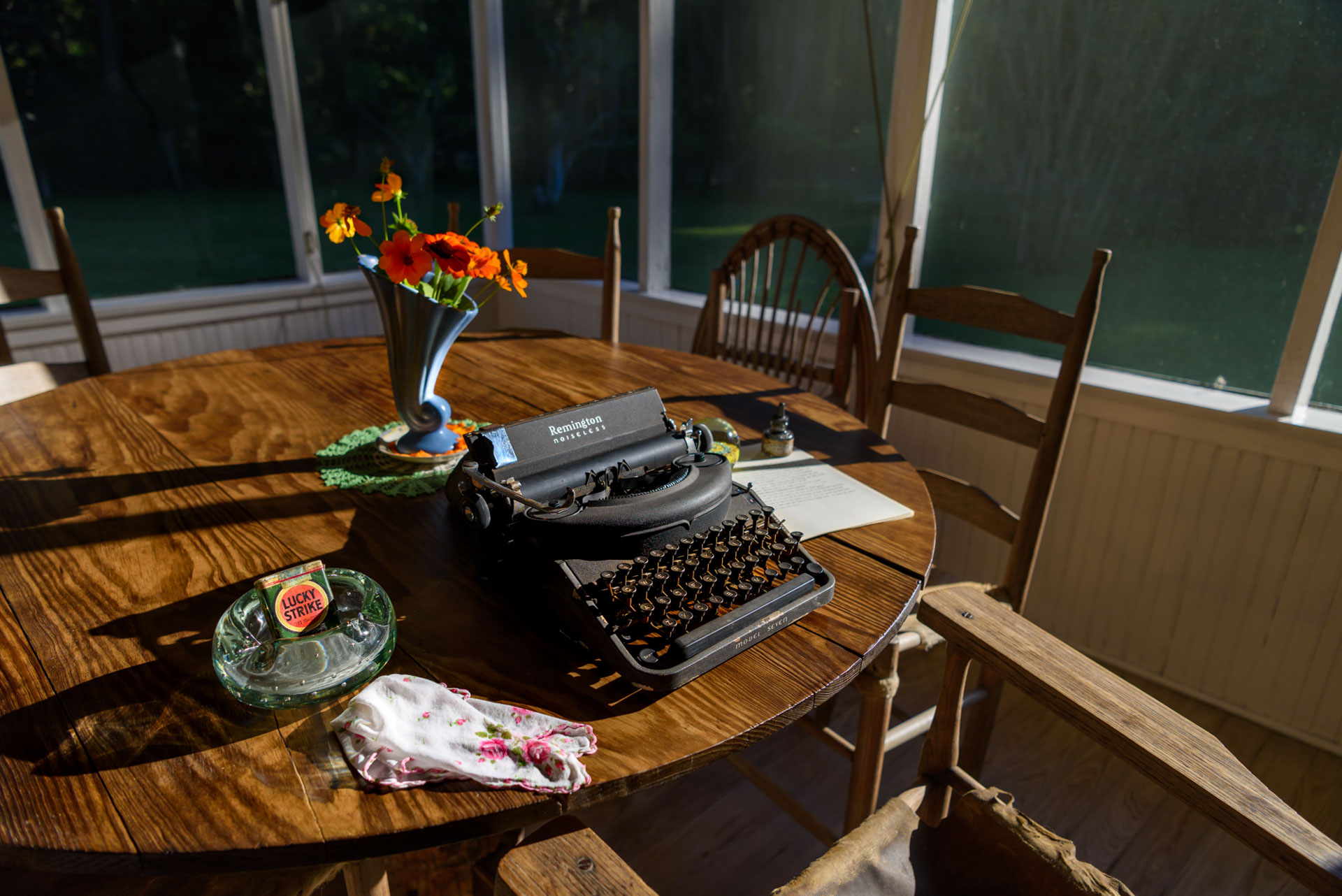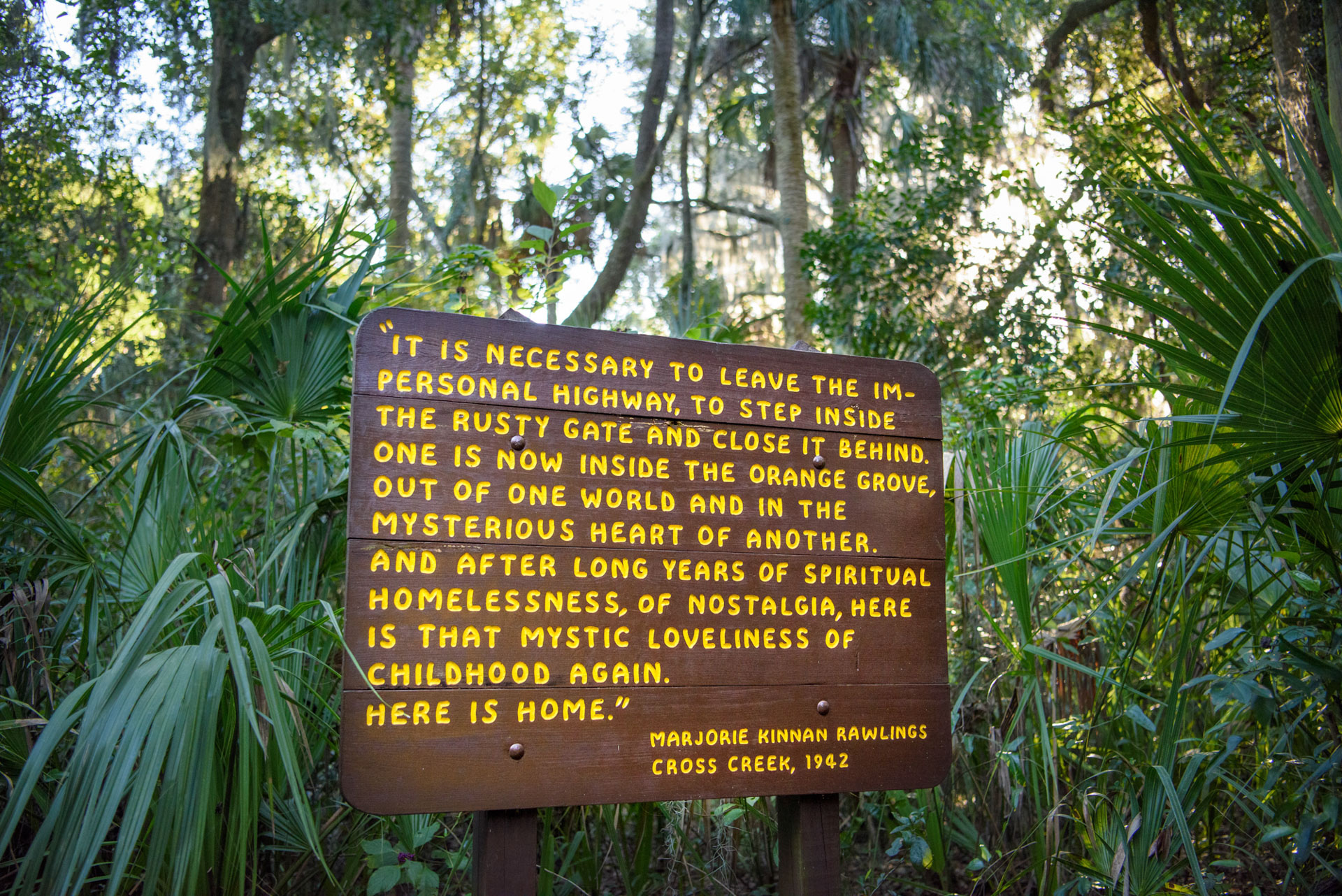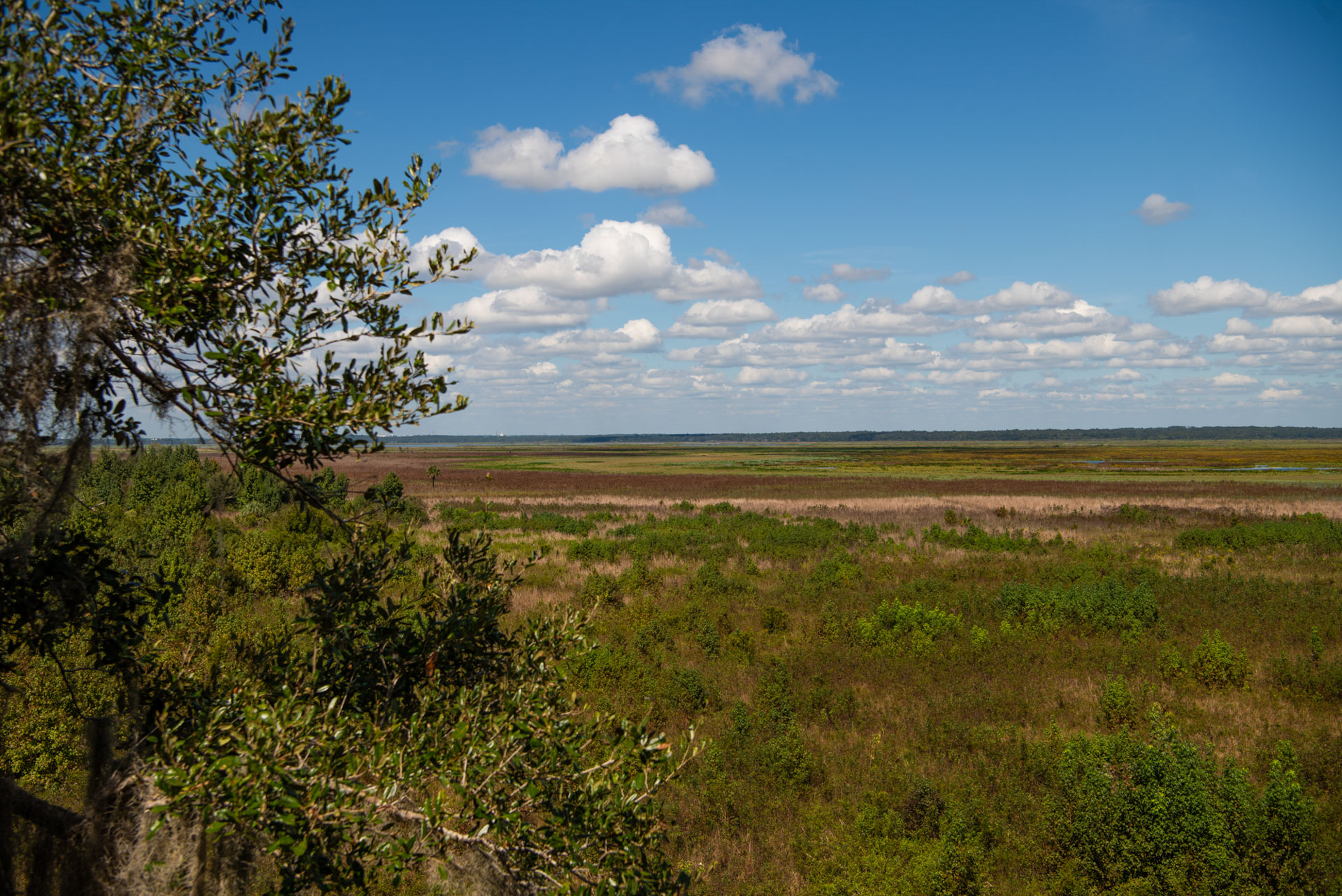A1A Scenic & Historic Coastal Byway
Meander along 72 miles of A1A’s primarily two-lane roadway navigating nature’s beauty, history, and serenity. This stretch of Florida has been part of the sweep of American history, nature, archaeology, and recreation for nearly 500 years. The byway connects state parks, national monuments, stunning beaches, nature trails, preserves, and estuaries.
A premier byway in America for the history lover, the city of St. Augustine, known as the Nation’s Oldest City, is steeped in history, from the discovery of La Florida by Ponce de Leon in 1513 to the days of Dr. Martin Luther King, Jr. and the Civil Rights protests of the 1960s.
Known for outdoor recreation, the byway connects the golf mecca of TPC Sawgrass in Ponte Vedra to beach towns like the Trail Town of Vilano Beach, the unparalleled Matanzas Inlet, where watersports, fishing, and stargazing are celebrated hobbies, and Flagler Beach, home to world champion surfers like Frieda Zamba.
A1A Ocean Islands Trail
The A1A Ocean Islands Trail is often referred to as “Florida’s First Coast.” This 40-mile stretch of beaches and barrier islands on Florida’s Atlantic coast is connected by iconic Highway A1A. The route traverses Duval and Nassau Counties and 4 small cities but is part of the Jacksonville metropolitan area.
The northern gateway to this byway starts in Fernandina Beach on Amelia Island just south of the Georgia-Florida state line. Fernandina Beach is the only city in the U.S. to have flown eight different national flags (French, Spanish, English, Patriot, Confederate, and a few others) and contains over 400 historic places. Stop by the Timucuan Ecological and Historic Preserve to learn more about native history dating back centuries.
Gallery
Heritage Crossroads: Miles of History
The segments of roadway and the communities that comprise this byway embrace the heritage of the people who built the region of Heritage Crossroads. For over 300 years, Native American tribes, European conquerors, colonists who settled in this region, and even tourists of the pre-Interstate Highway era have traveled the network of roads that make up the byway.
Students of Native American cultures and those intrigued with the era of English and Spanish conquerors can experience native settlements, preserved marching trails and encampments of the European armies, and long-lost properties from the region’s plantation era. This unique area’s back roads remain relatively unchanged.
Travelers could even drive on a “Old Brick Road” segment. This is one of Florida’s first significant roadways, completed around 1917!
Gallery
J.C. Penney Memorial Scenic Highway
The SR 16 corridor, gateway to the Town of Penney Farms, traverses a more than century-old community and offers a flashback to “small town” America amid its urban development. Much of this 3-mile corridor passes through an oak and magnolia canopy, most dating back to the early 1900s.
Named the Town of Penney Farms in the 1920s, it contains two distinctive, historically significant communities. The Penney Retirement Community, initially known as Memorial Home, was established by retailer James Cash Penney in memory of his parents. The community has a distinctive design.
The New Hope Community dates back to 1923, when J.C. Penney experimented with farming different crops. At that time, the New Hope community was known as the “Colored Quarter” and housed African American sharecroppers. Out of these challenging conditions rose a community whose faith remains integral to its fiber.
Gallery
Old Florida Heritage Highway
Central to the cultural heritage of Old Florida Heritage Highway is Florida’s Pulitzer Prize-winning author Marjorie Kinnan Rawlings’s home at Cross Creek. There, she lived and worked from 1928 to 1953 and wrote her novel The Yearling. Her cracker-style home and farm are part of Marjorie Kinnan Rawlings Historic State Park.
Featured sites along the corridor include Paynes Prairie State Preserve; the University of Florida’s Lake Wauburg recreation area, forested and pastoral countryside interspersed with smaller lakes, prairies, and rural homesteads; and the historic communities of Micanopy, Rochelle, Evinston, and Cross Creek. The rural roadside environment of CR 325 and CR 346 offers refuge for the winter migration of sandhill cranes and bald eagle viewing areas.
The stretch along Scenic US 441 and the loop/spur roads offers many recreational opportunities, including bicycling, camping, bird watching, canoeing, hiking, and equestrian activities.
Gallery
William Bartram Scenic & Historic Highway
The William Bartram Scenic & Historic Highway – State Road 13 (SR13) – winds its way along the St. Johns River through pine and palmetto barrens, oak hammocks, and swamps, often canopied with trees. The byway is in the northeast part of Florida, south of Jacksonville. Wide trails parallel the byway, and numerous parks and cultural destinations along the corridor are accessible and welcoming.
This byway tells the story of the region’s first Native Americans, the European pioneers, and renowned naturalist William Bartram, who attempted to establish a plantation on the banks of the St. Johns River. Bartram wrote Florida’s first “tour guide” in the late 1700s. His book, Travels, details his experiences journeying through and documenting the southeastern U.S. in the 1760s.
The poetic writing and stunning illustrations of Travels captivated readers’ imaginations across Europe and helped introduce the world to the charms of Florida.
